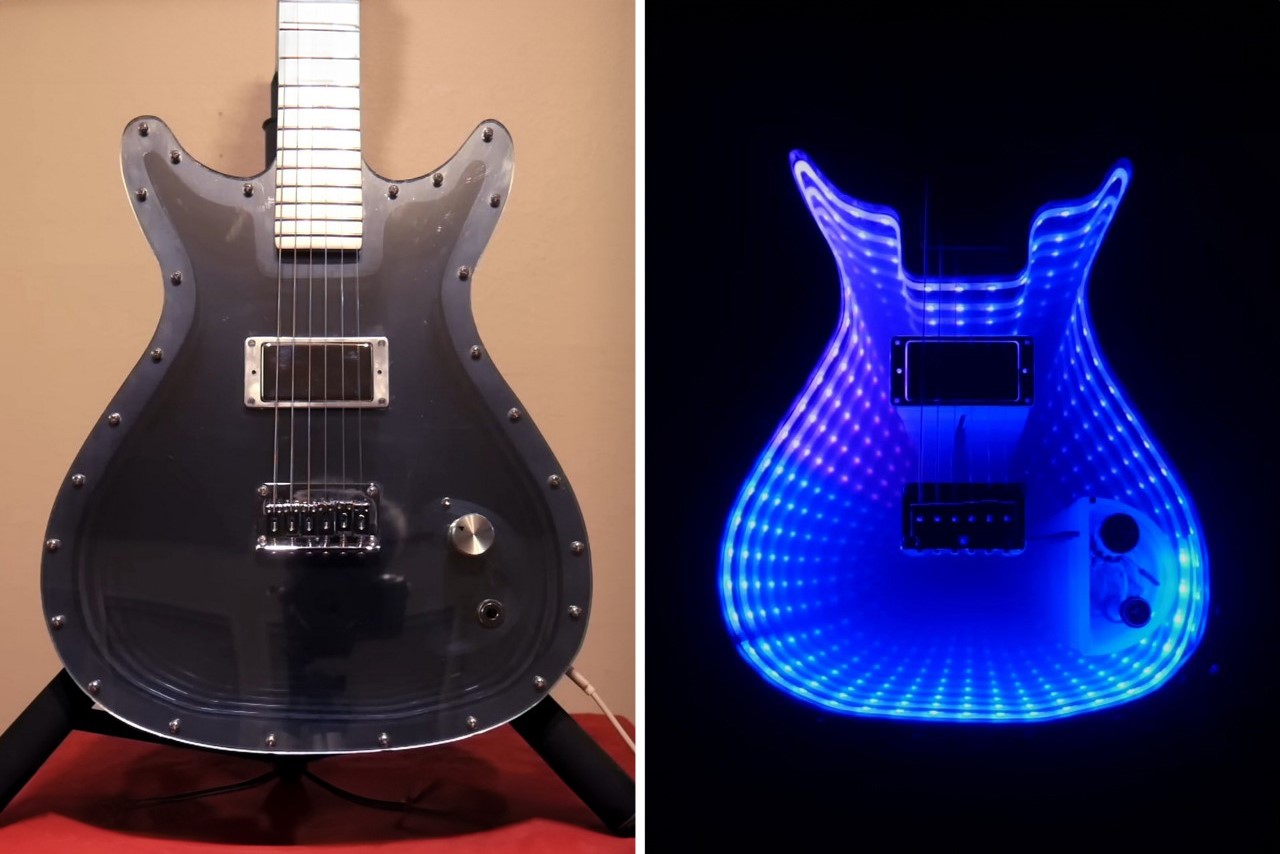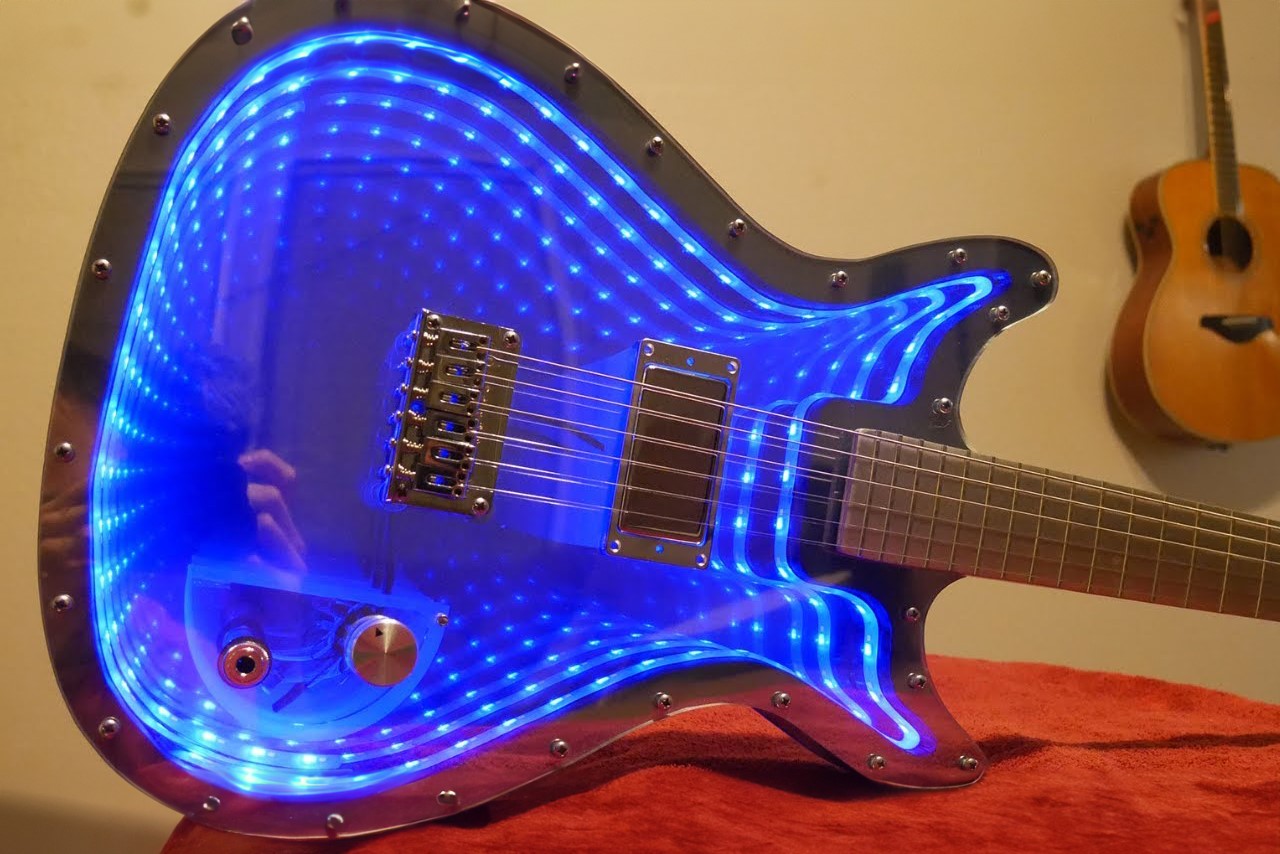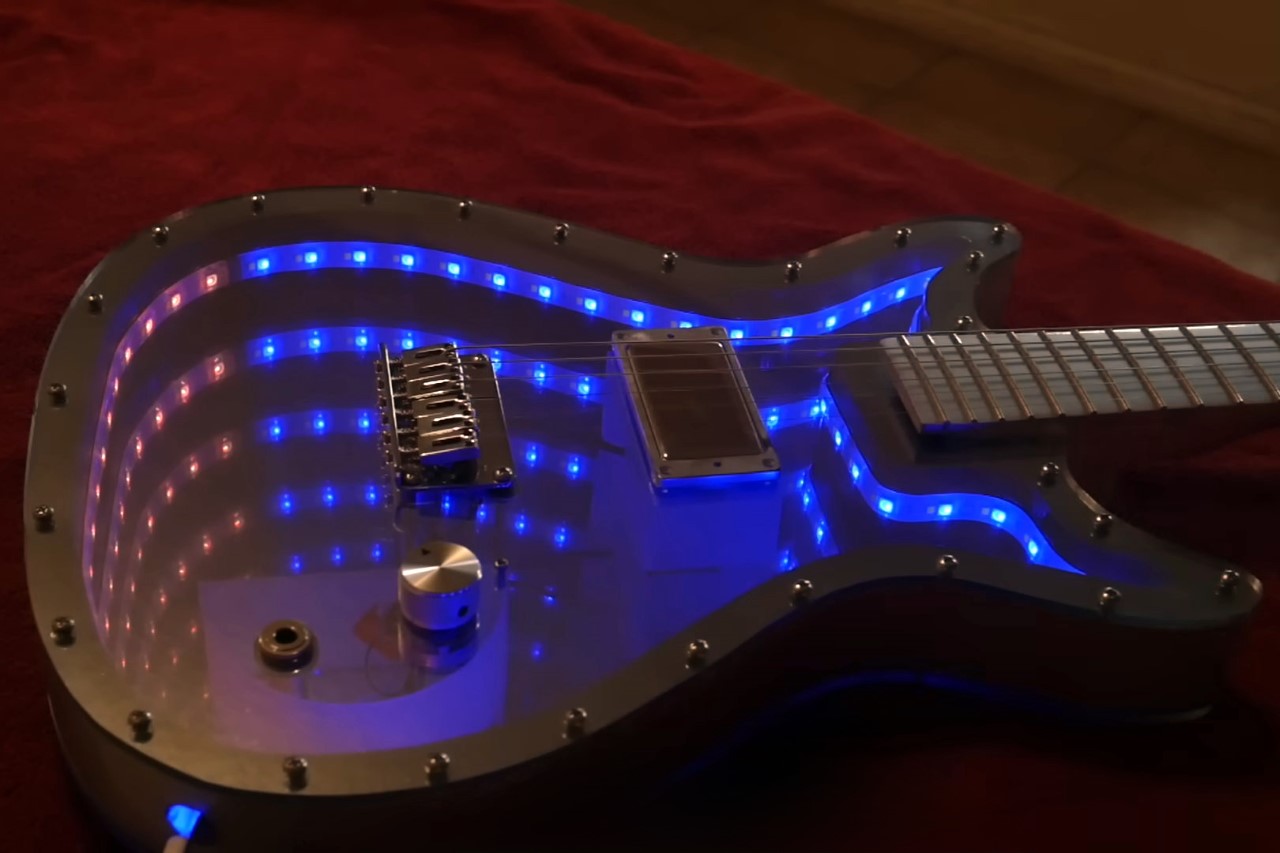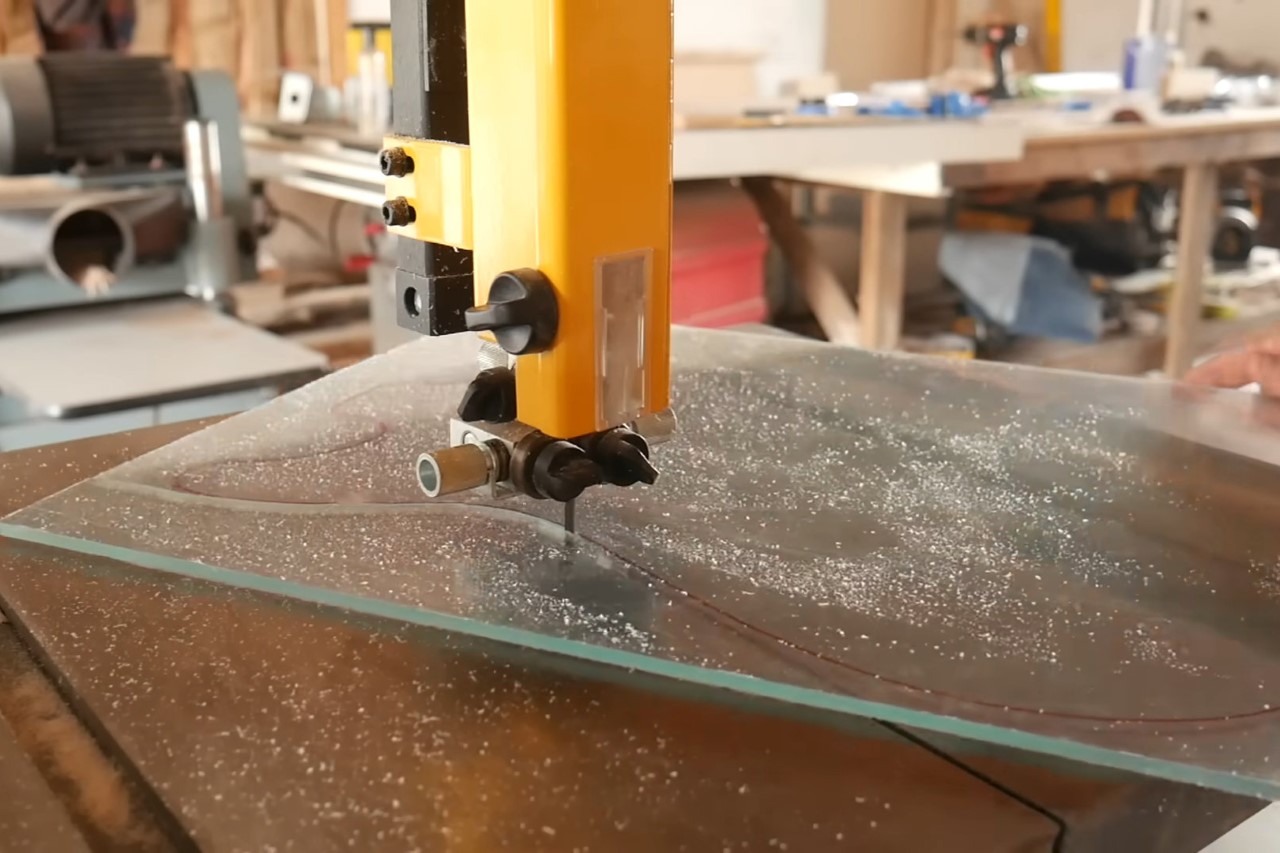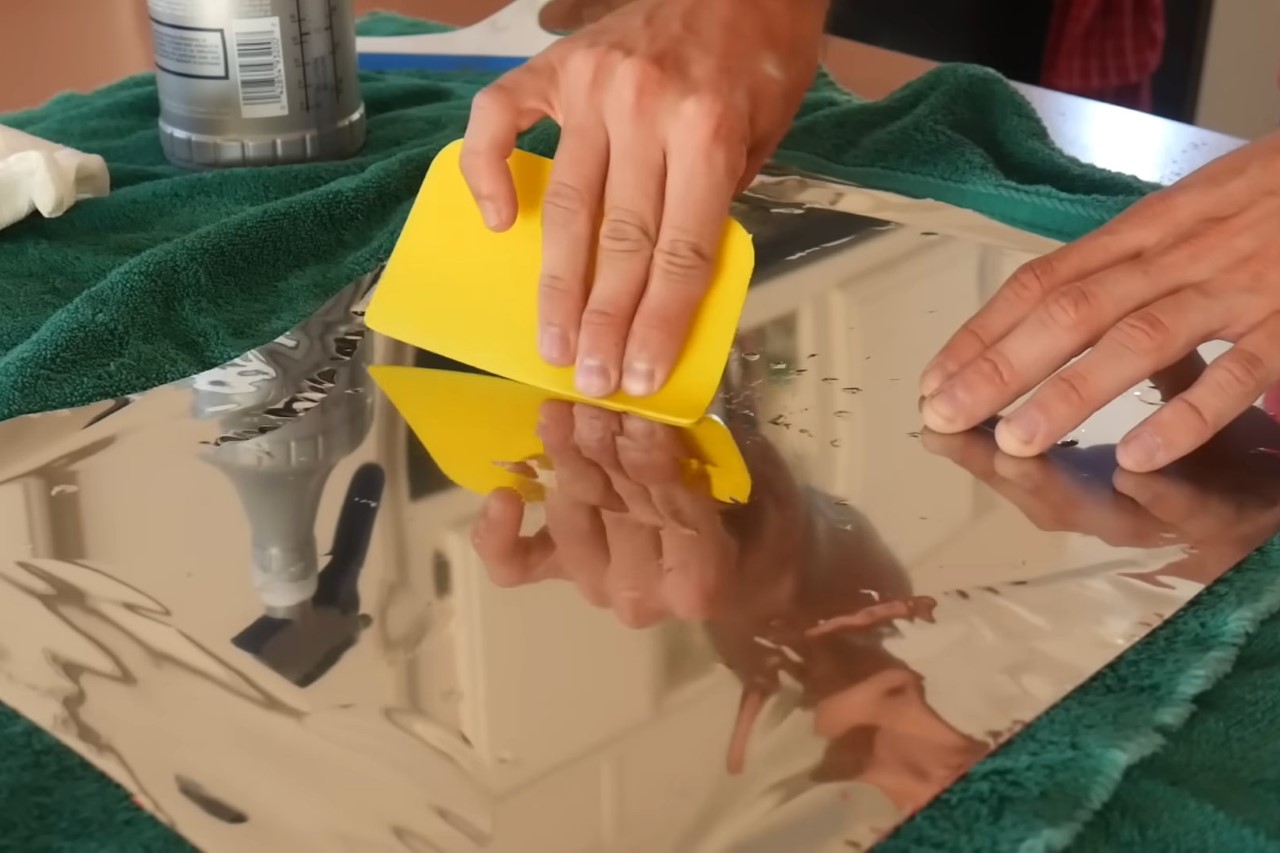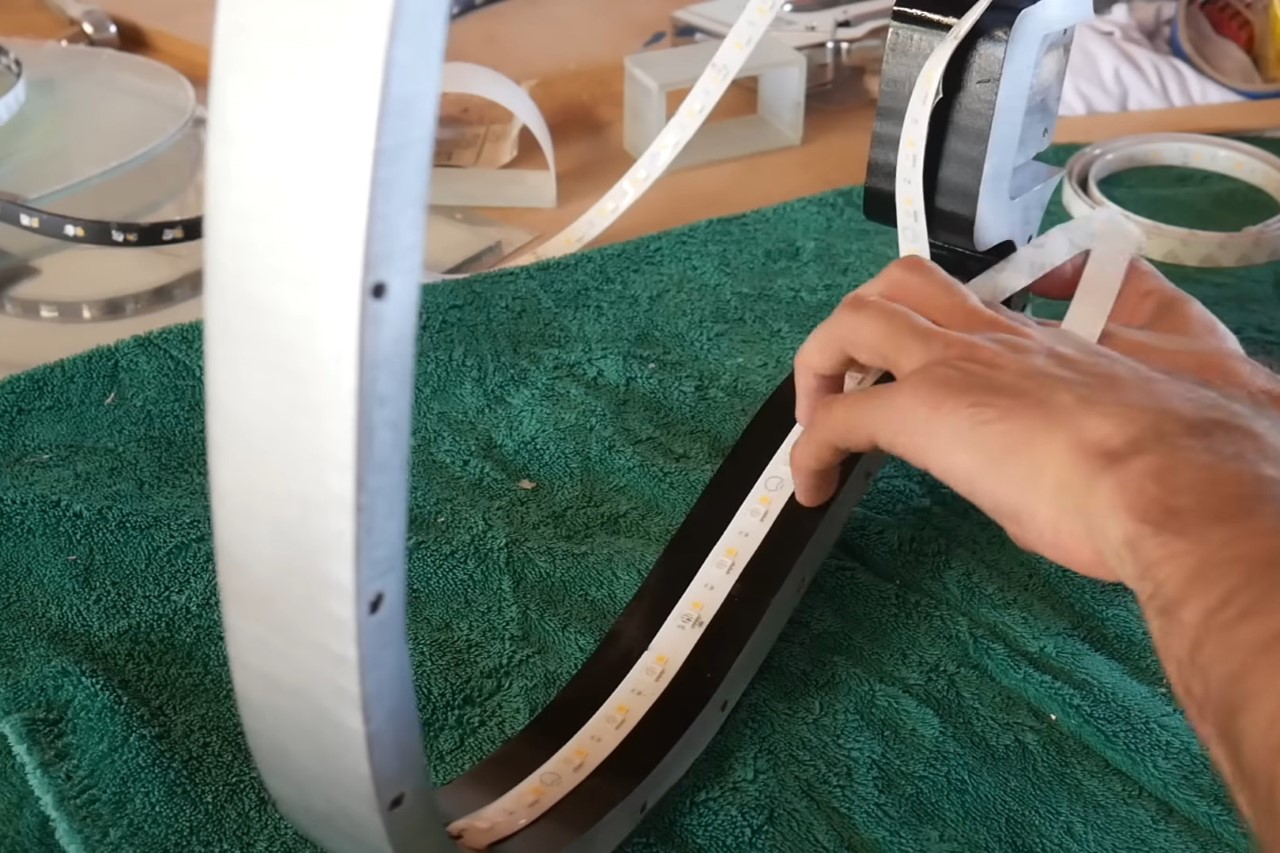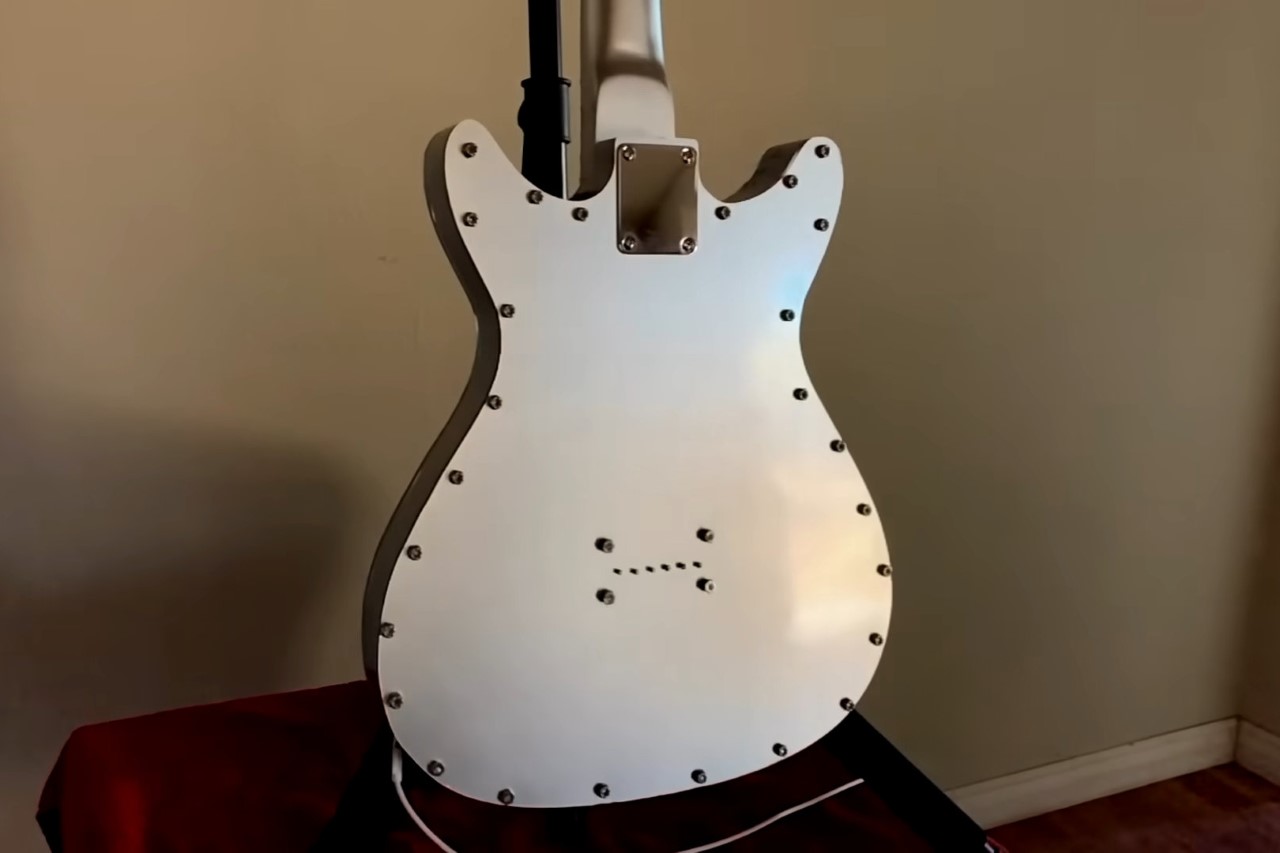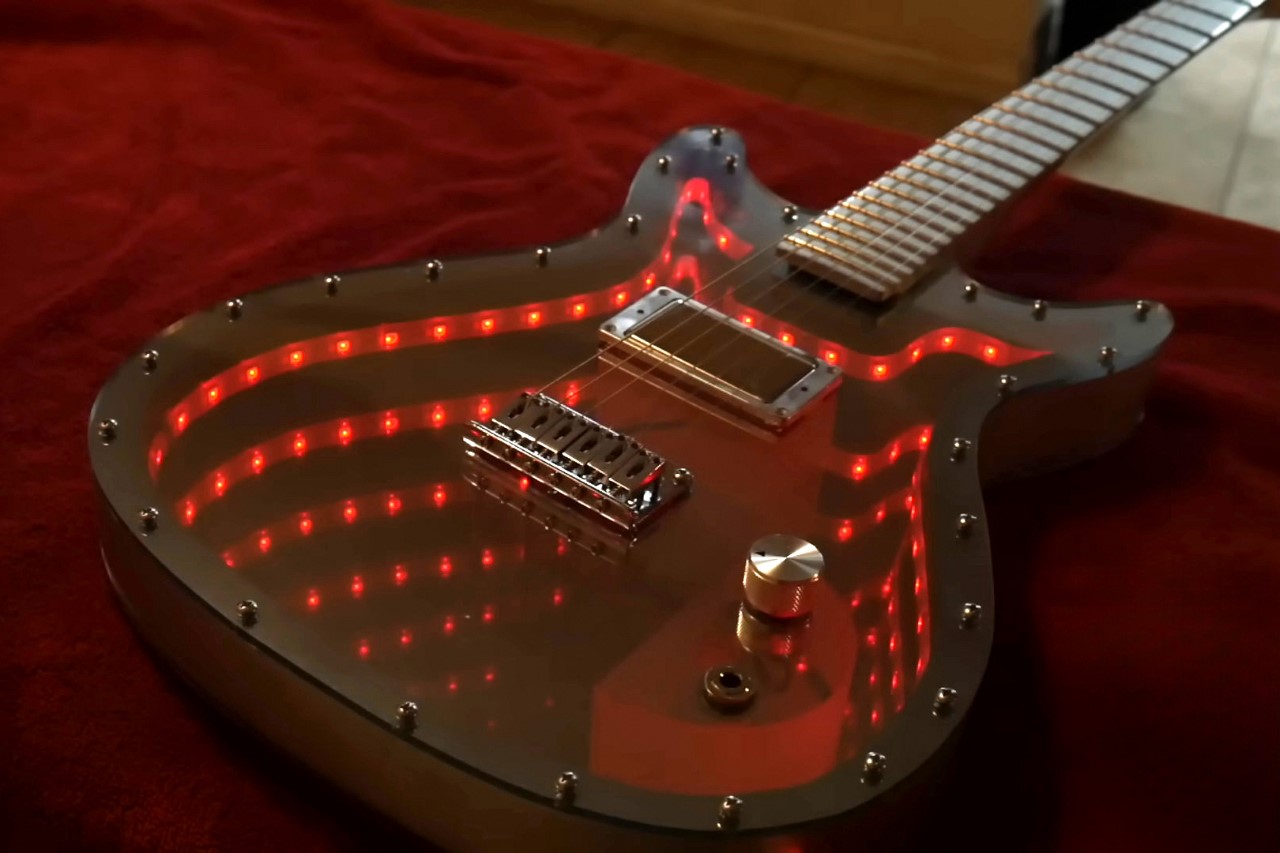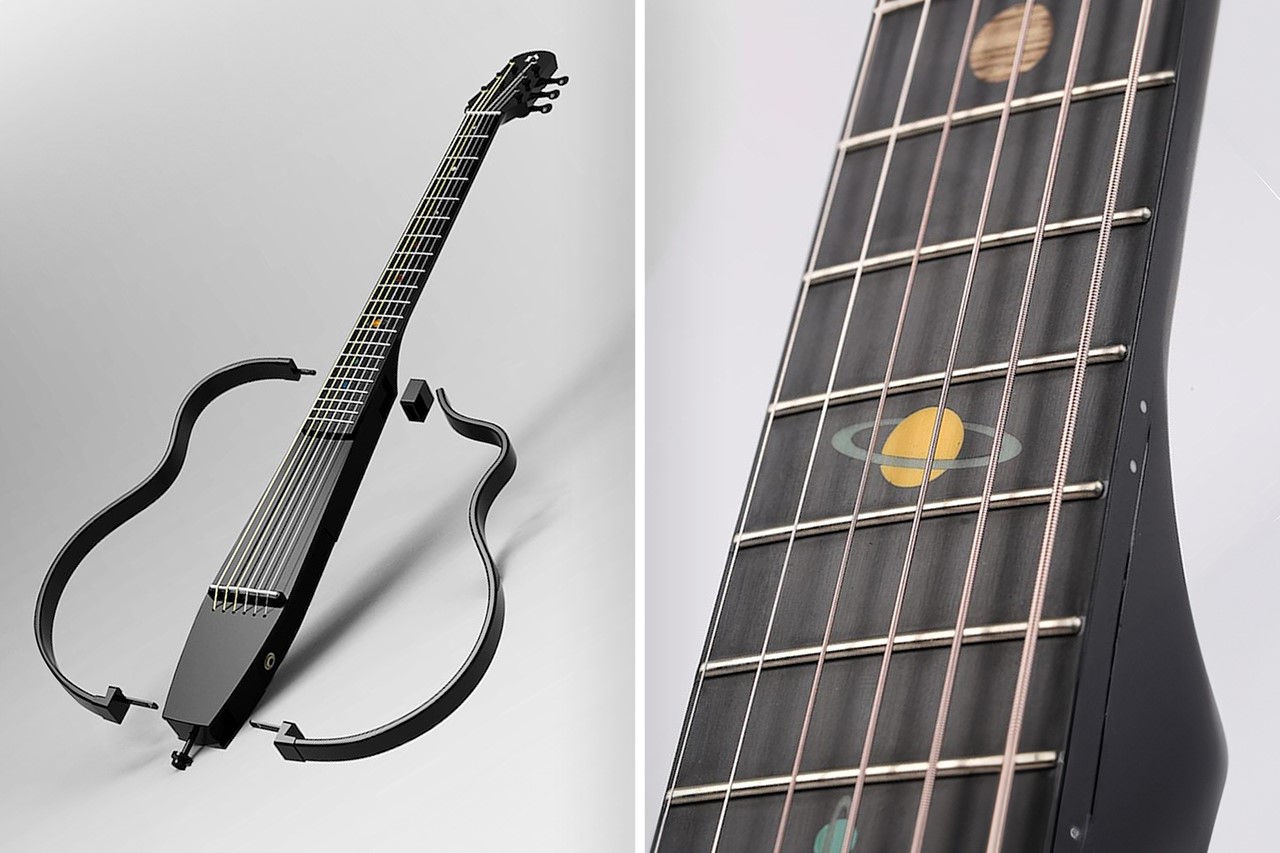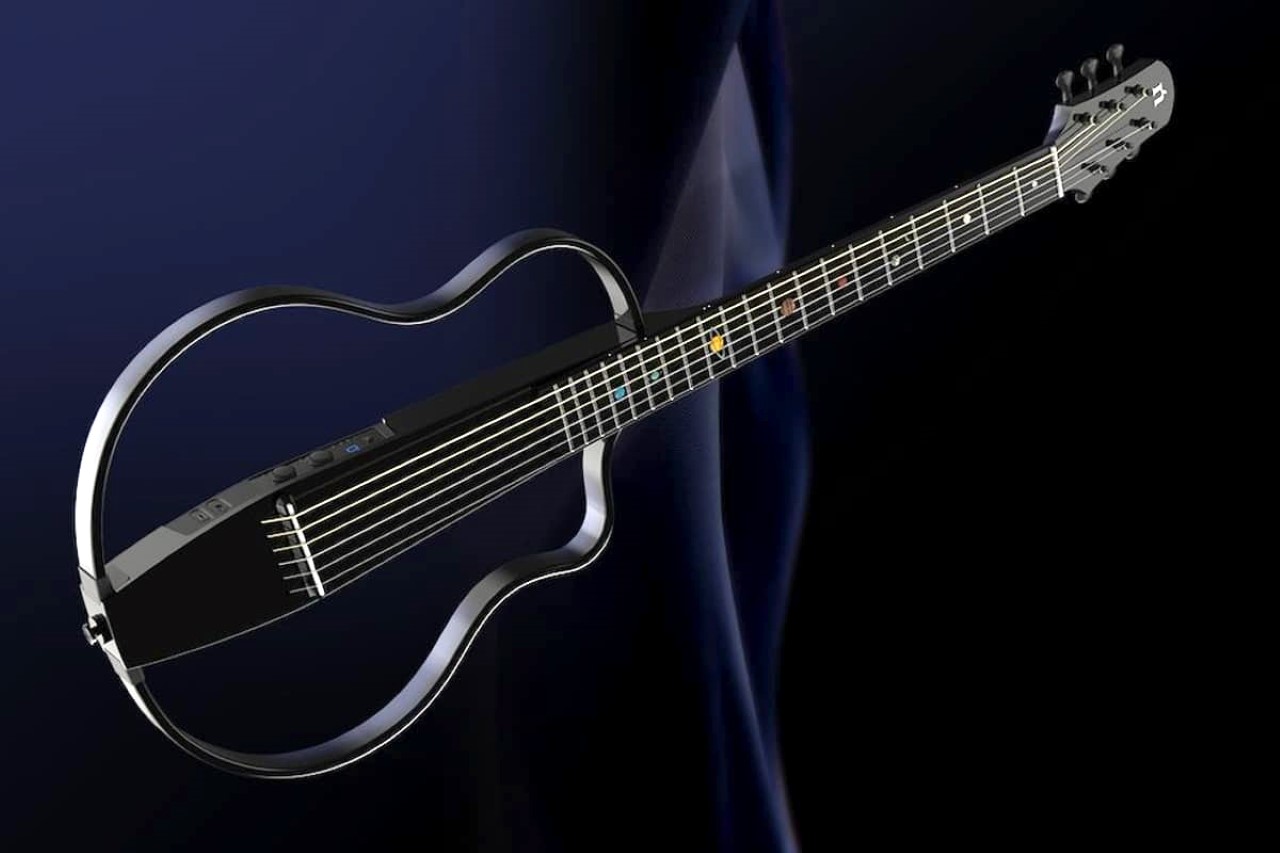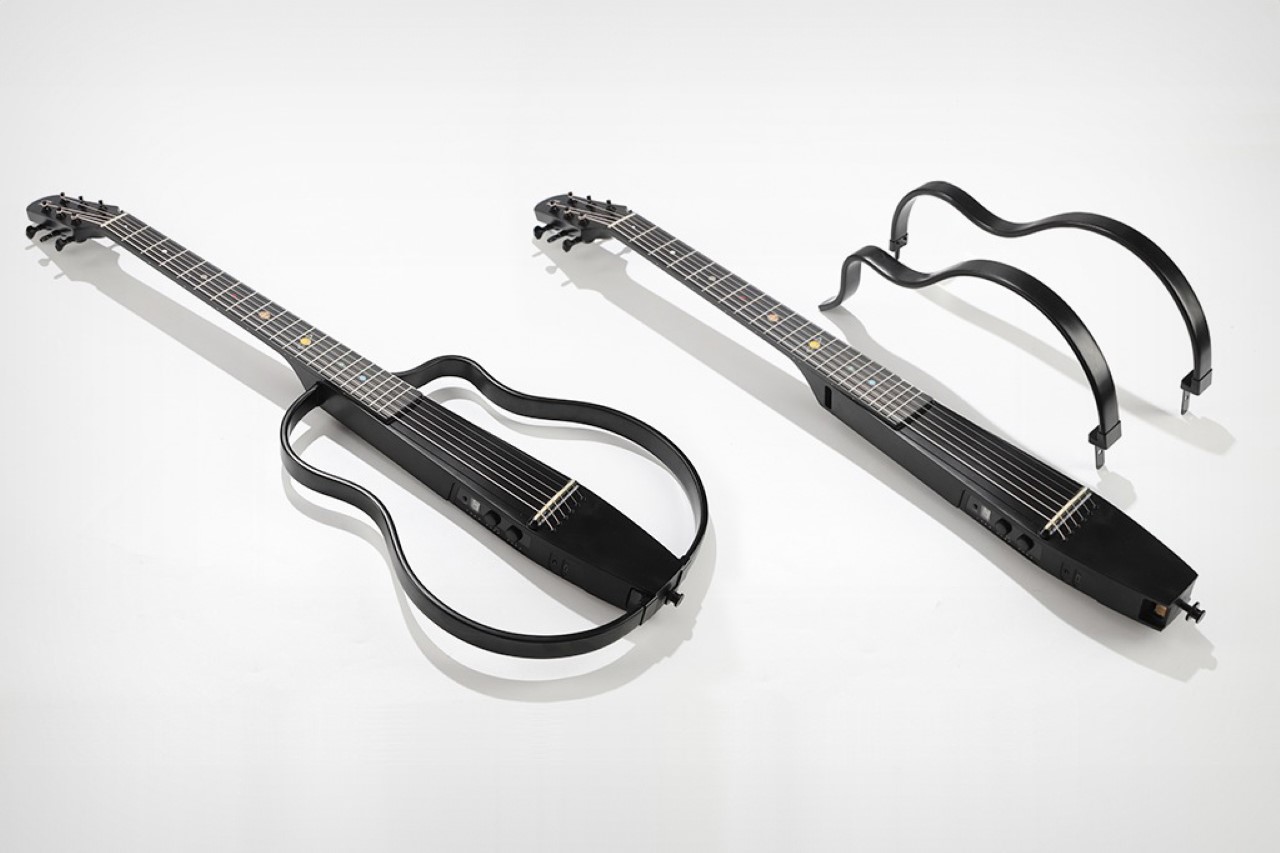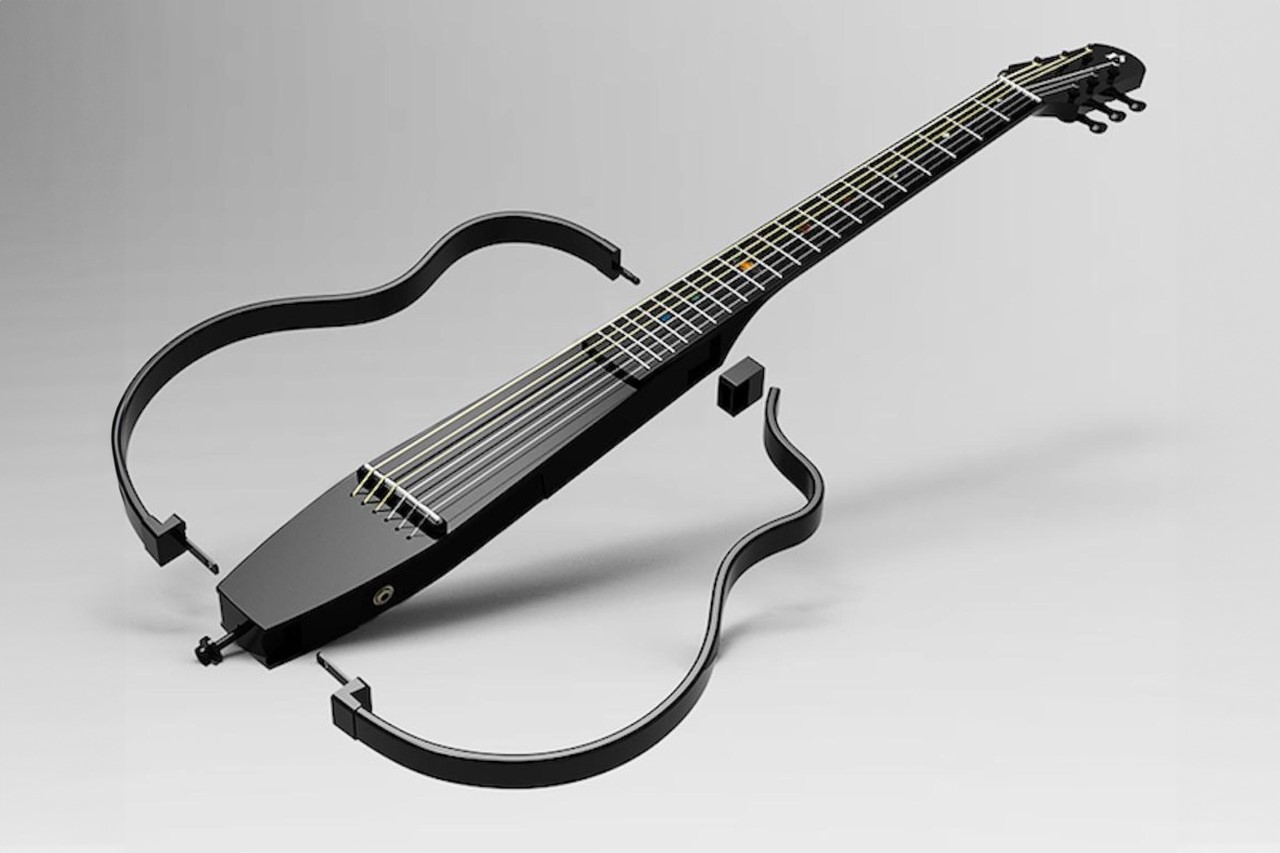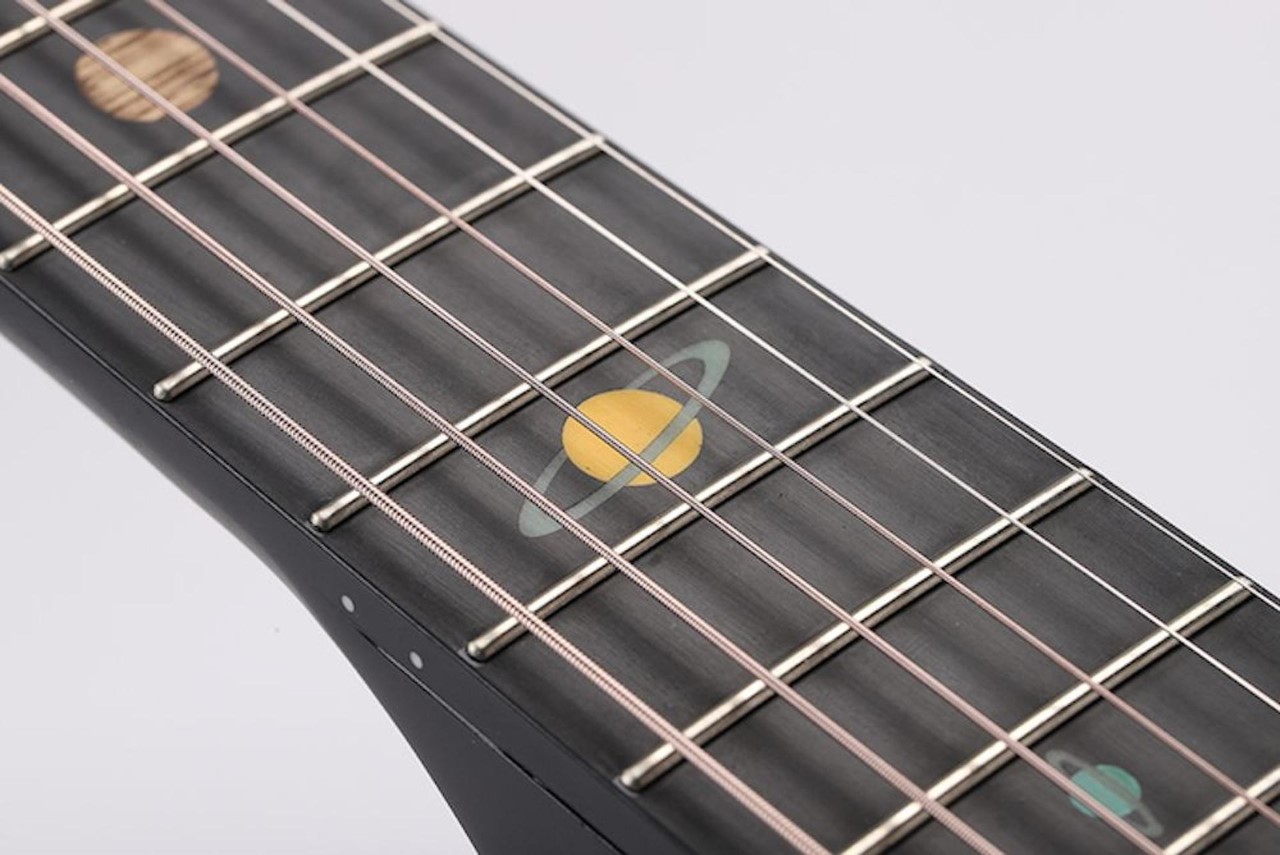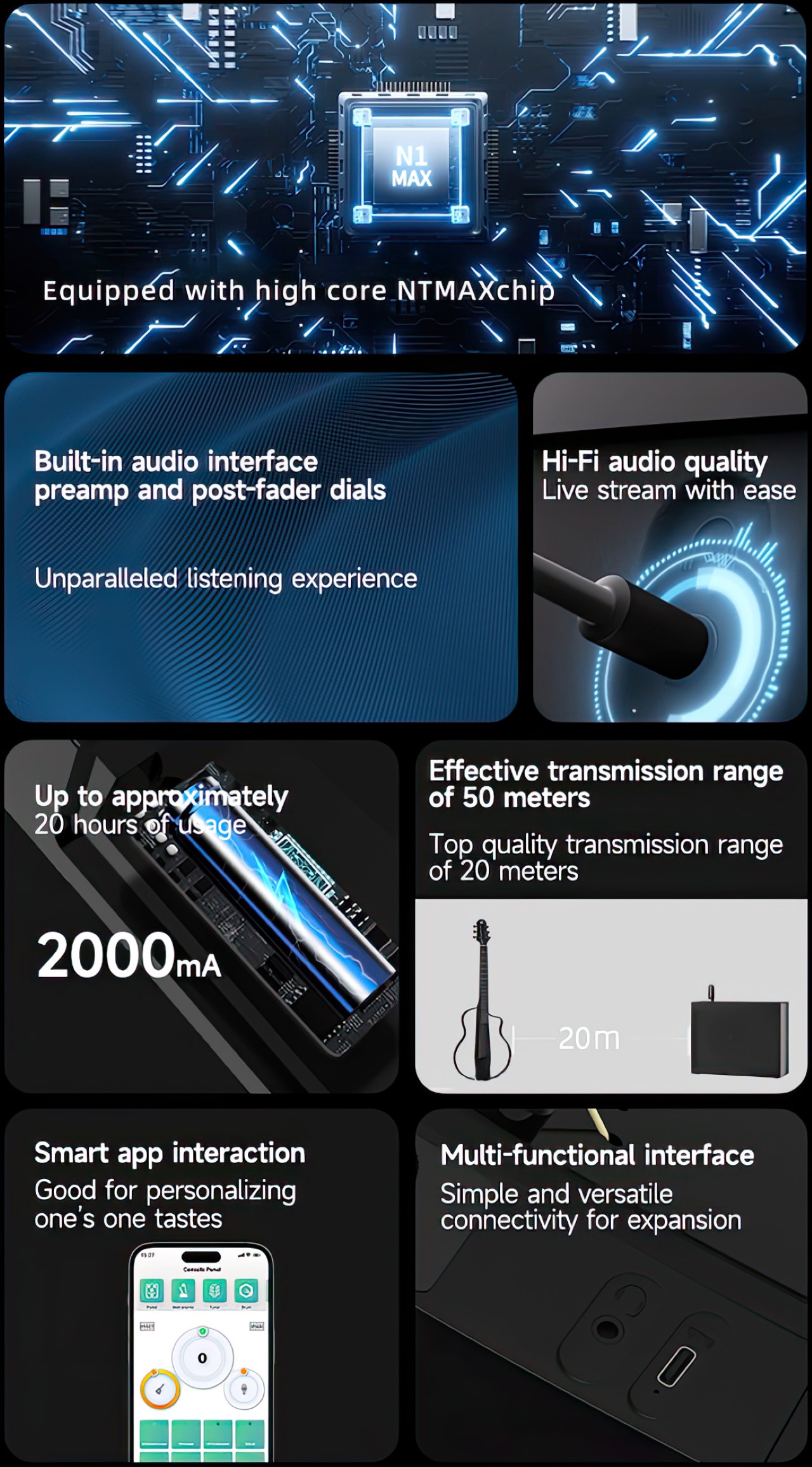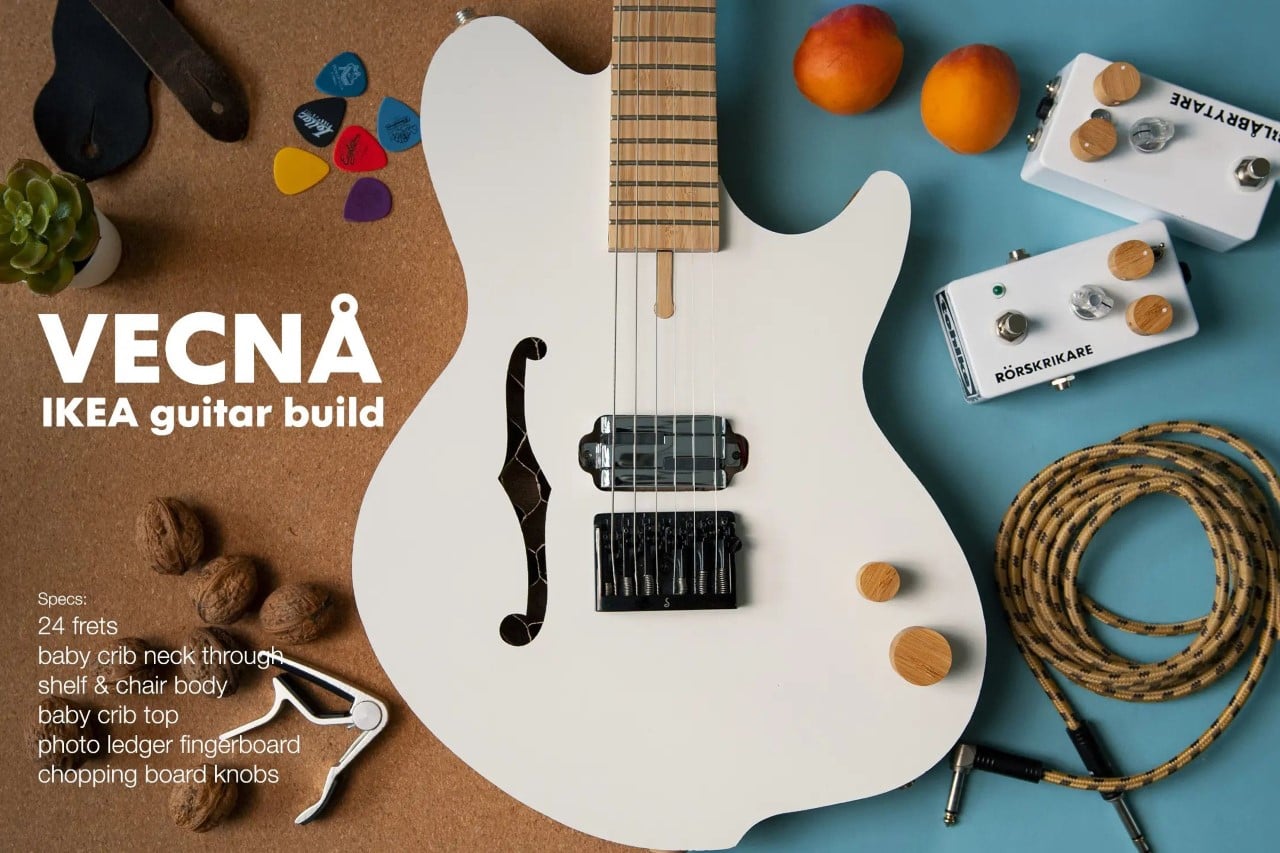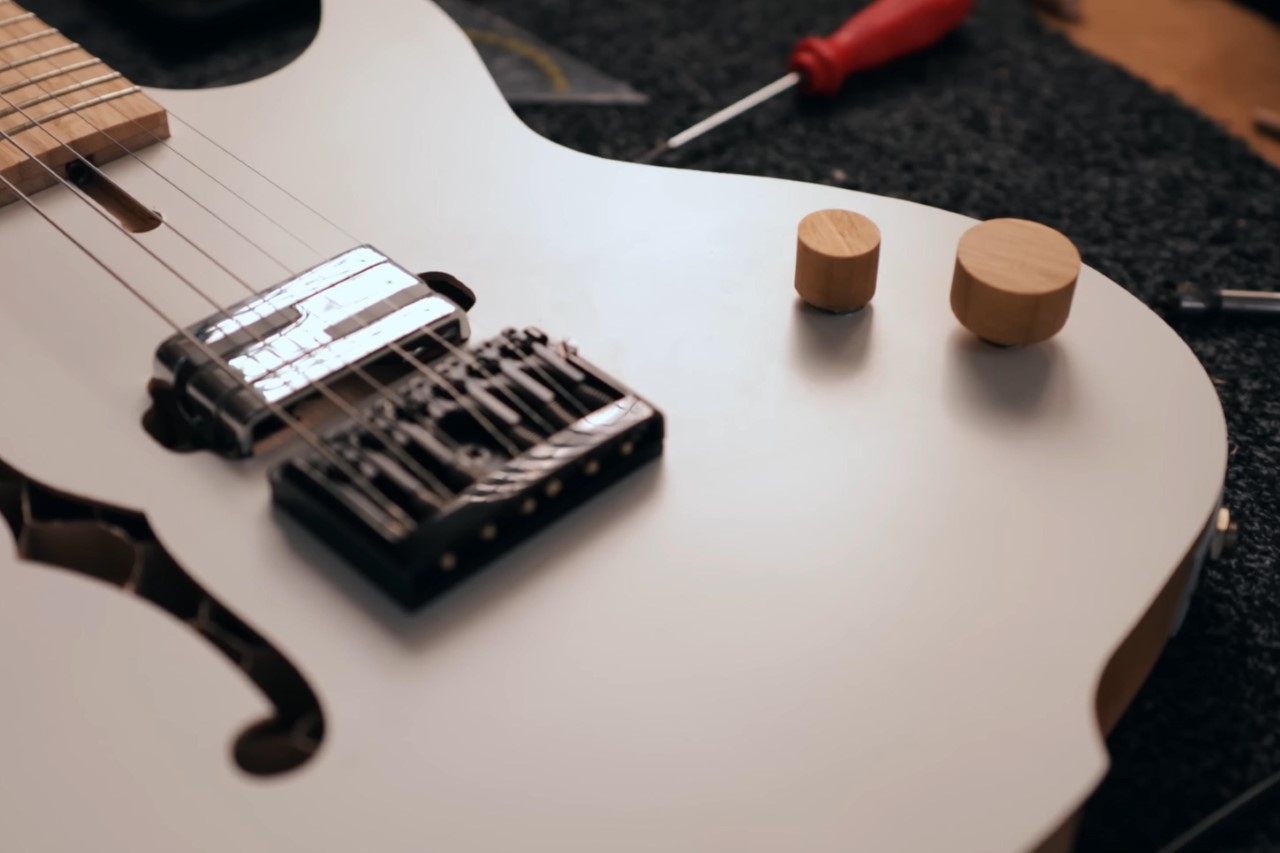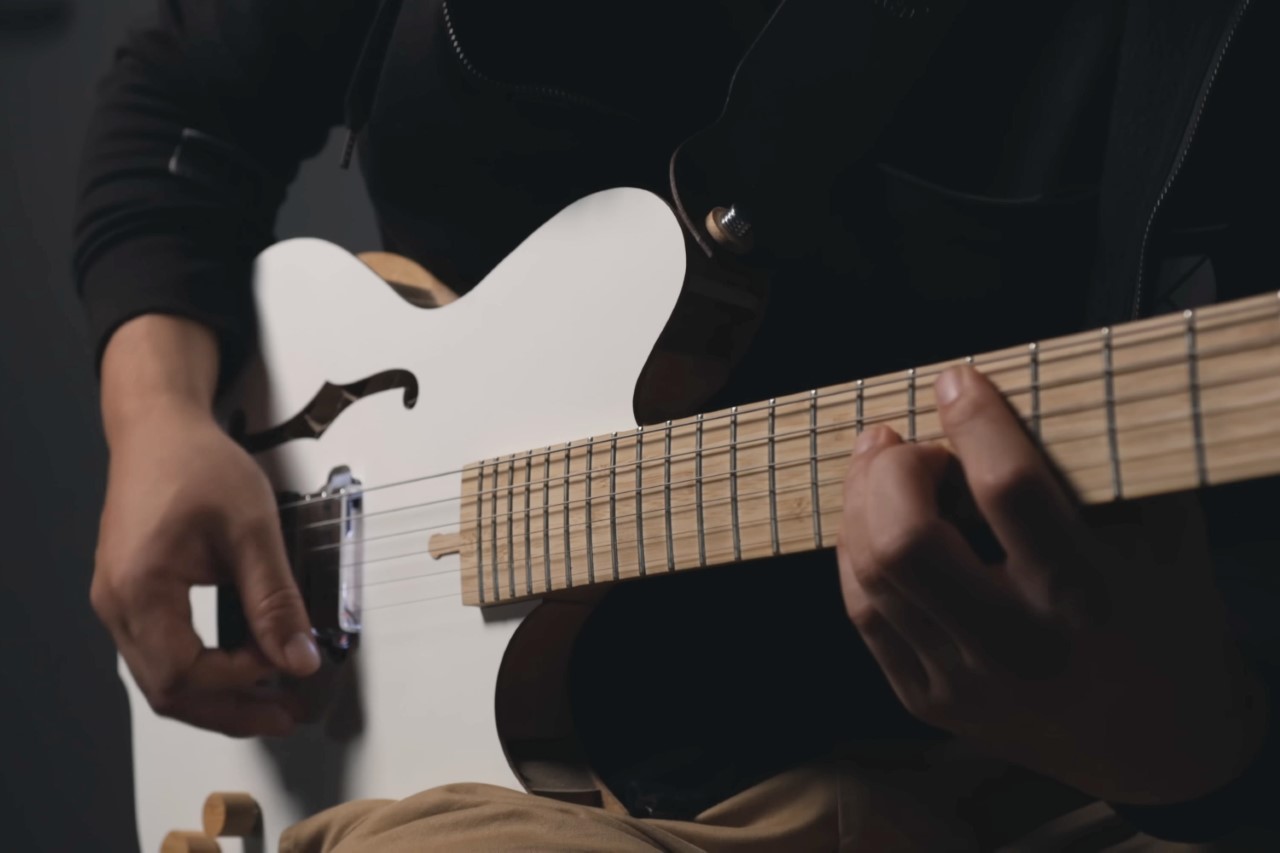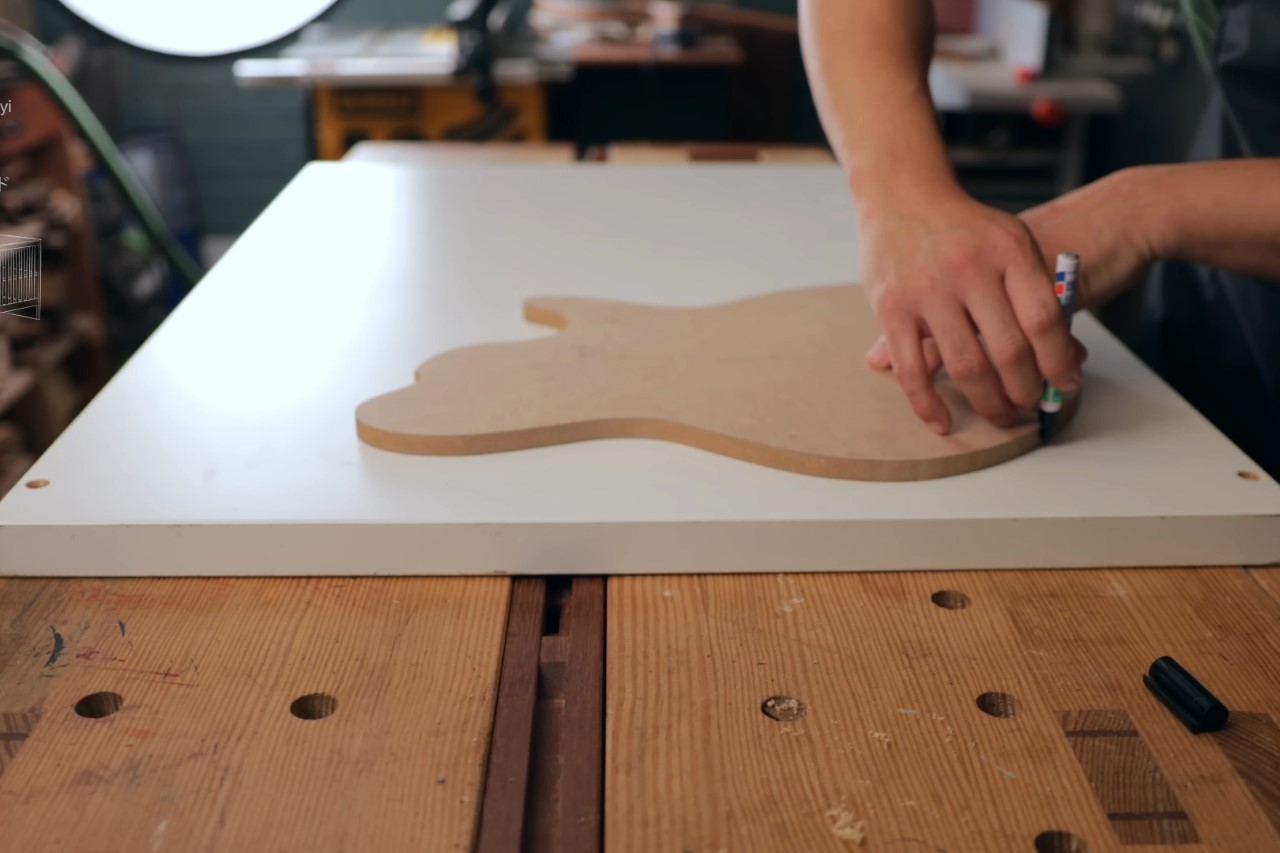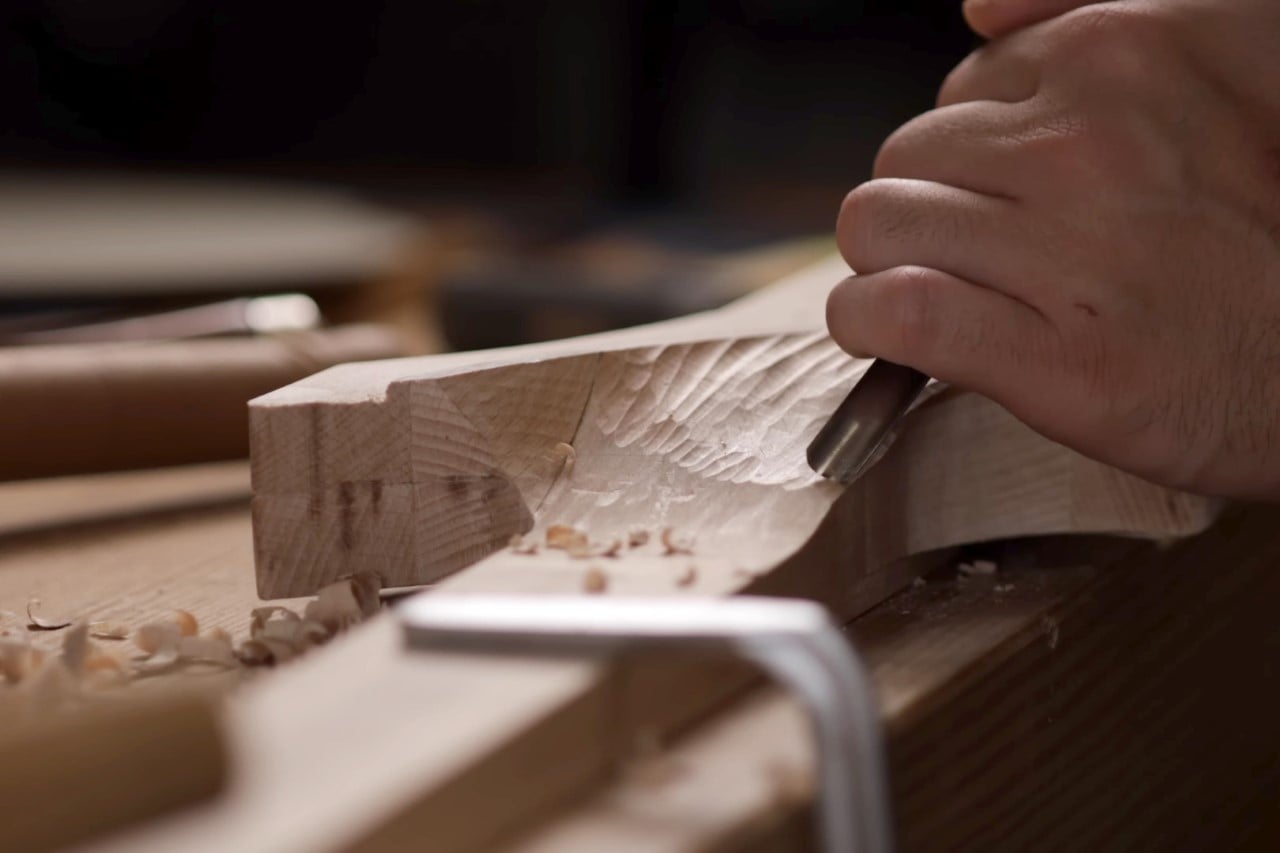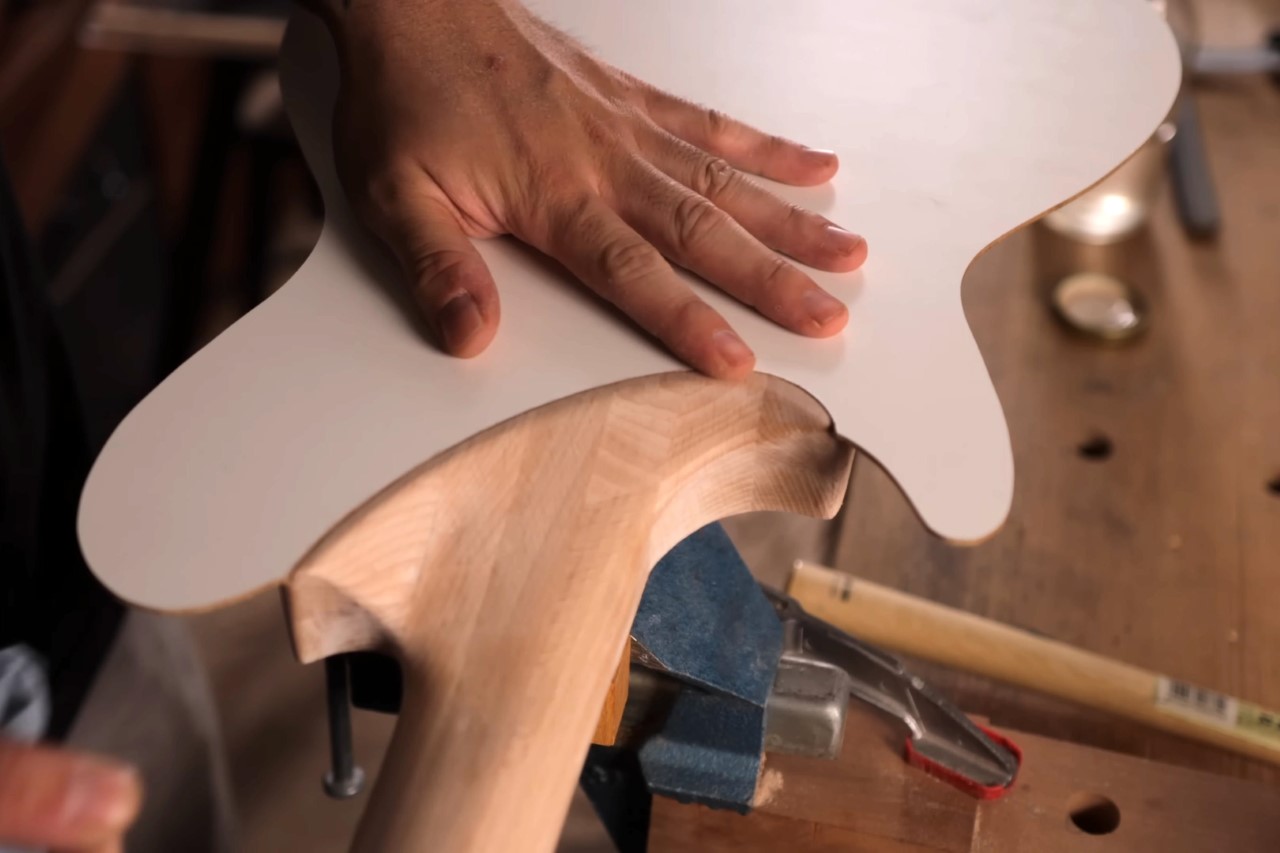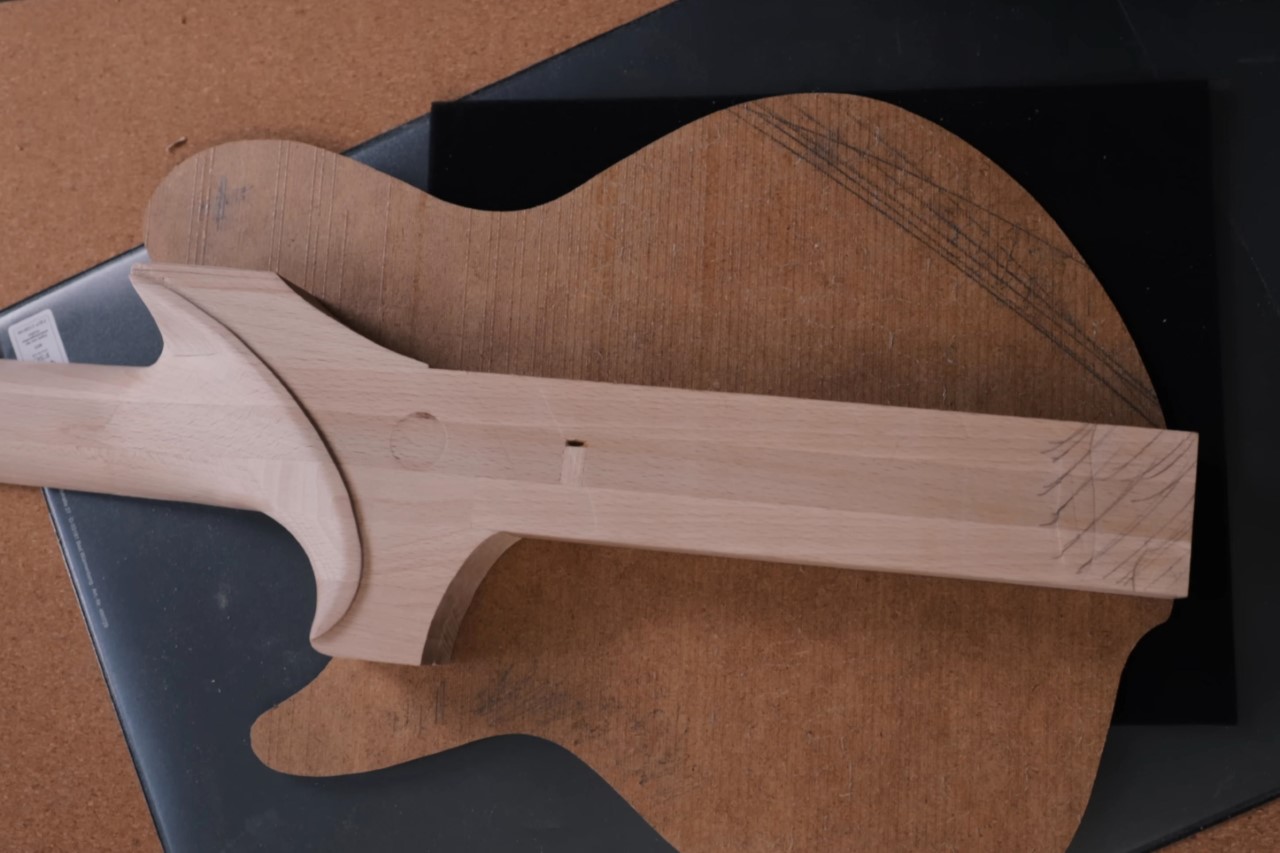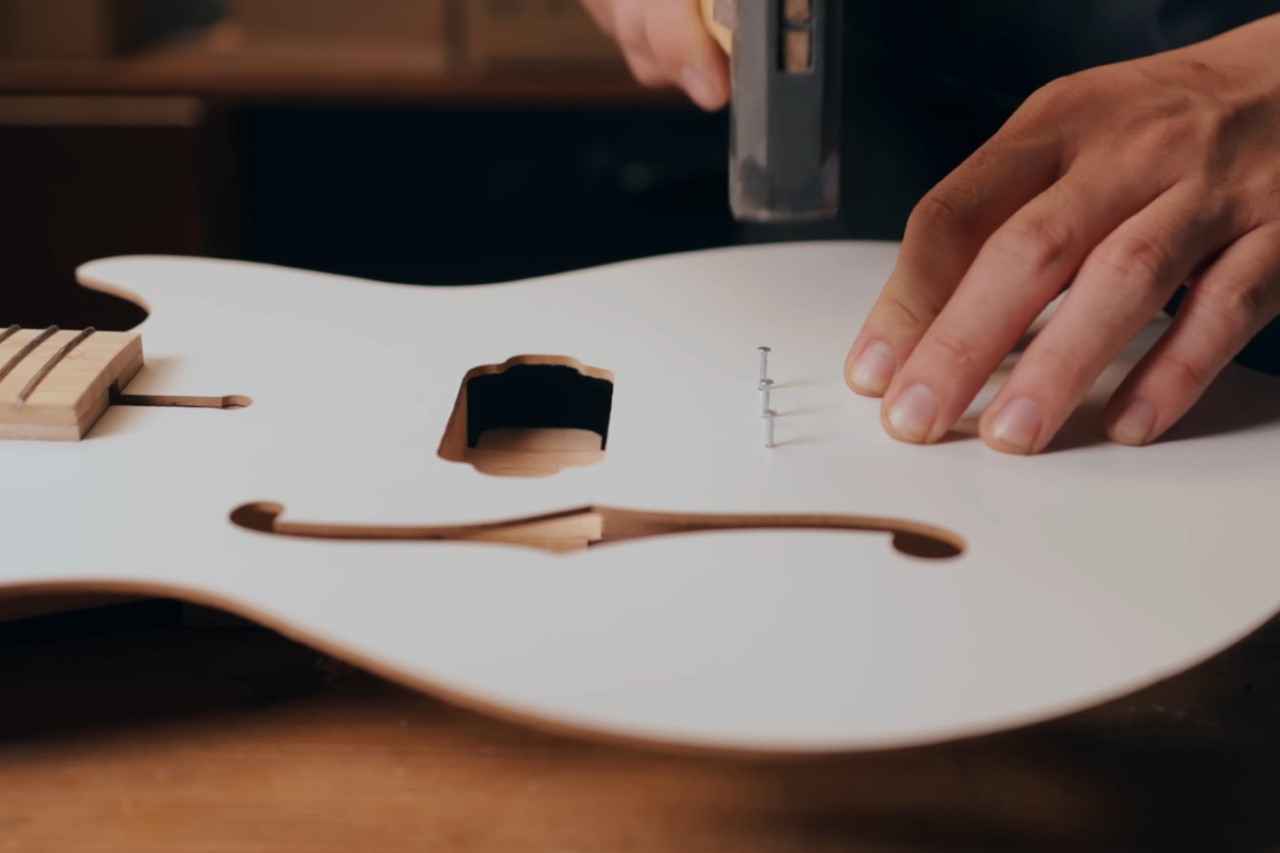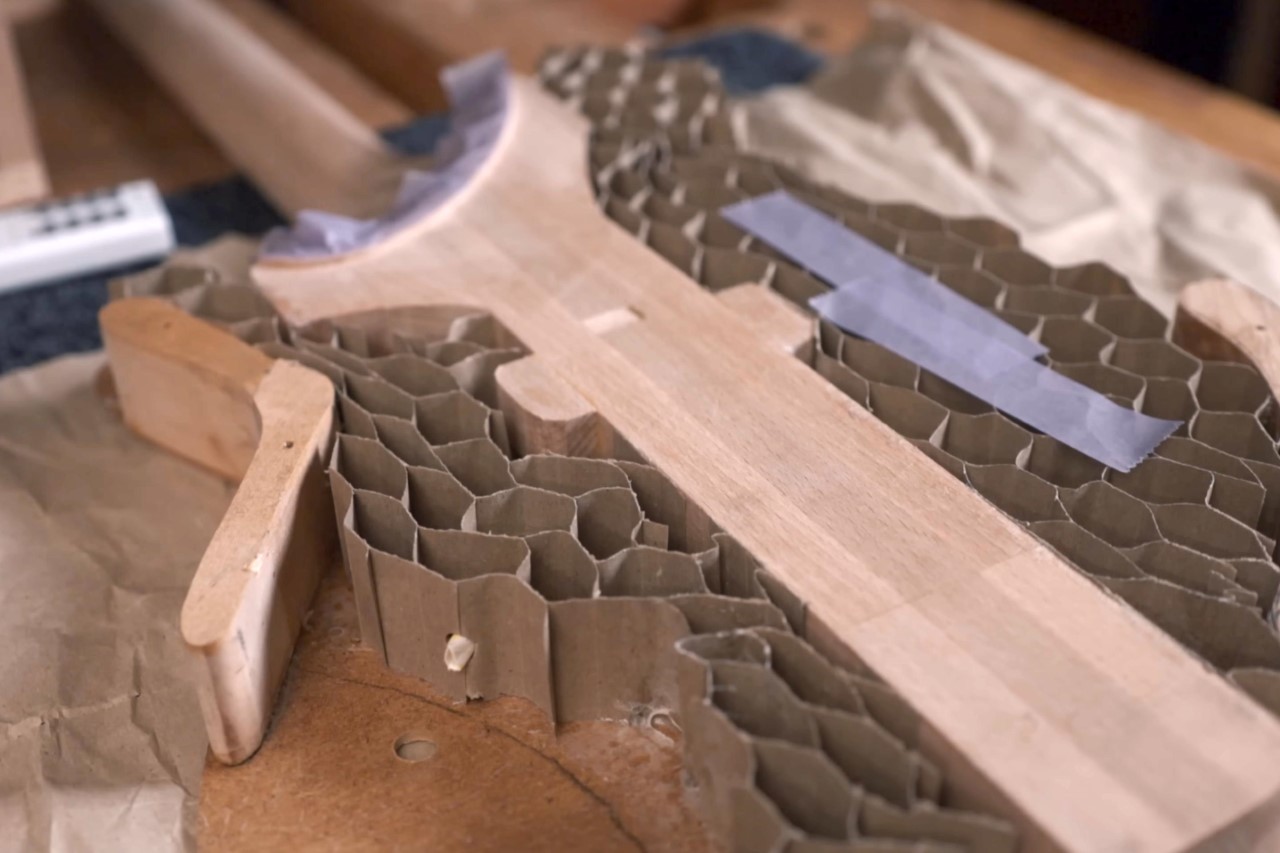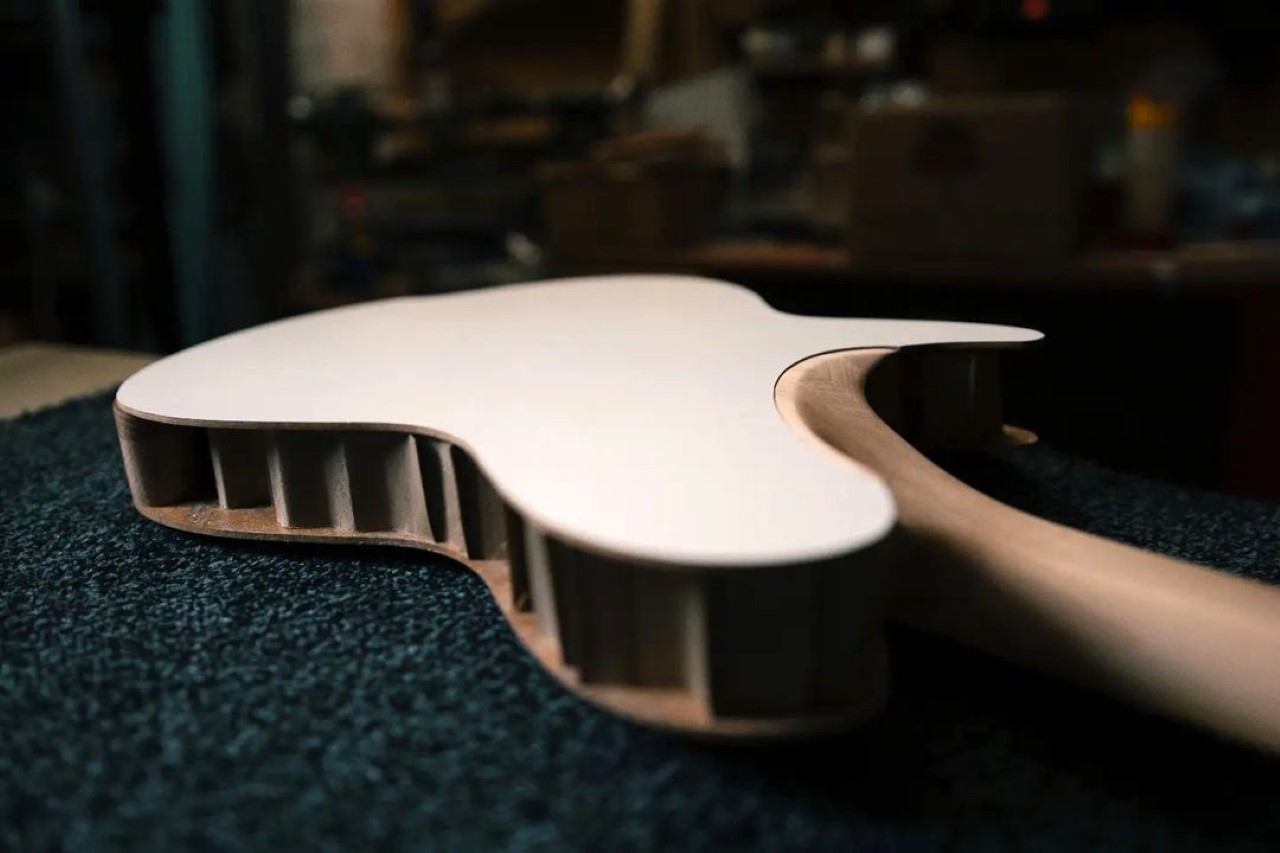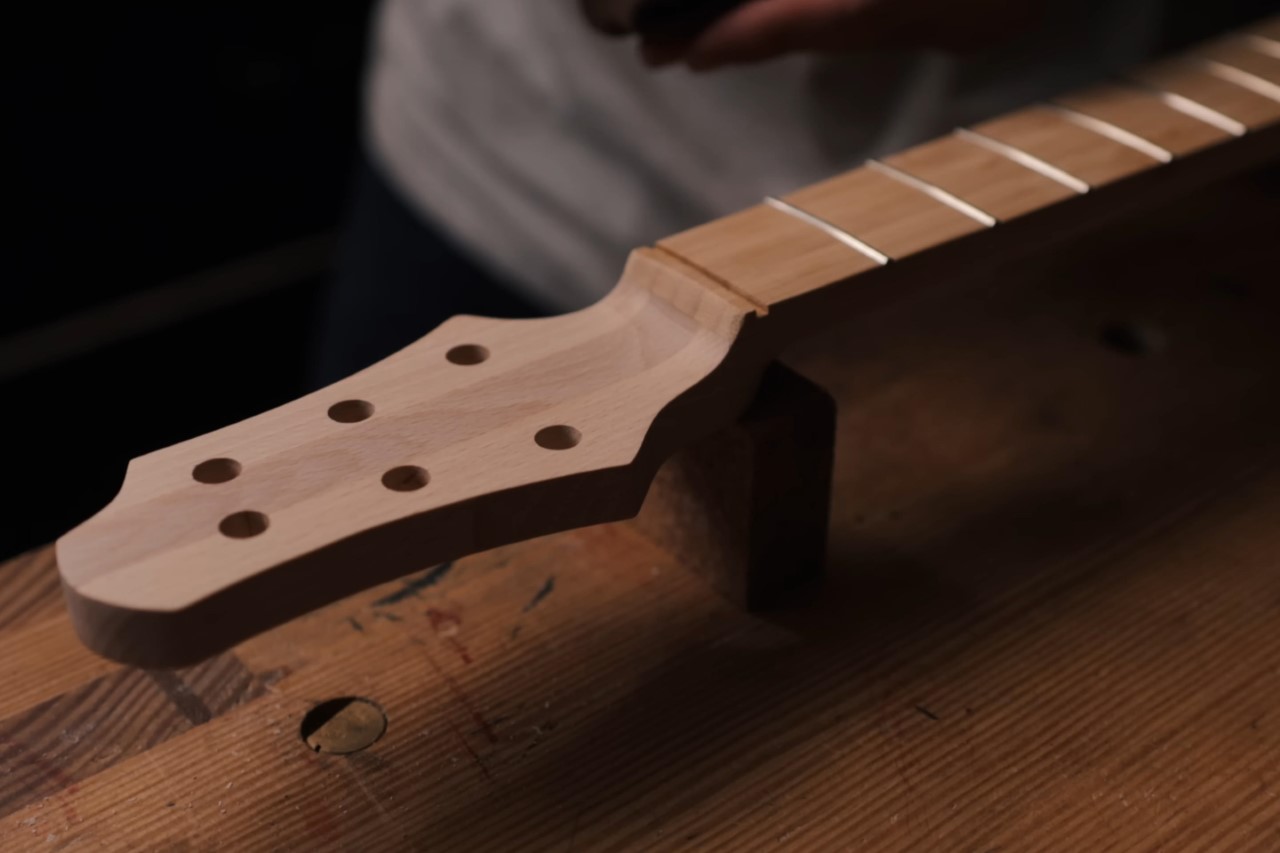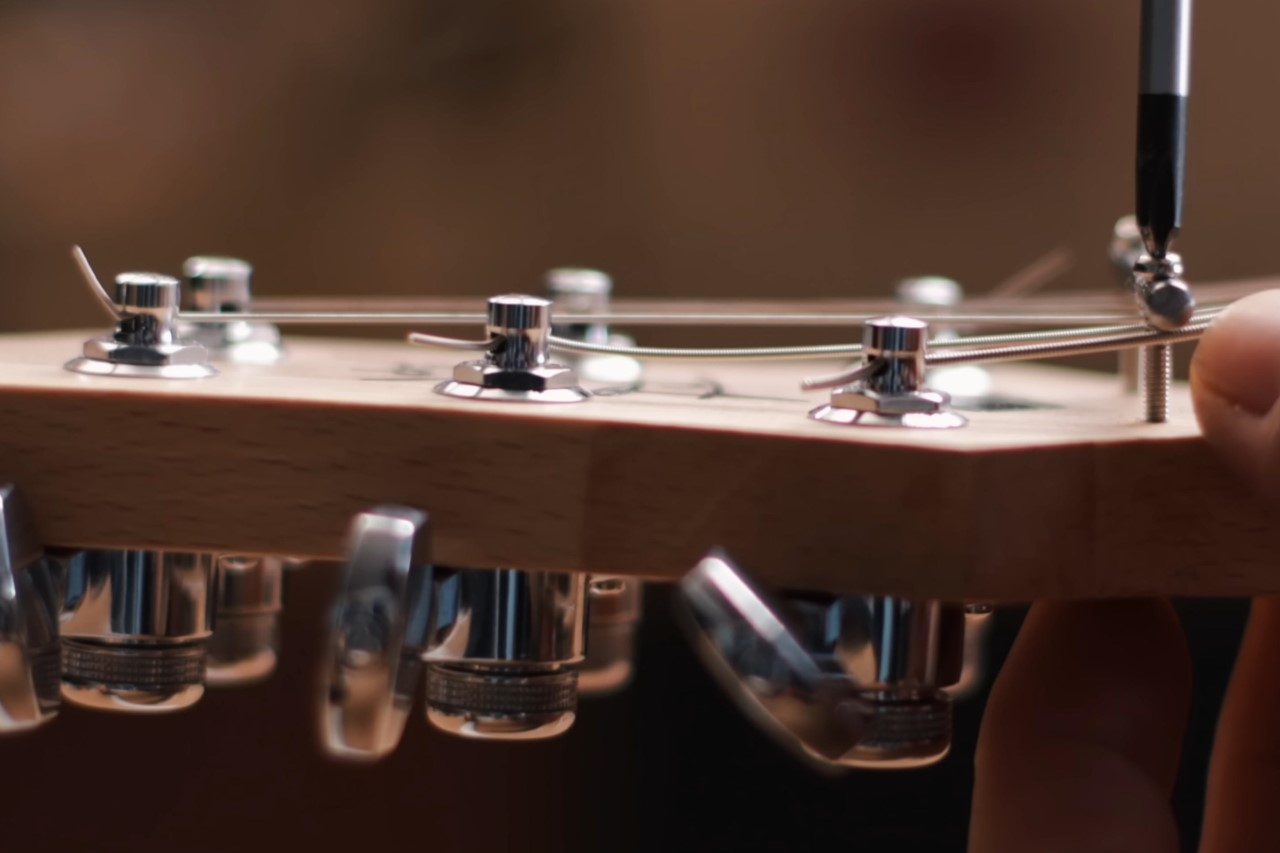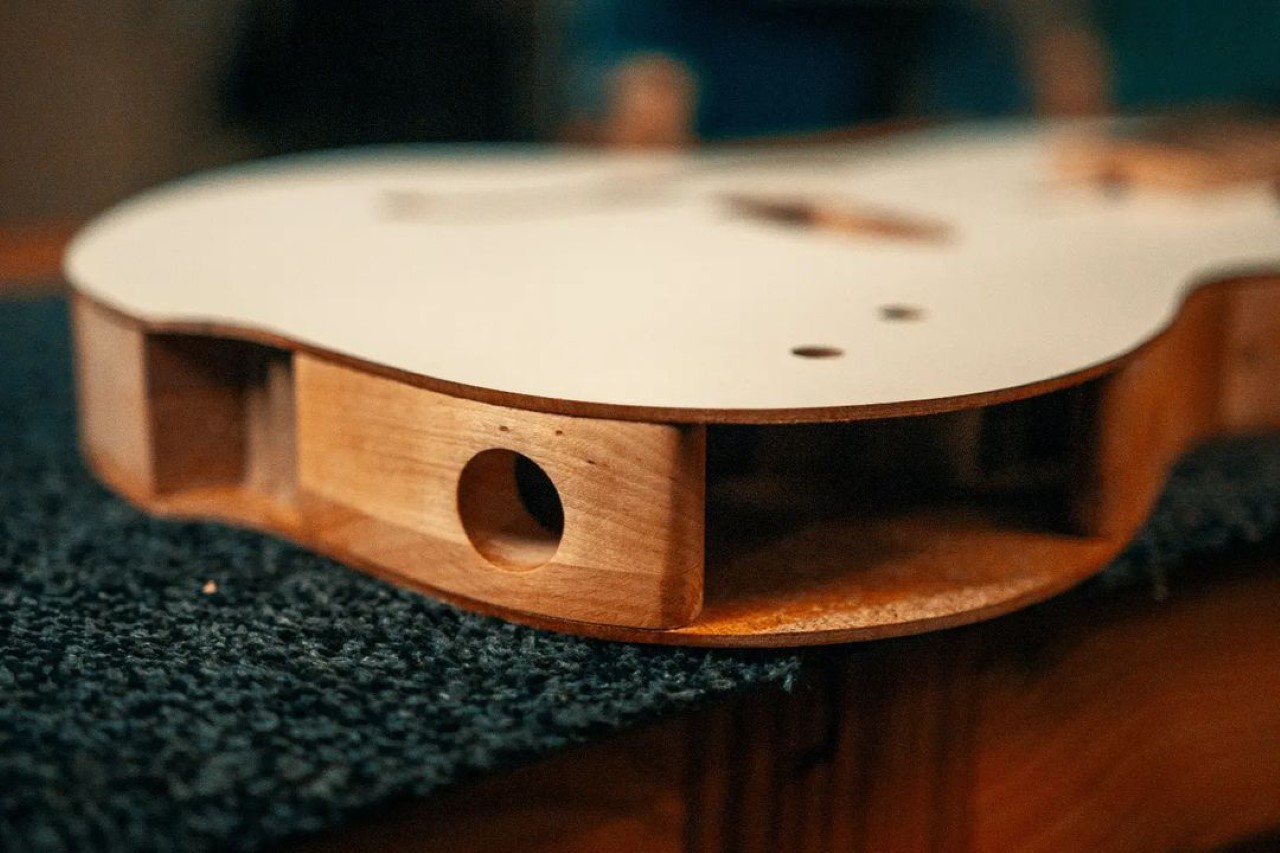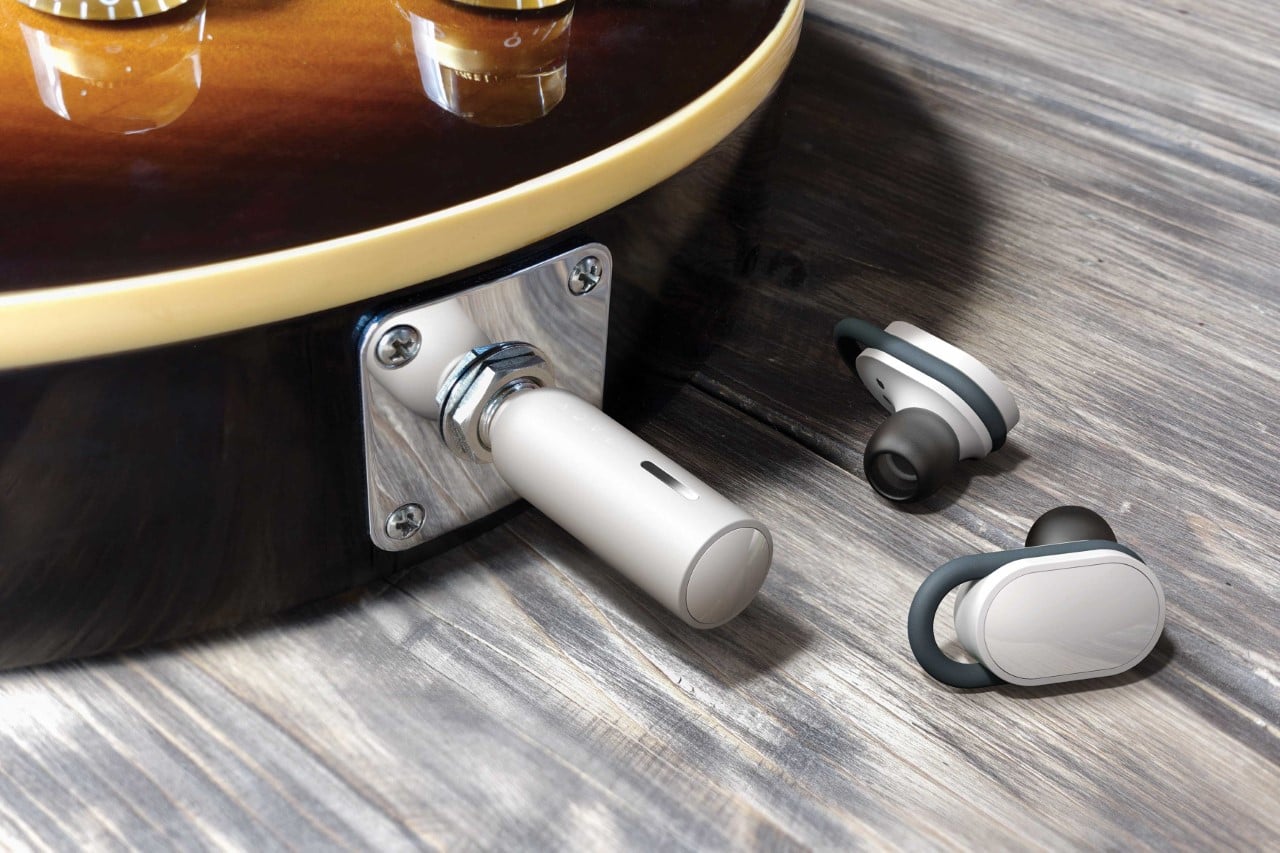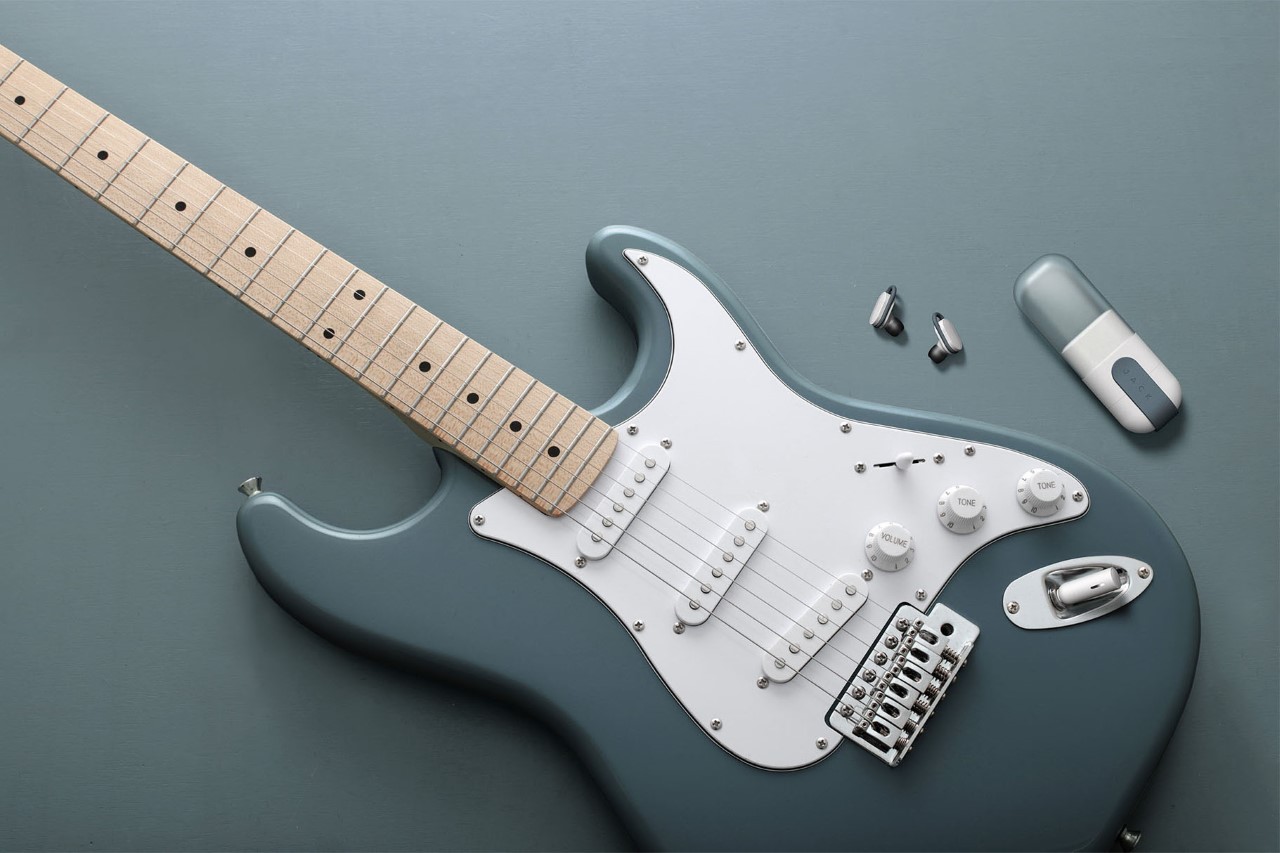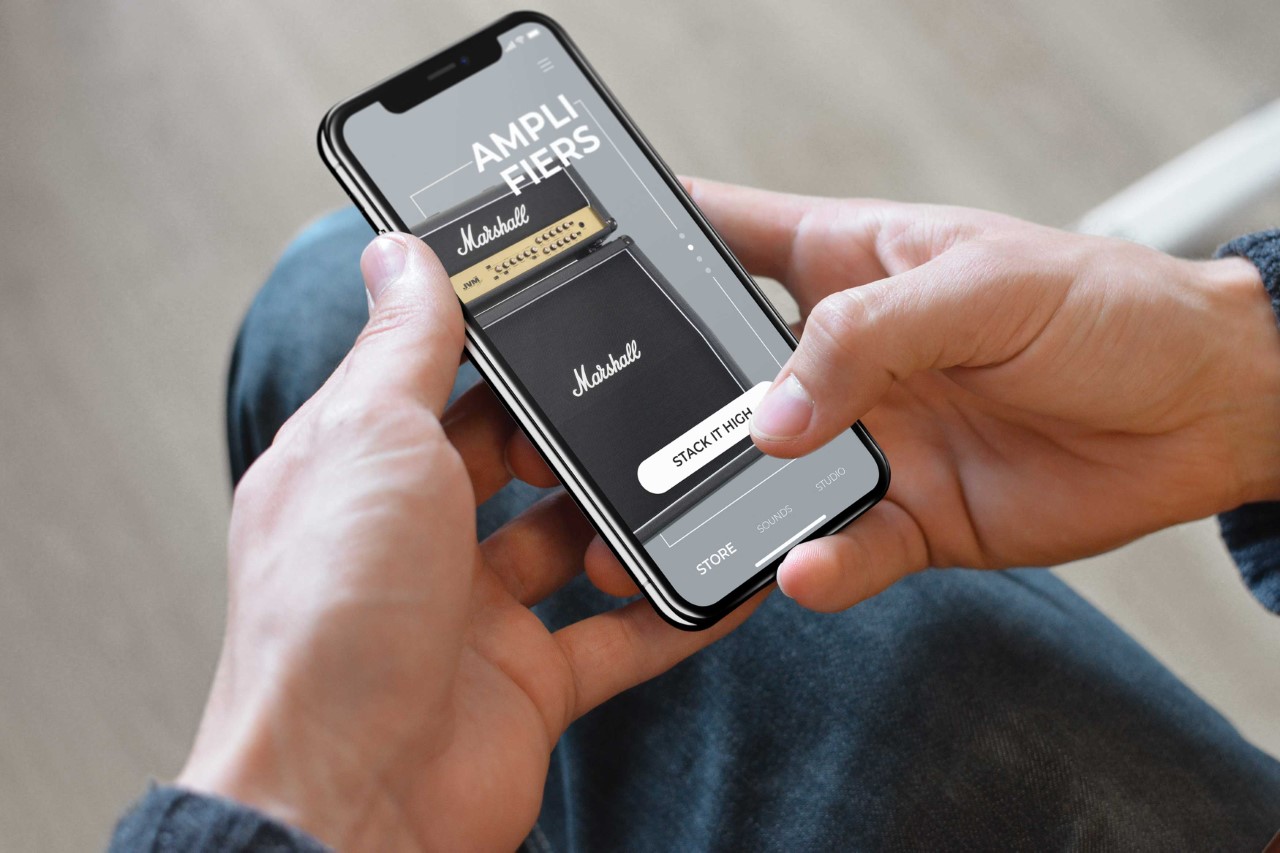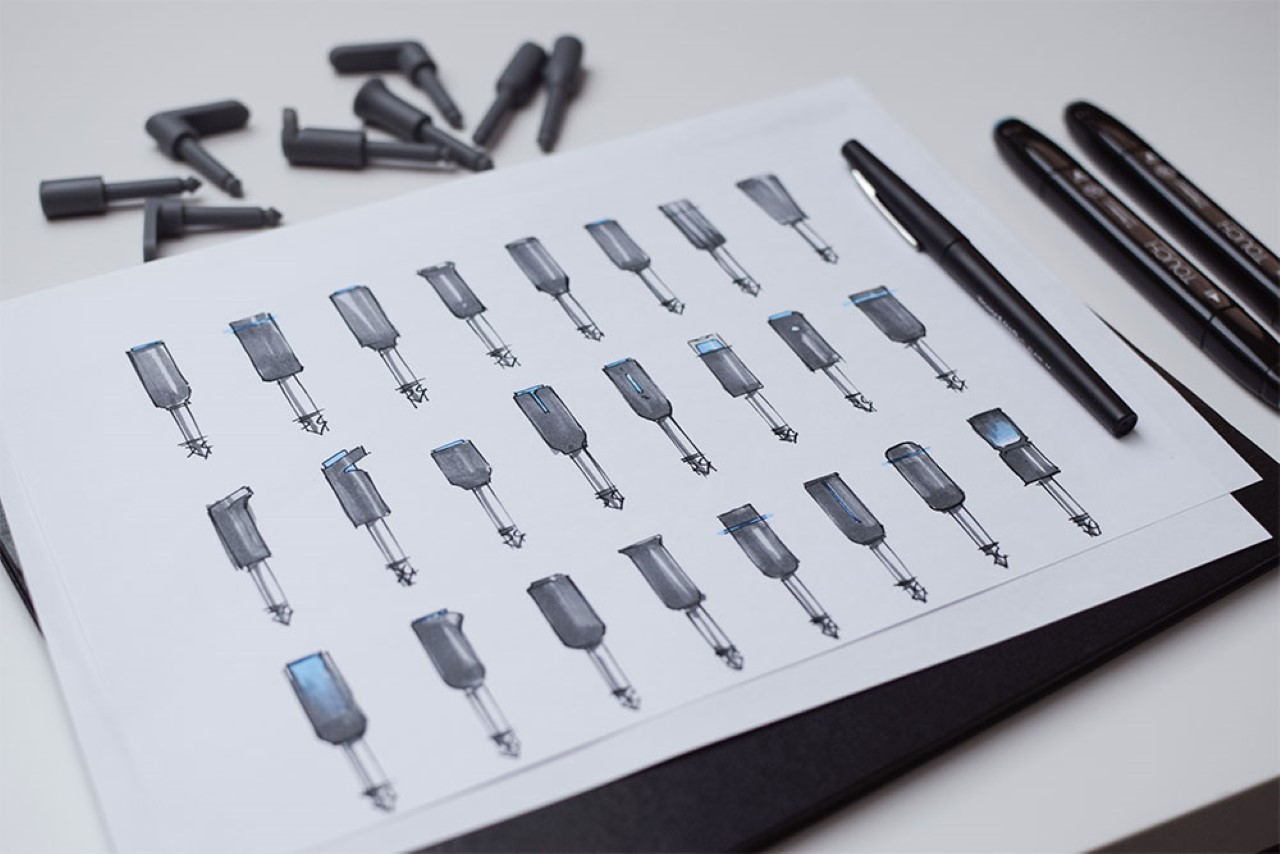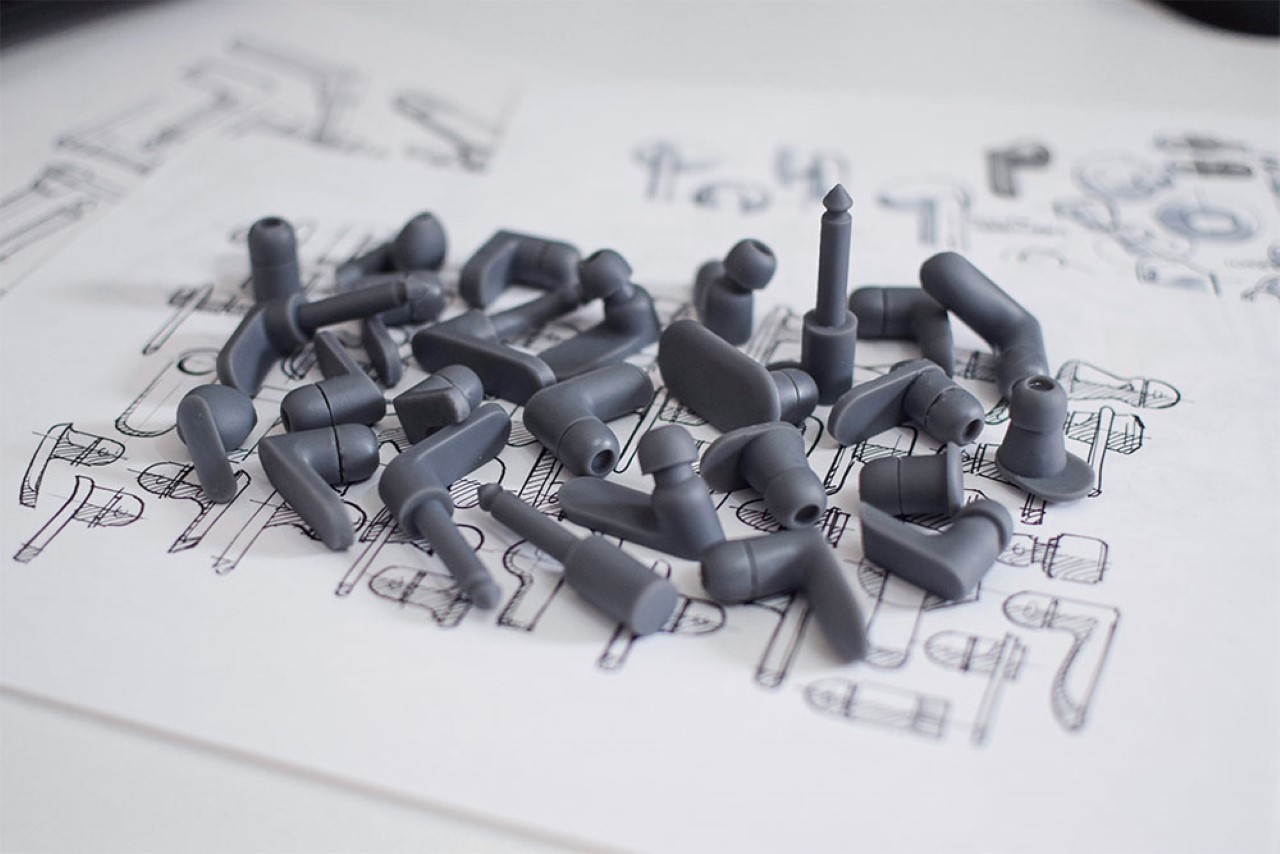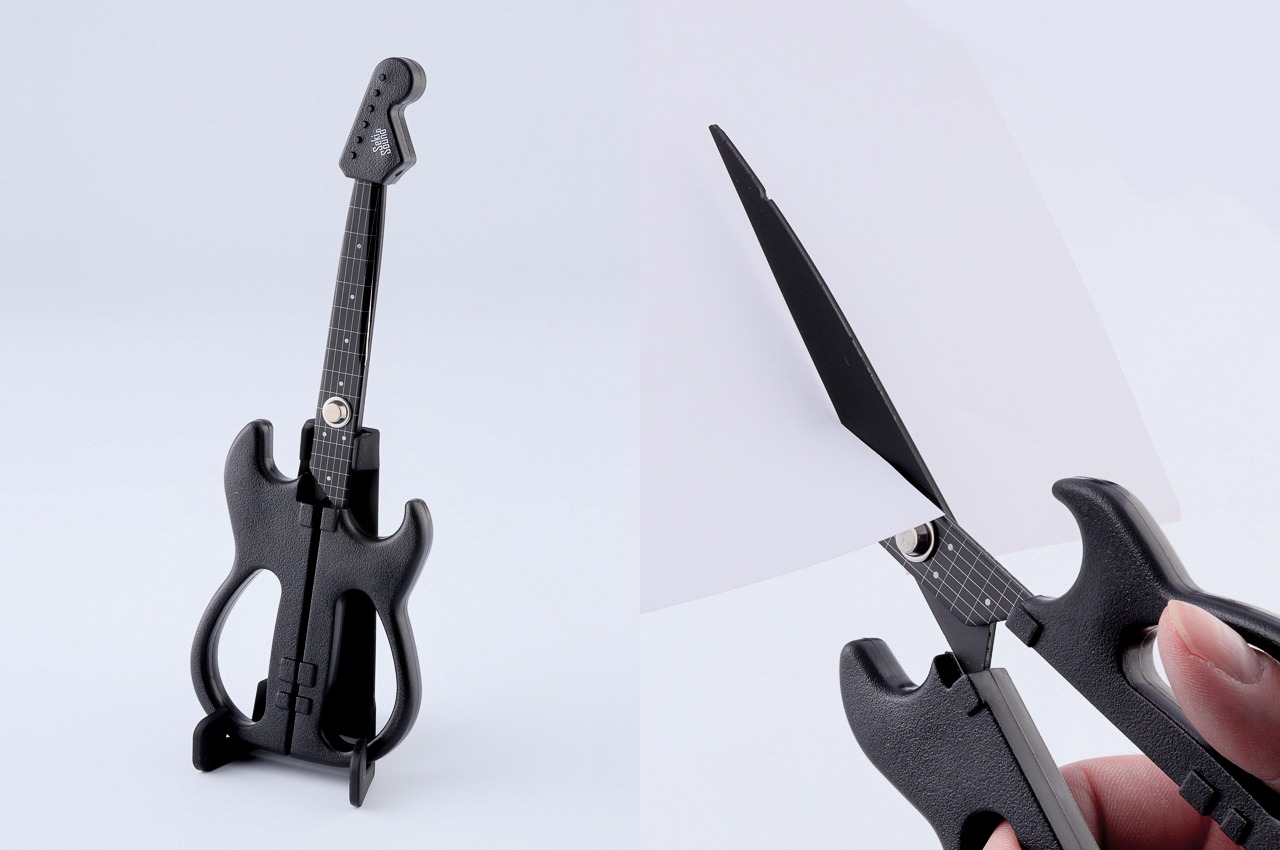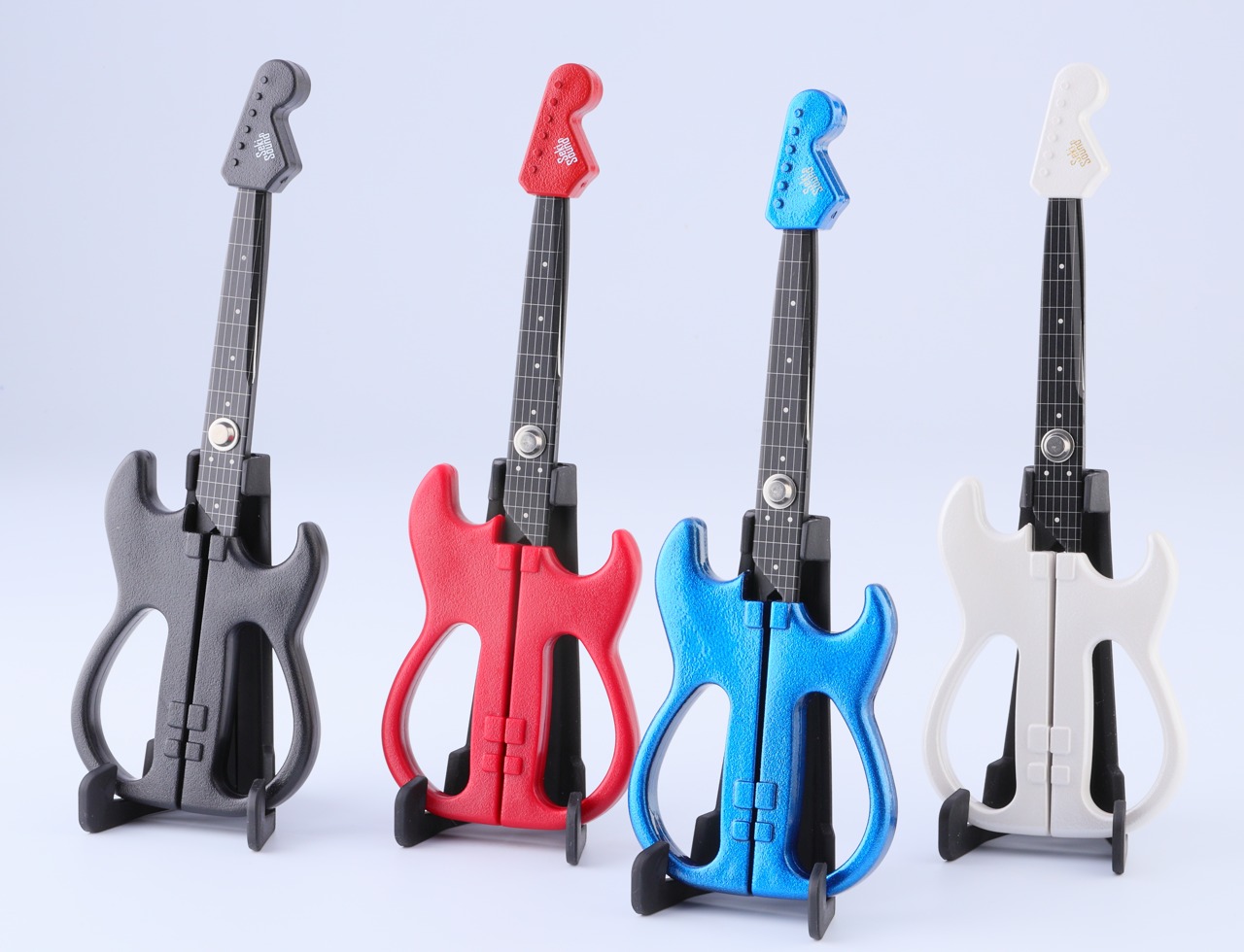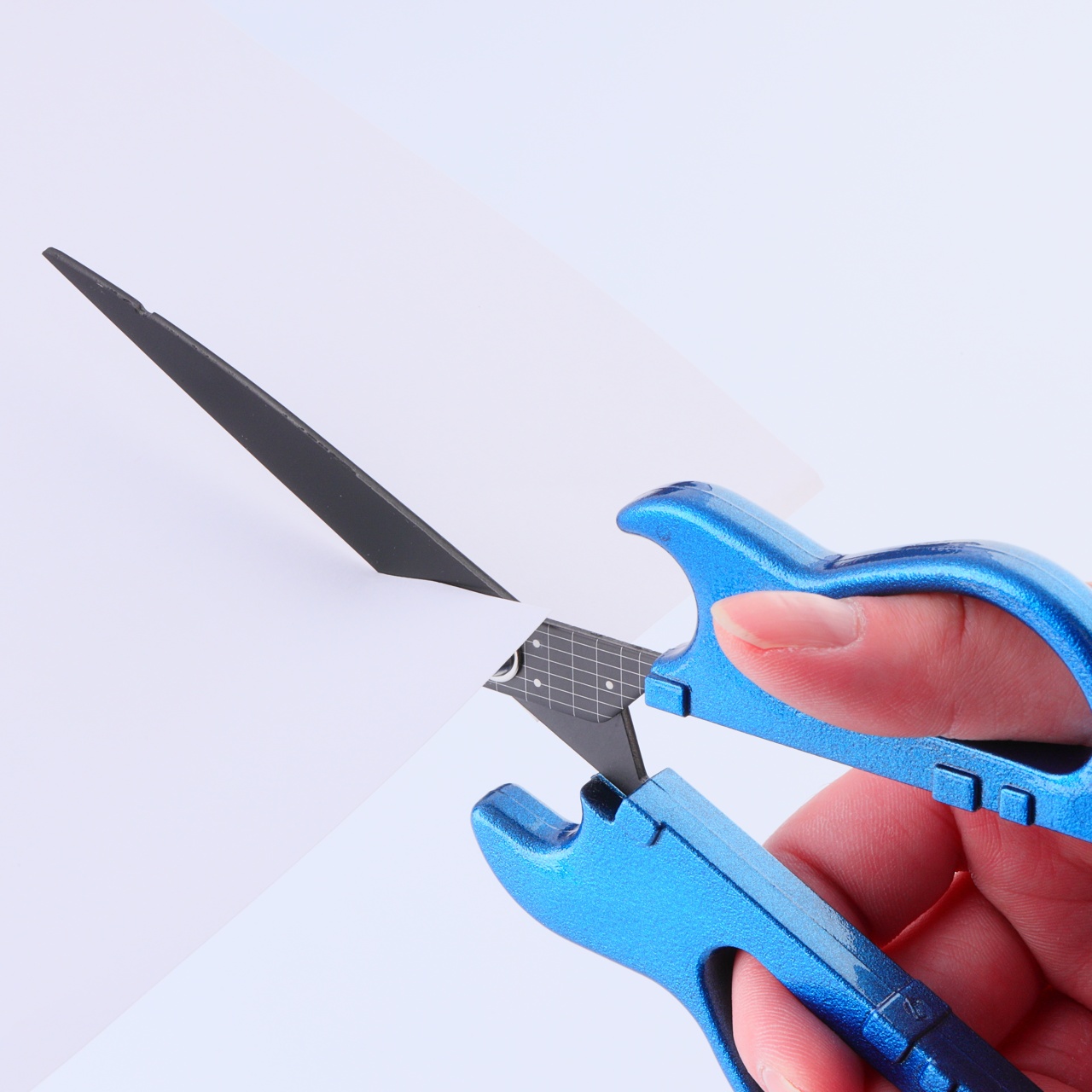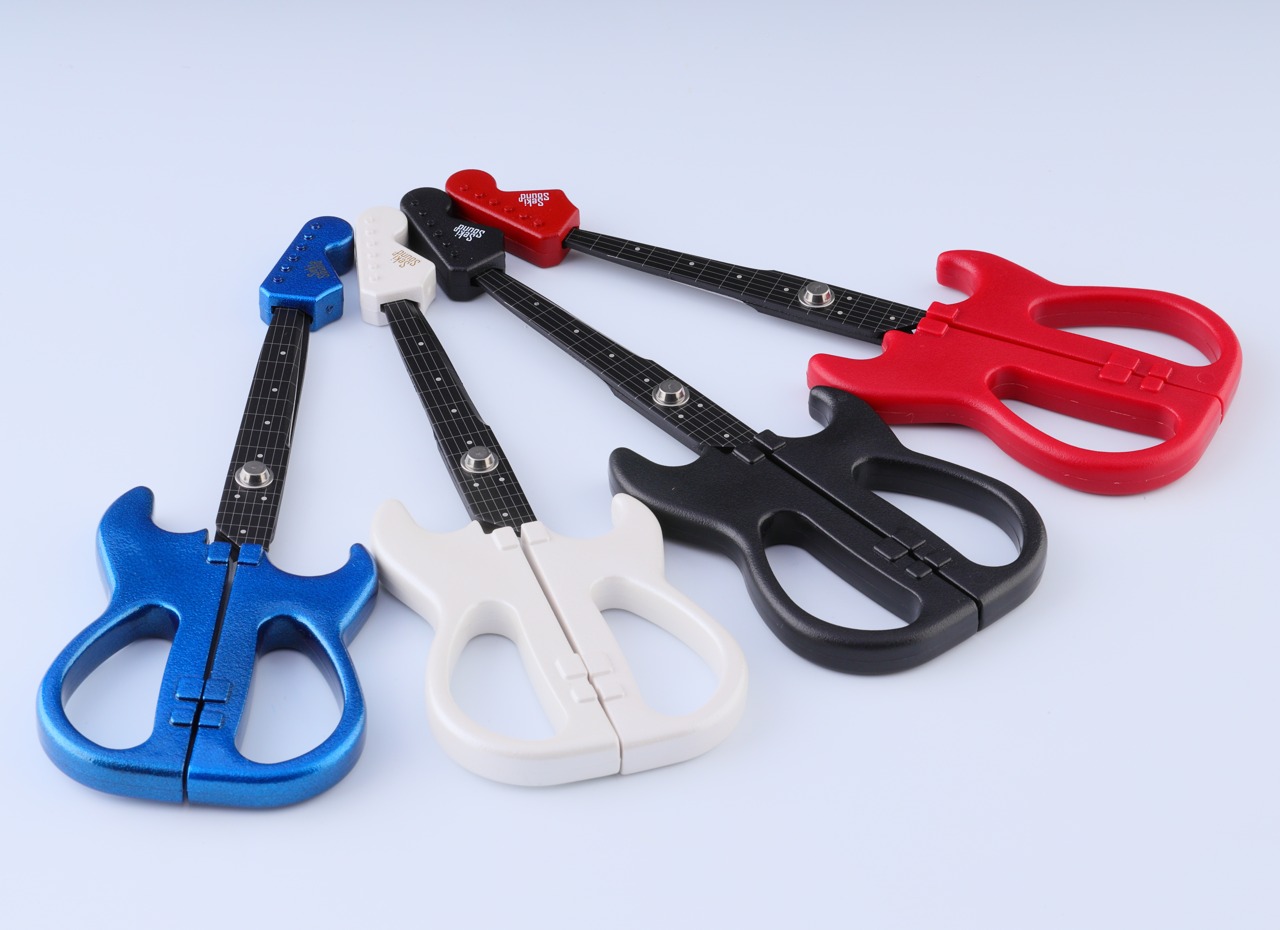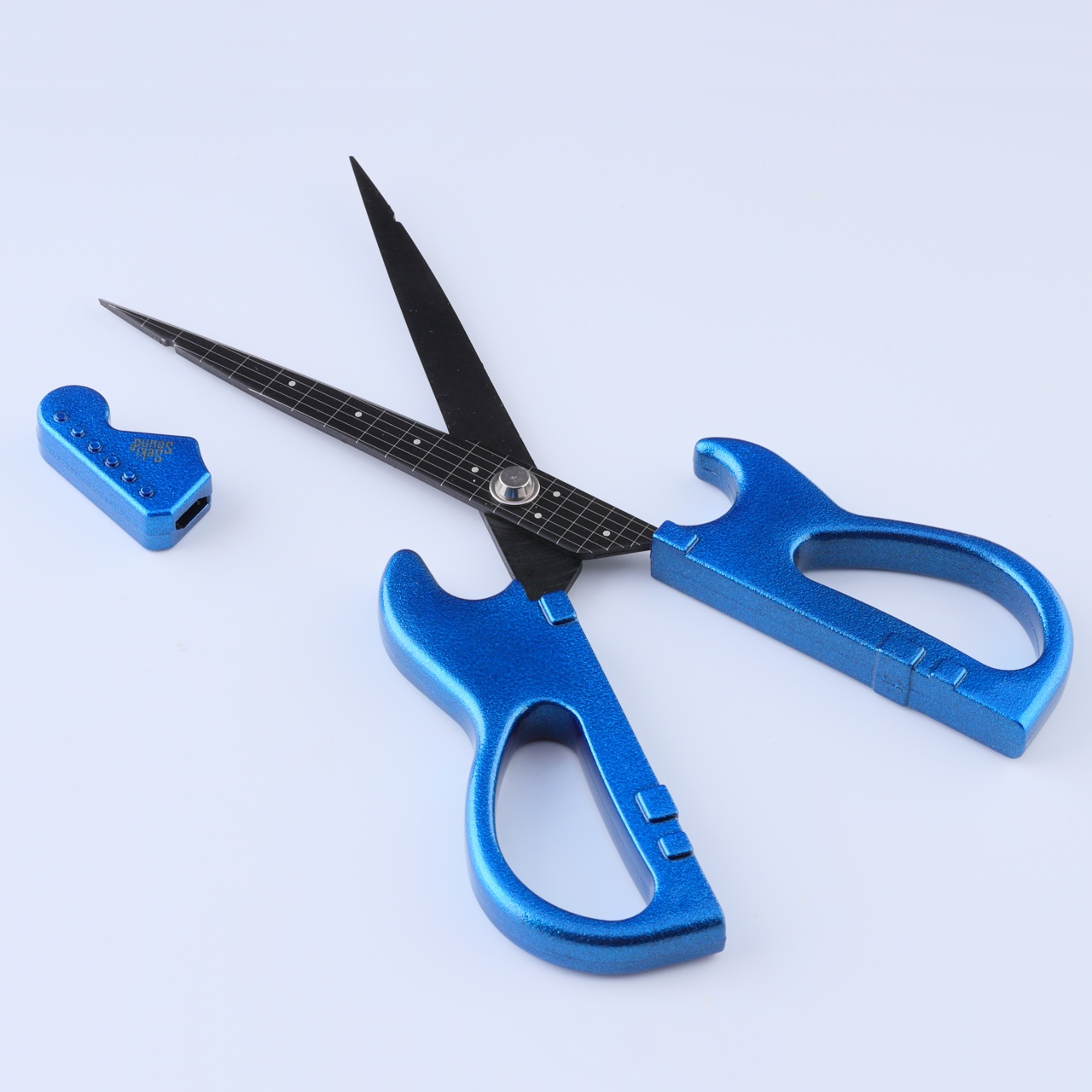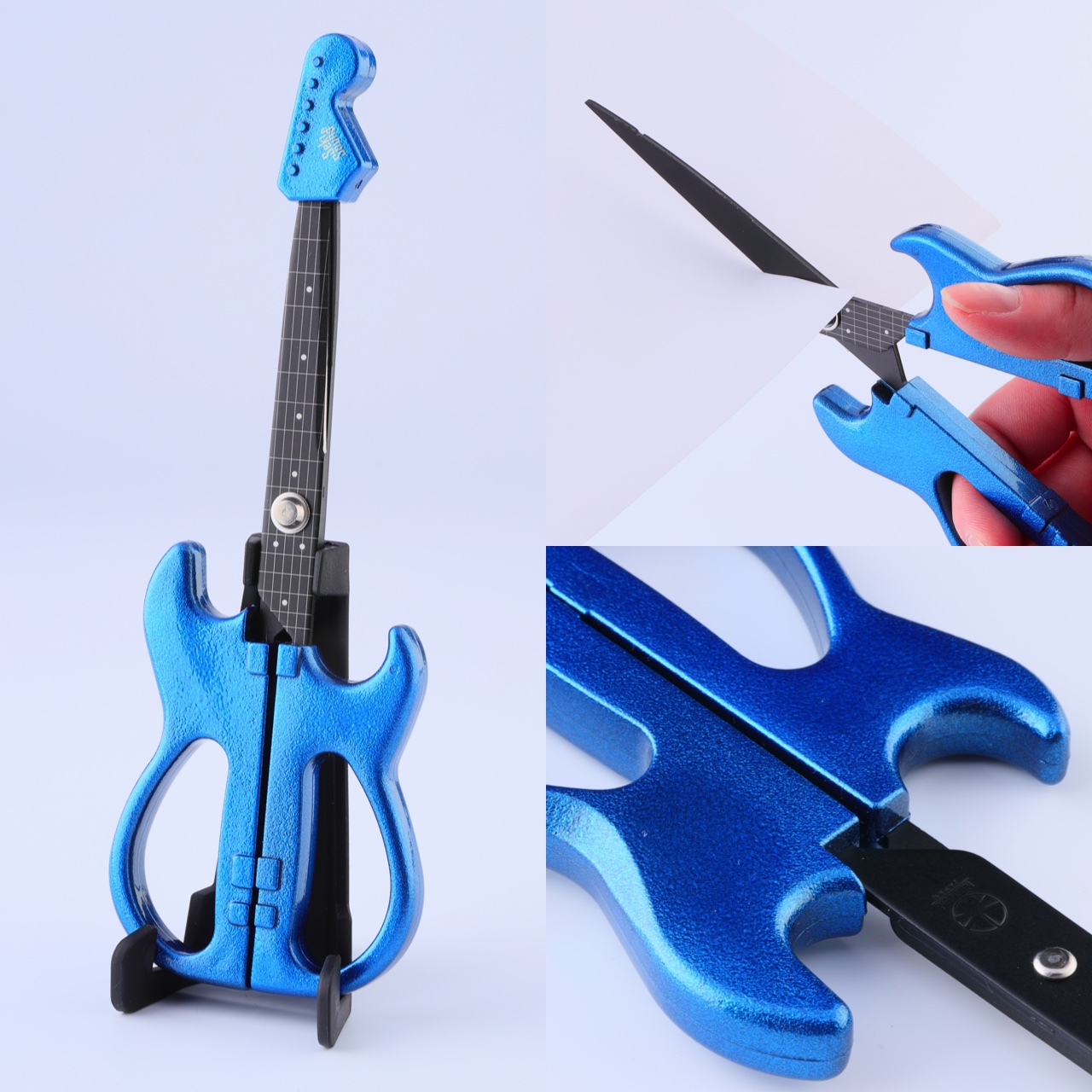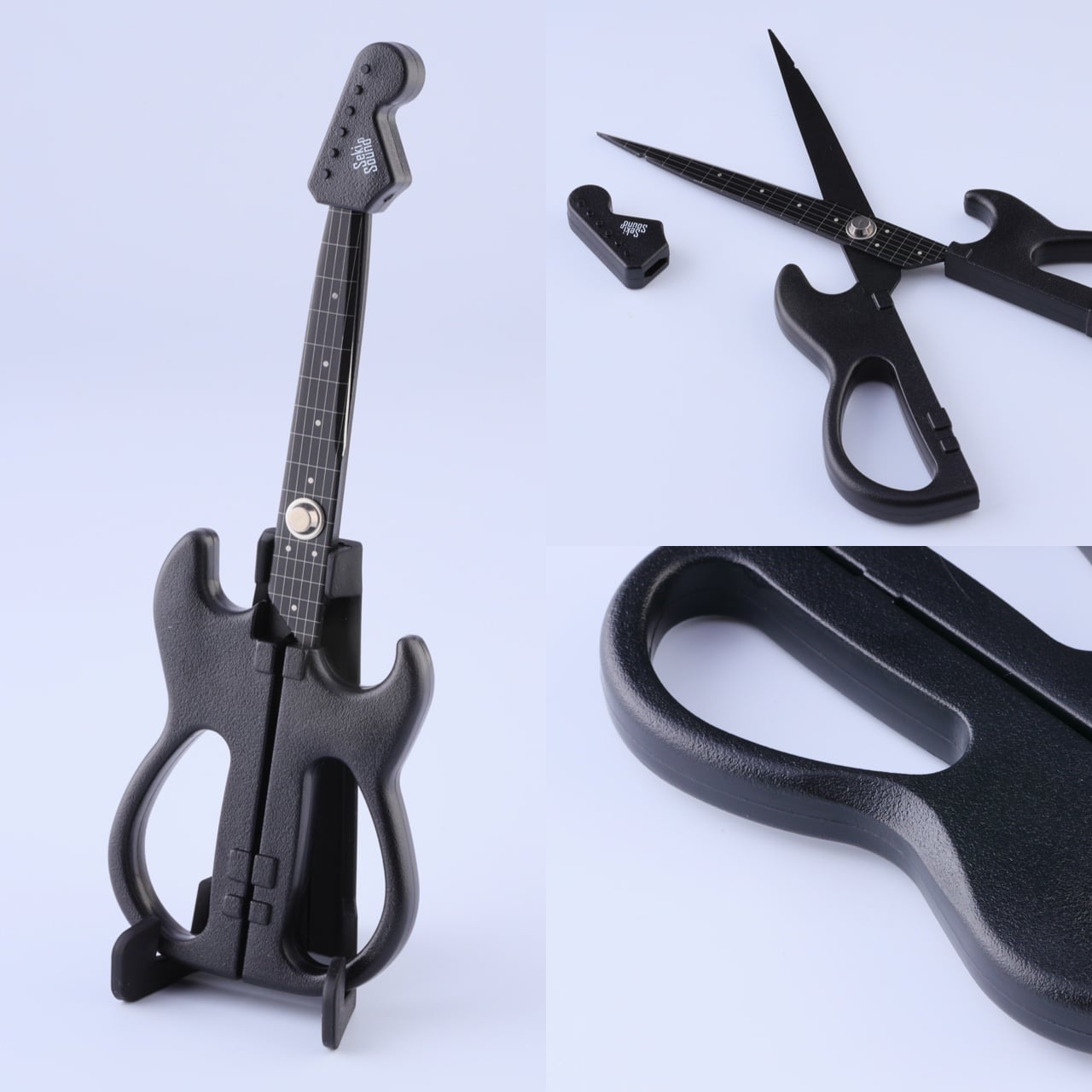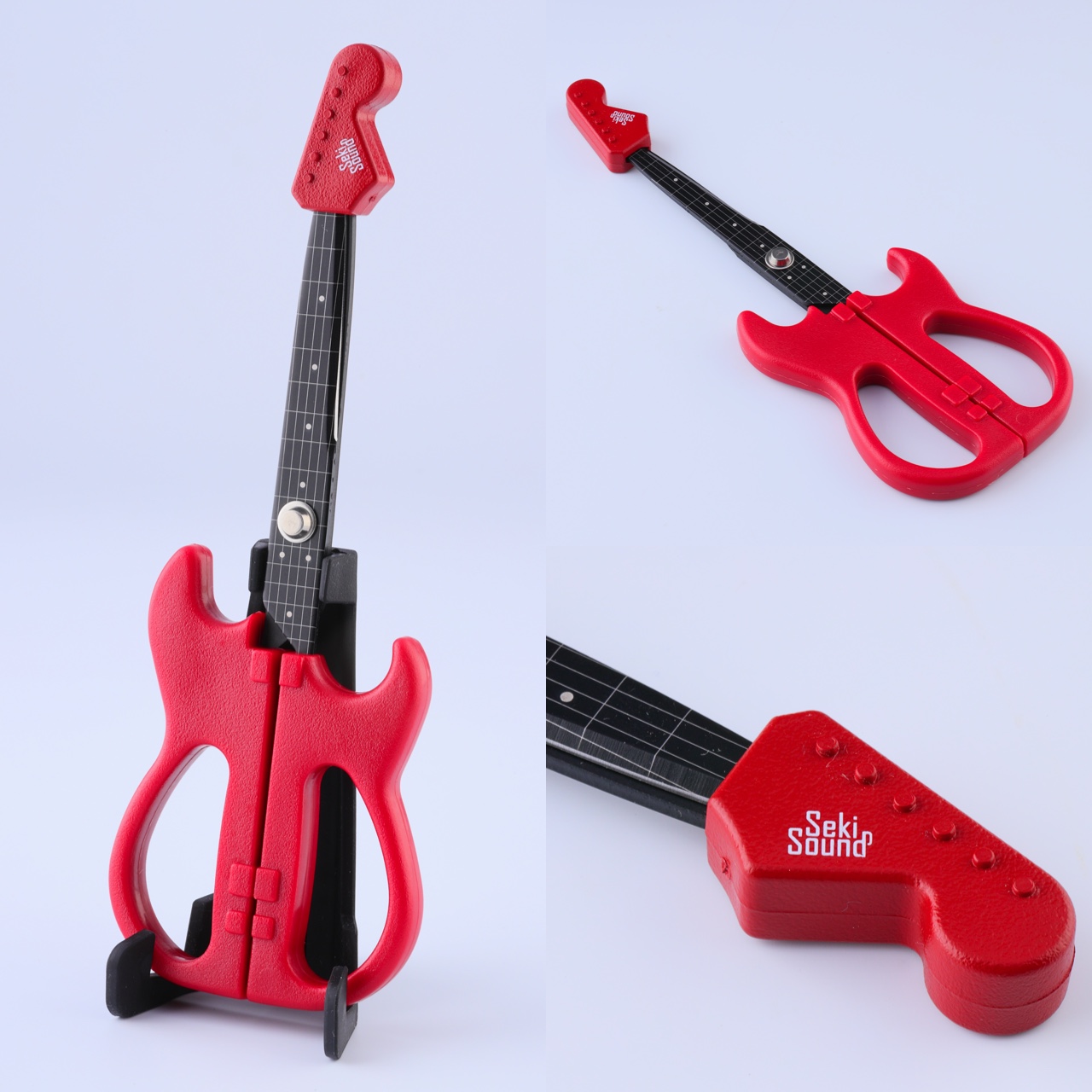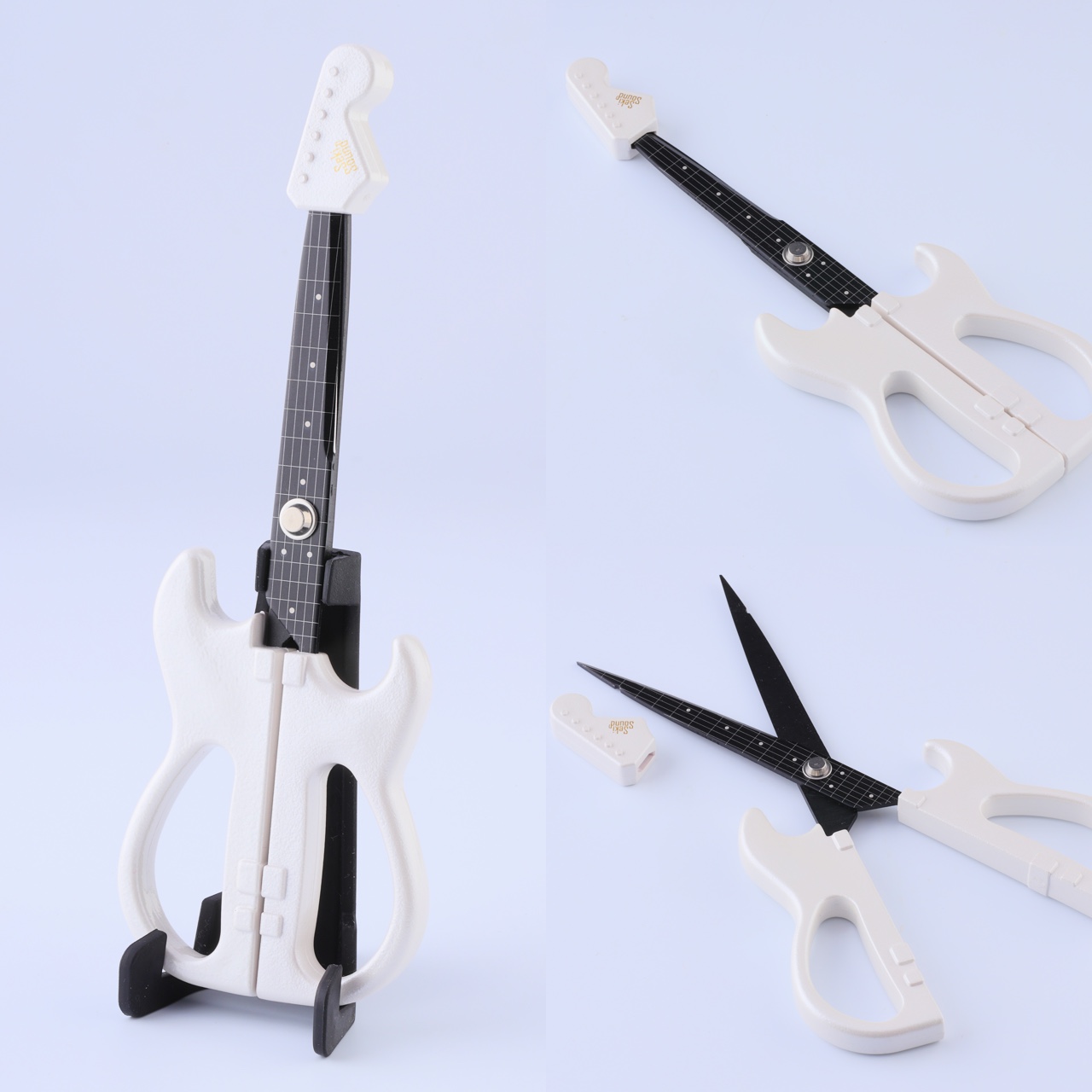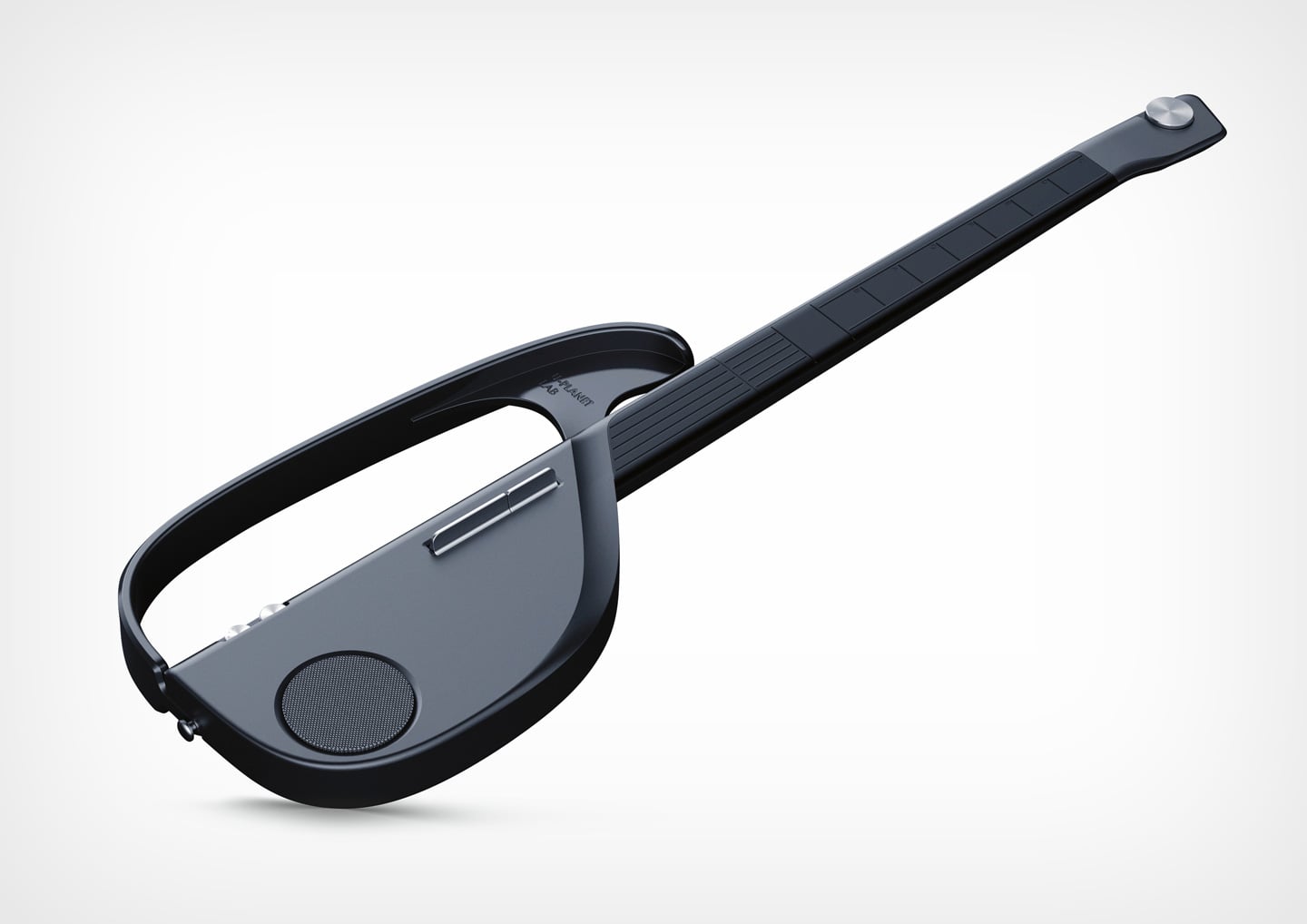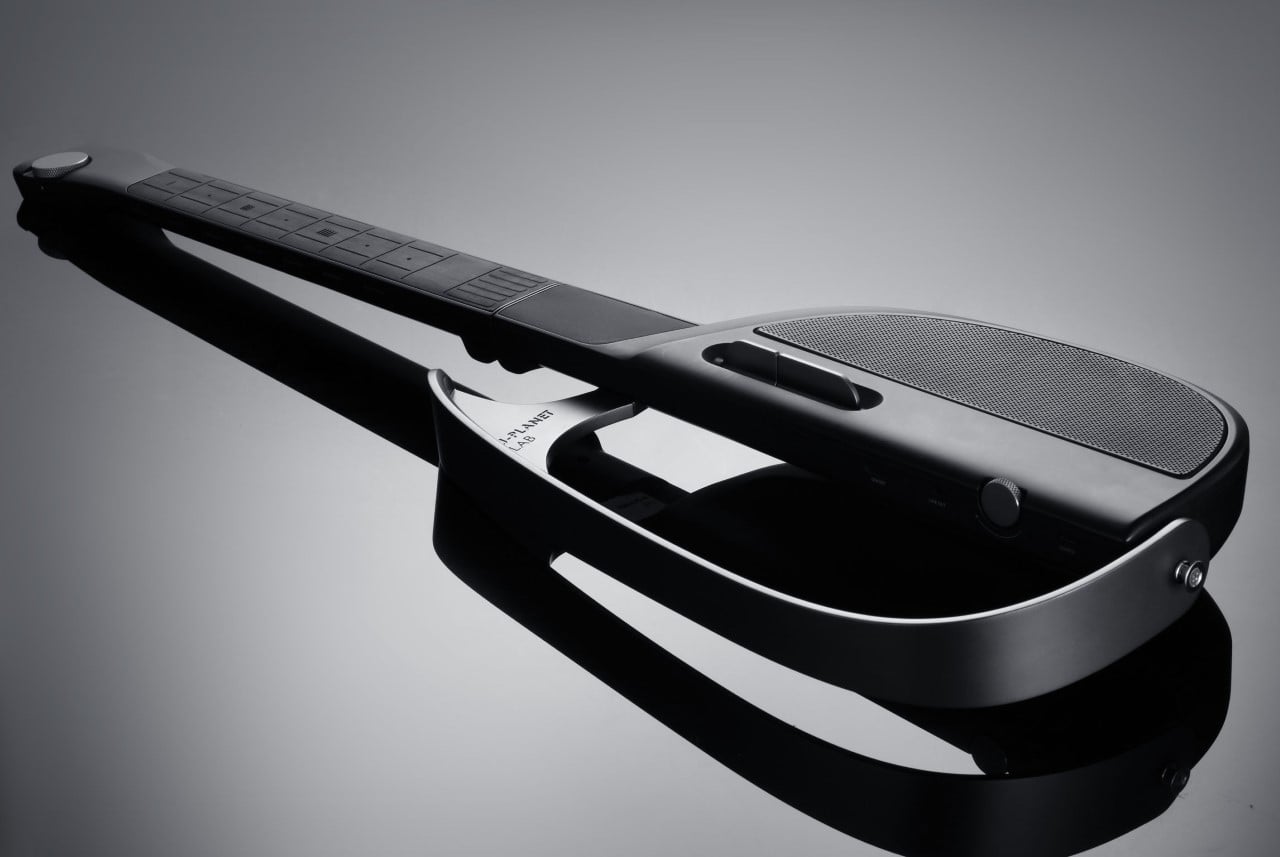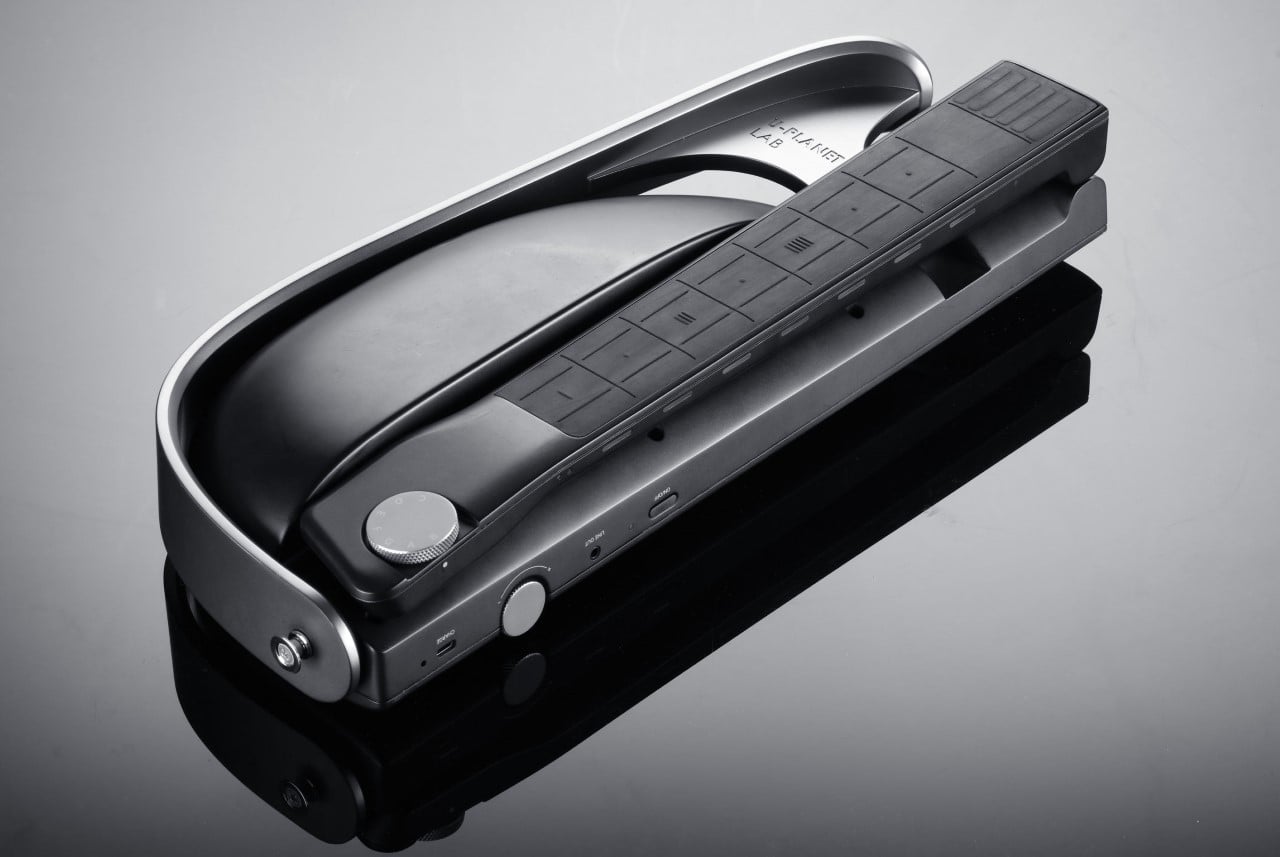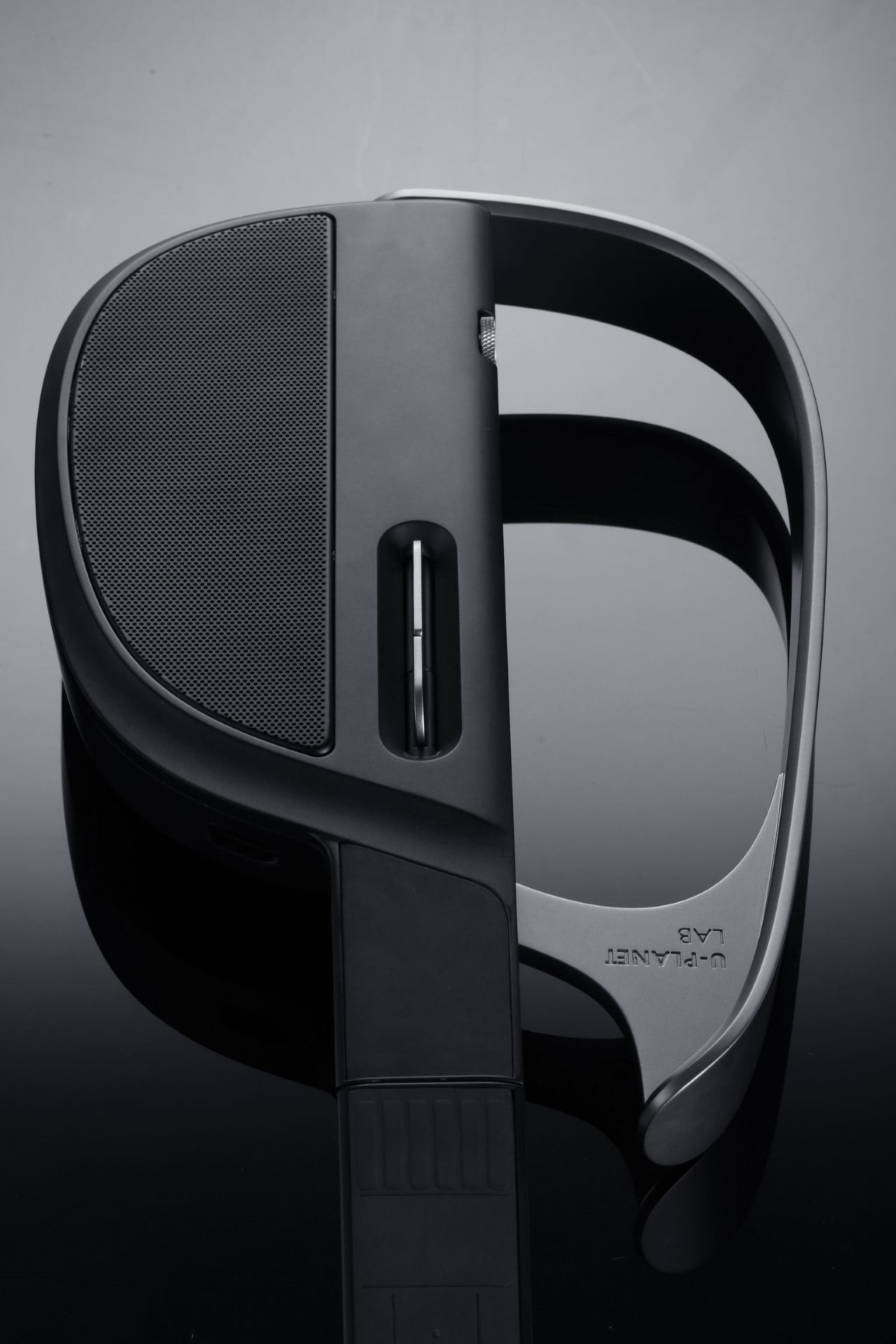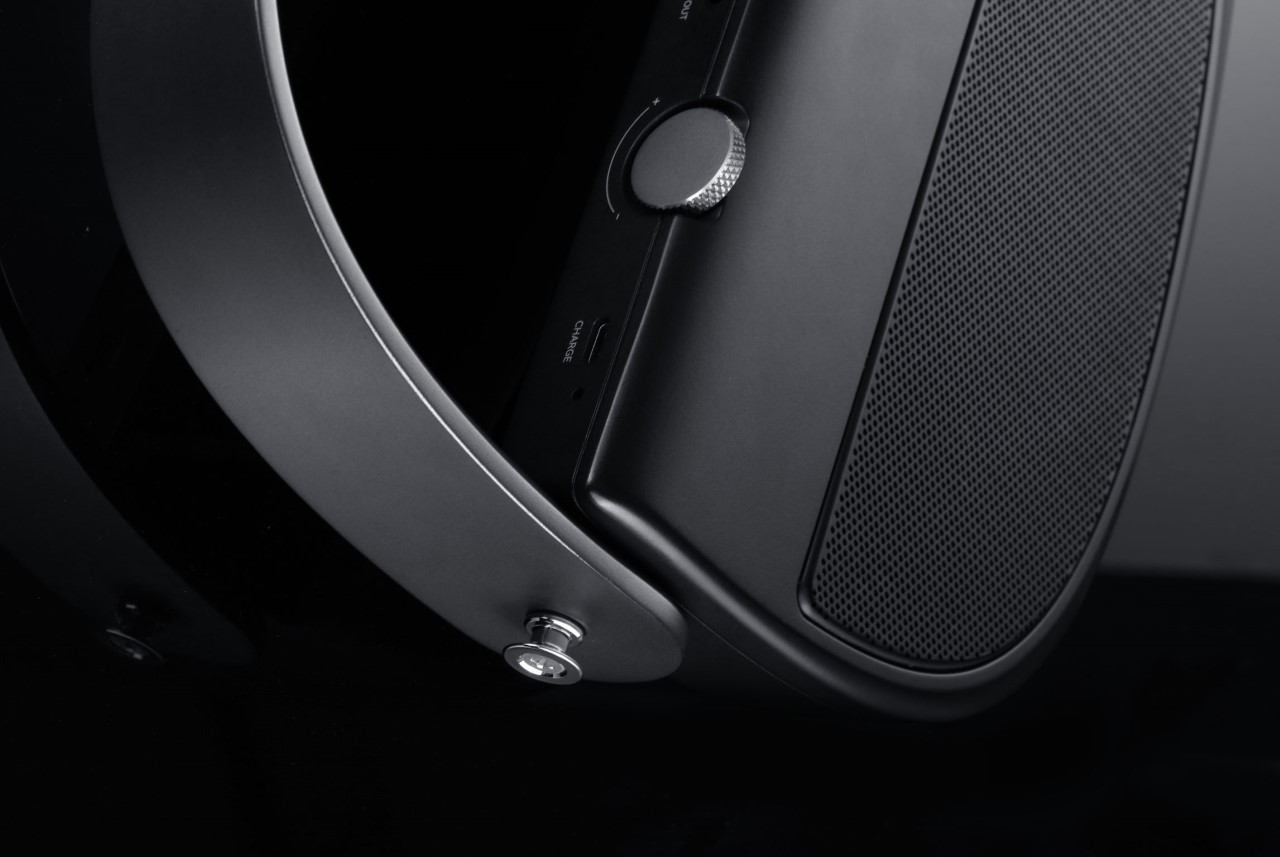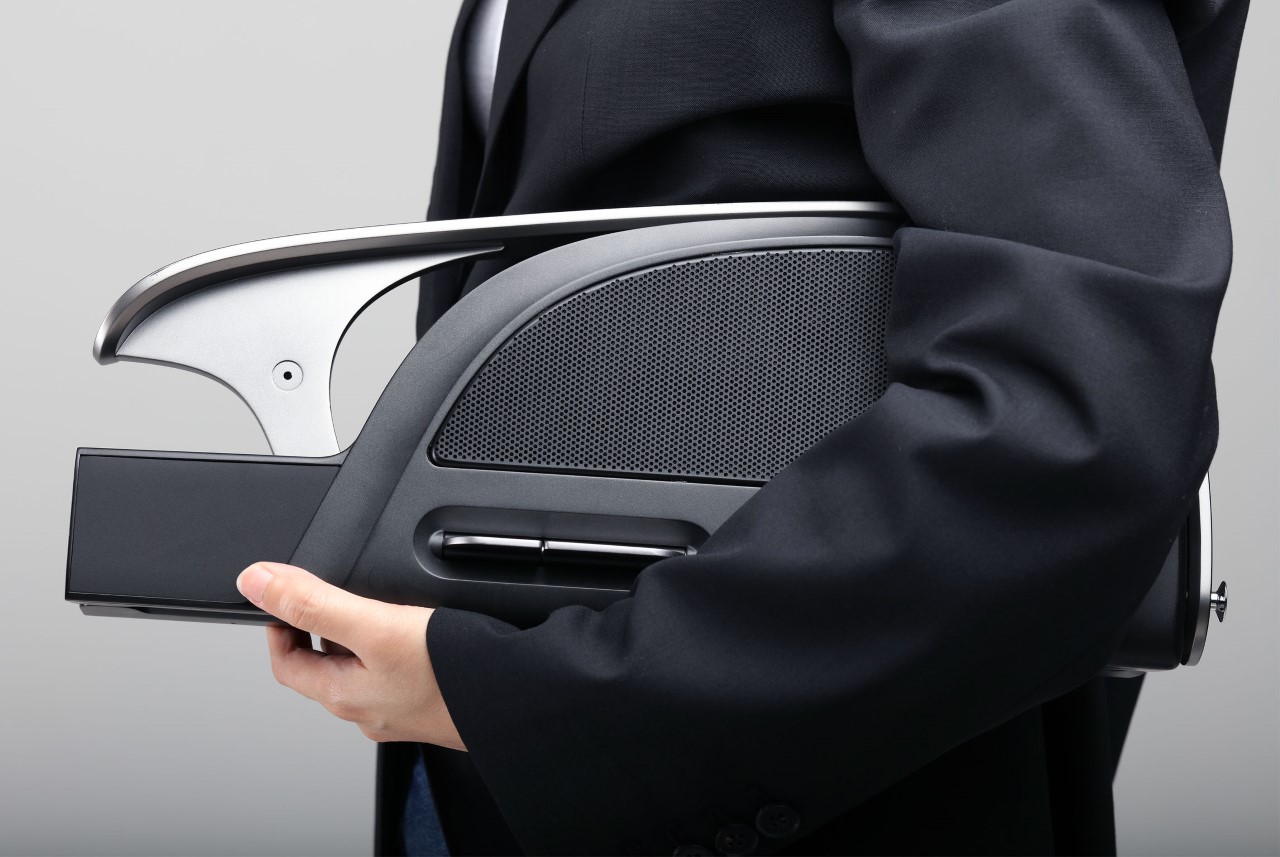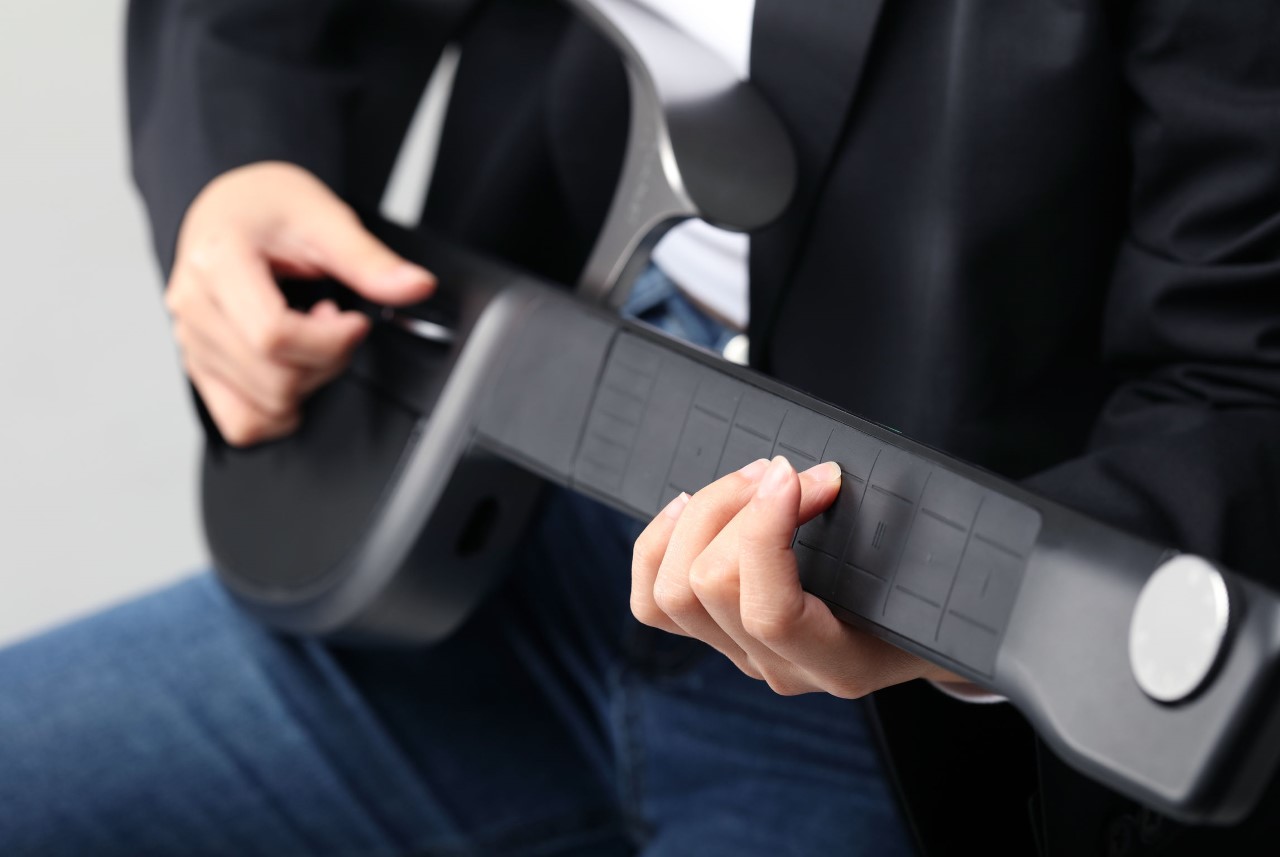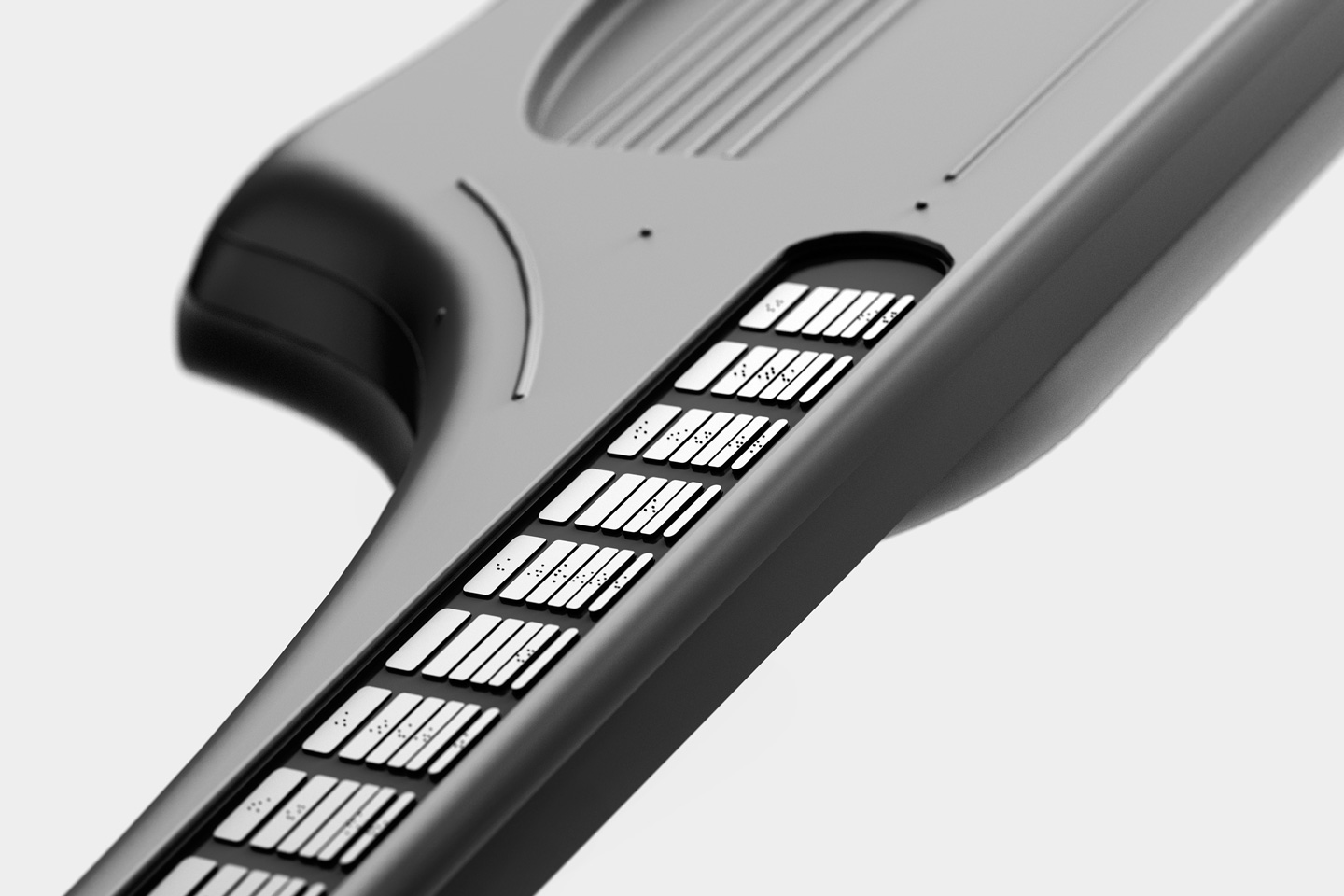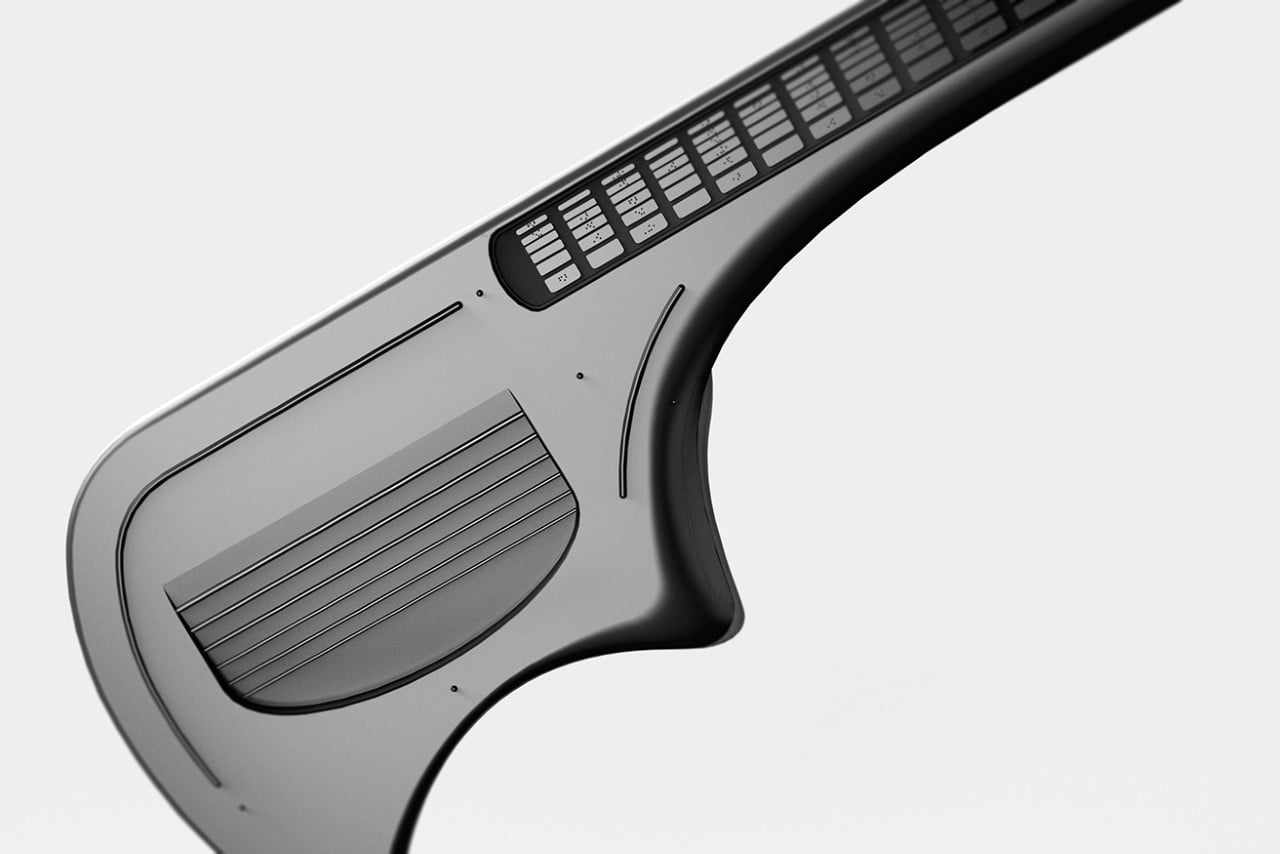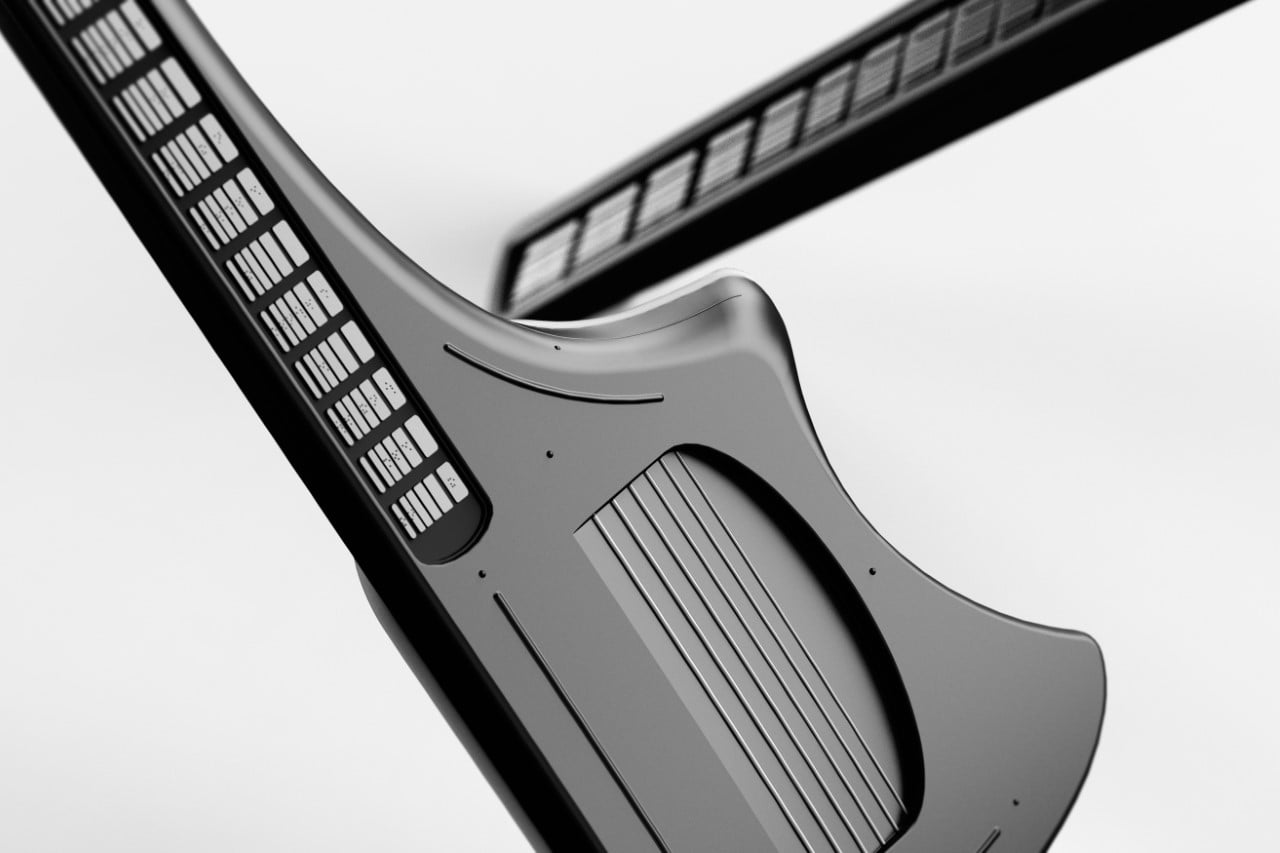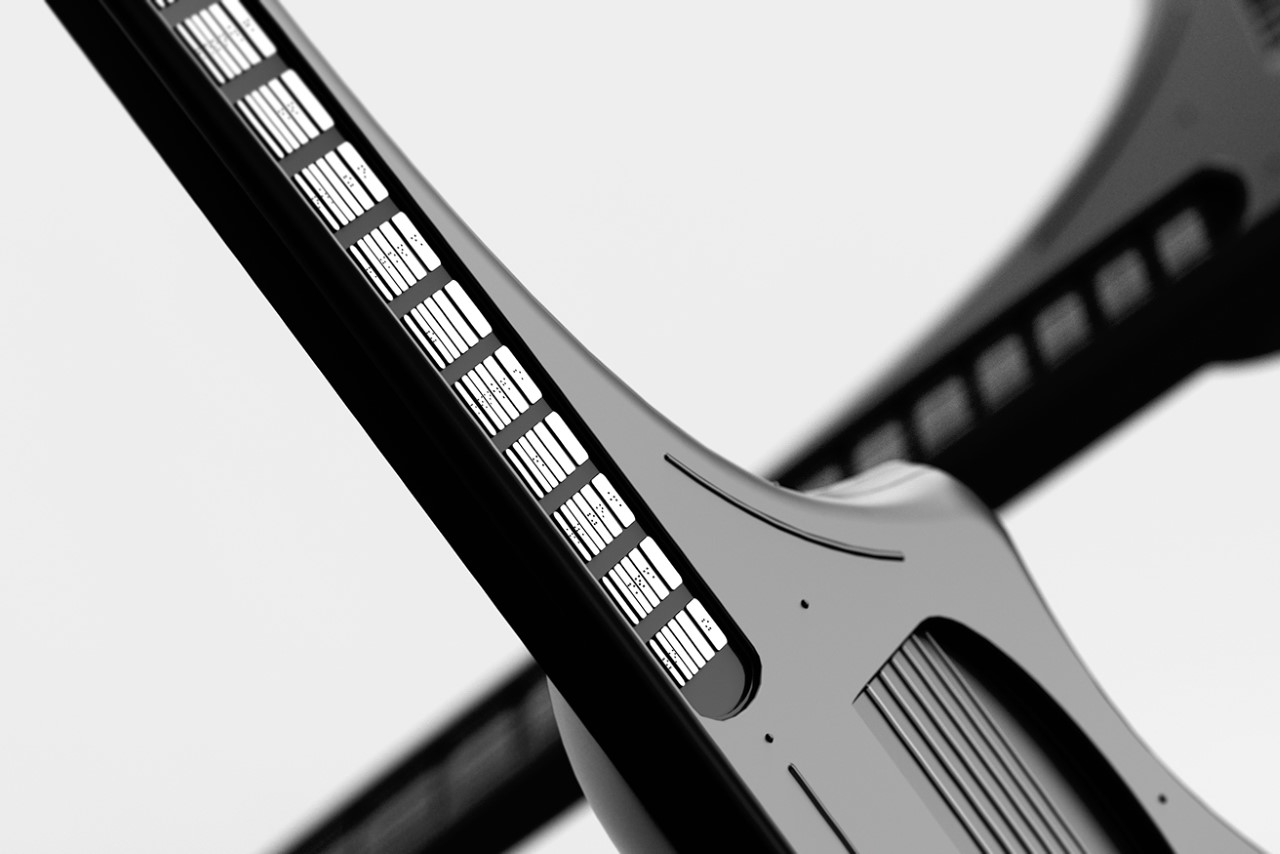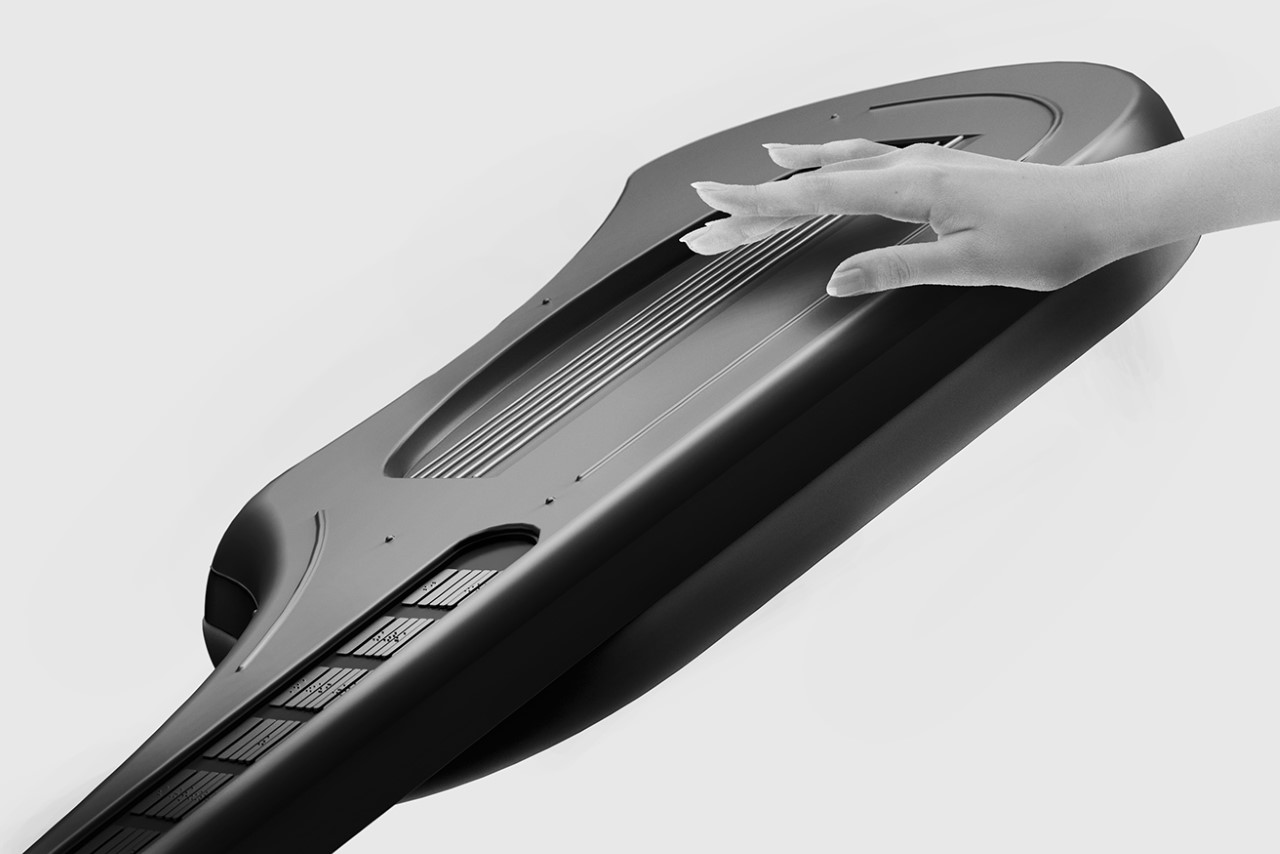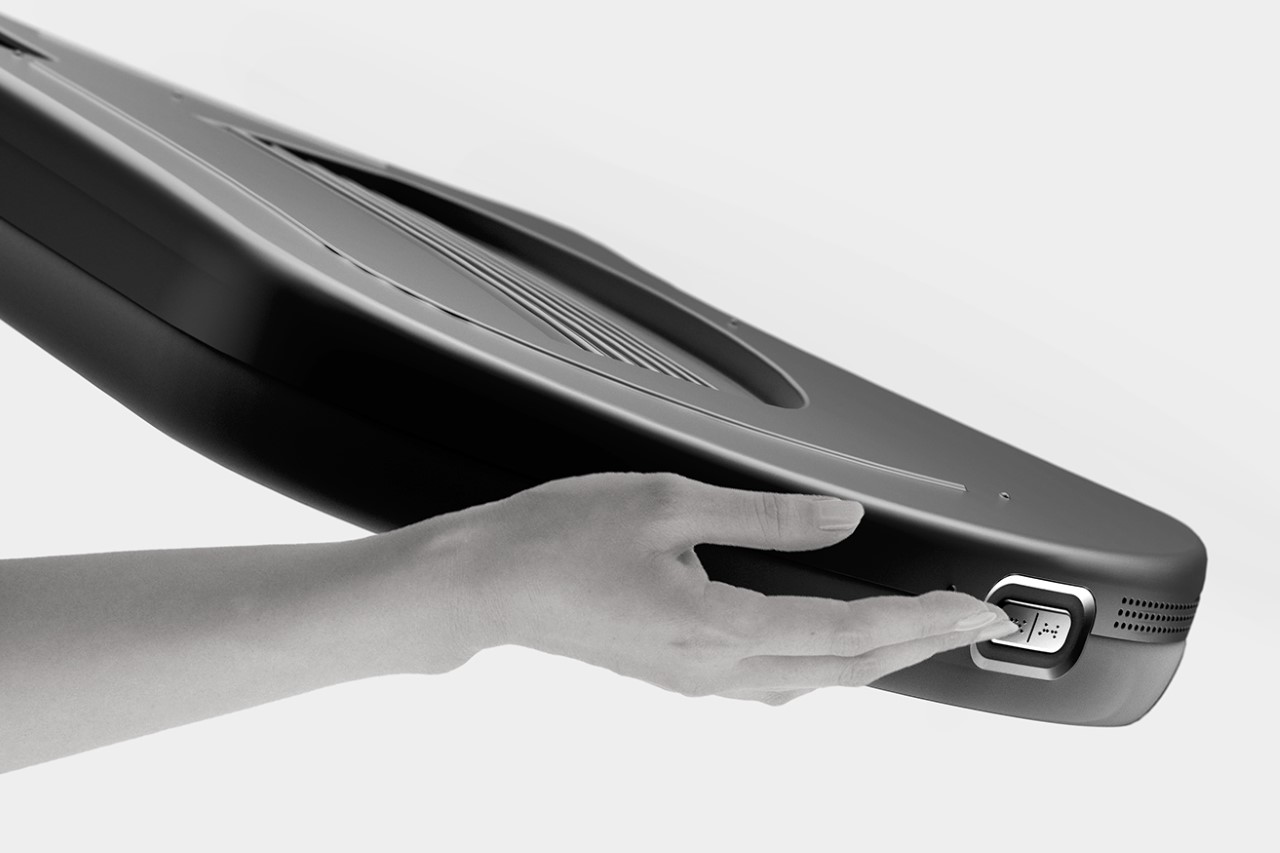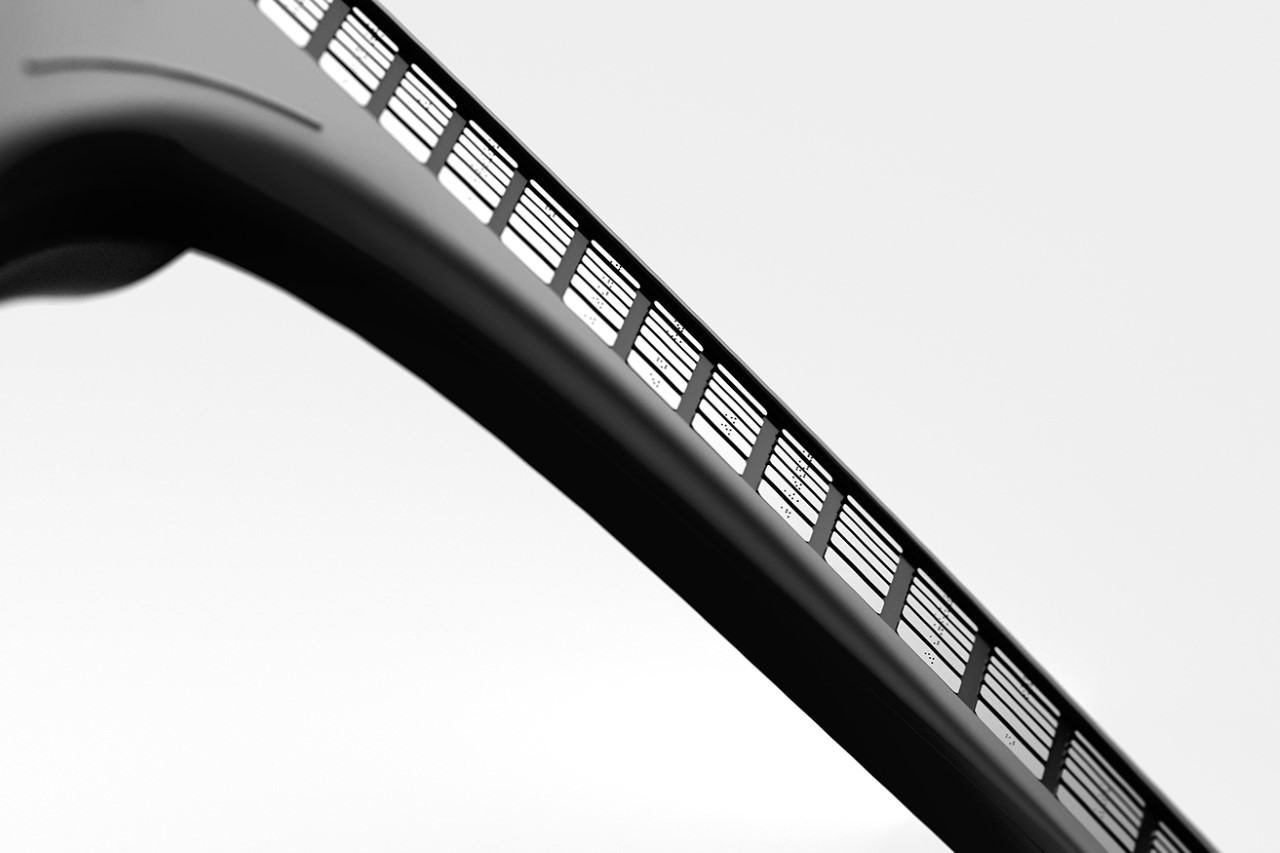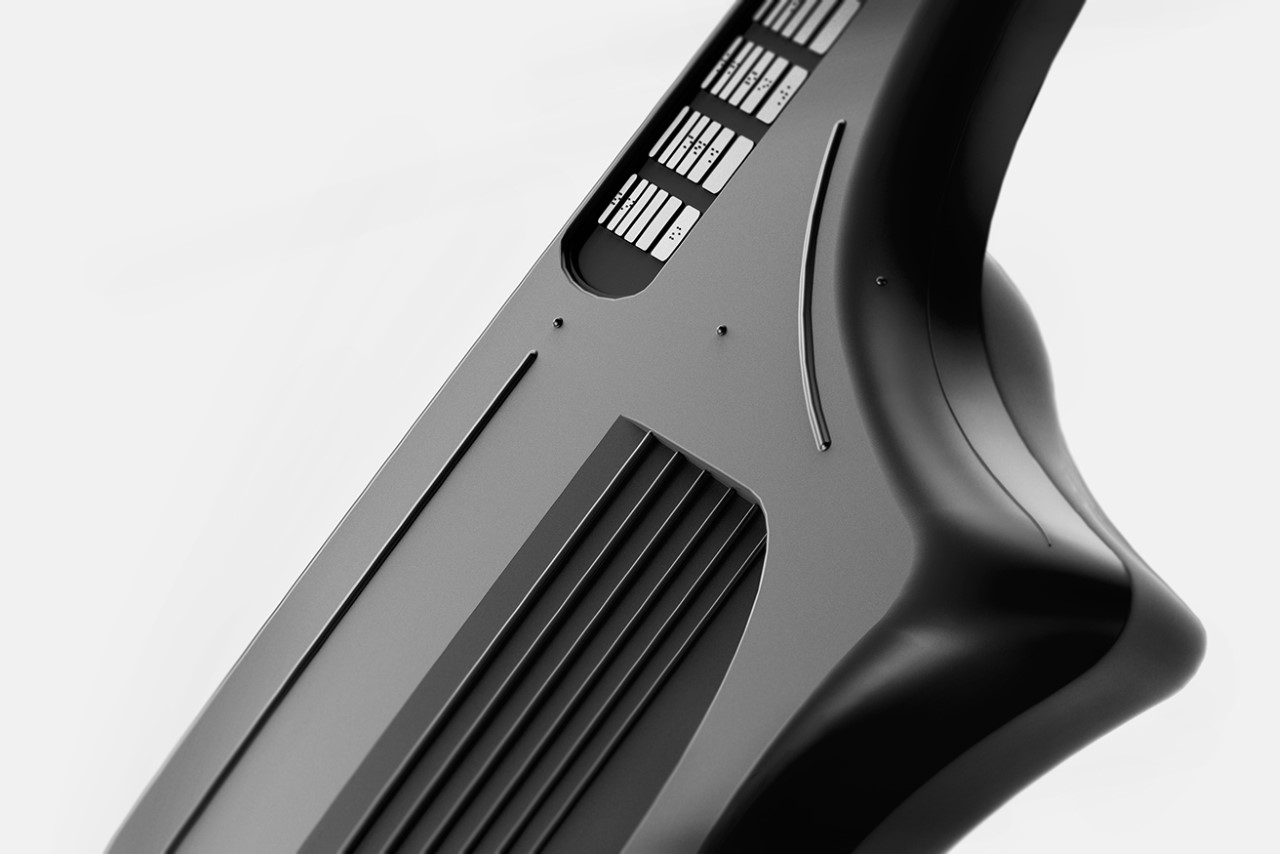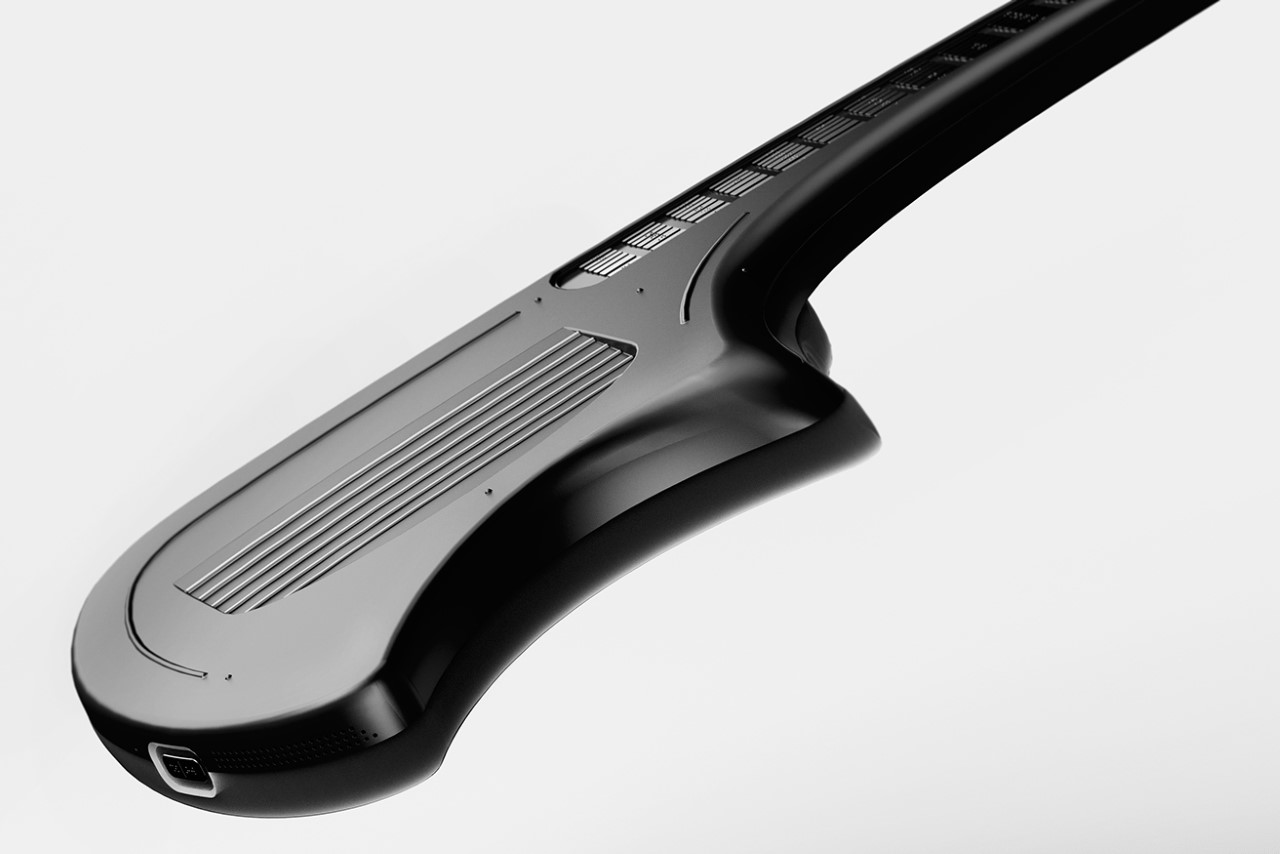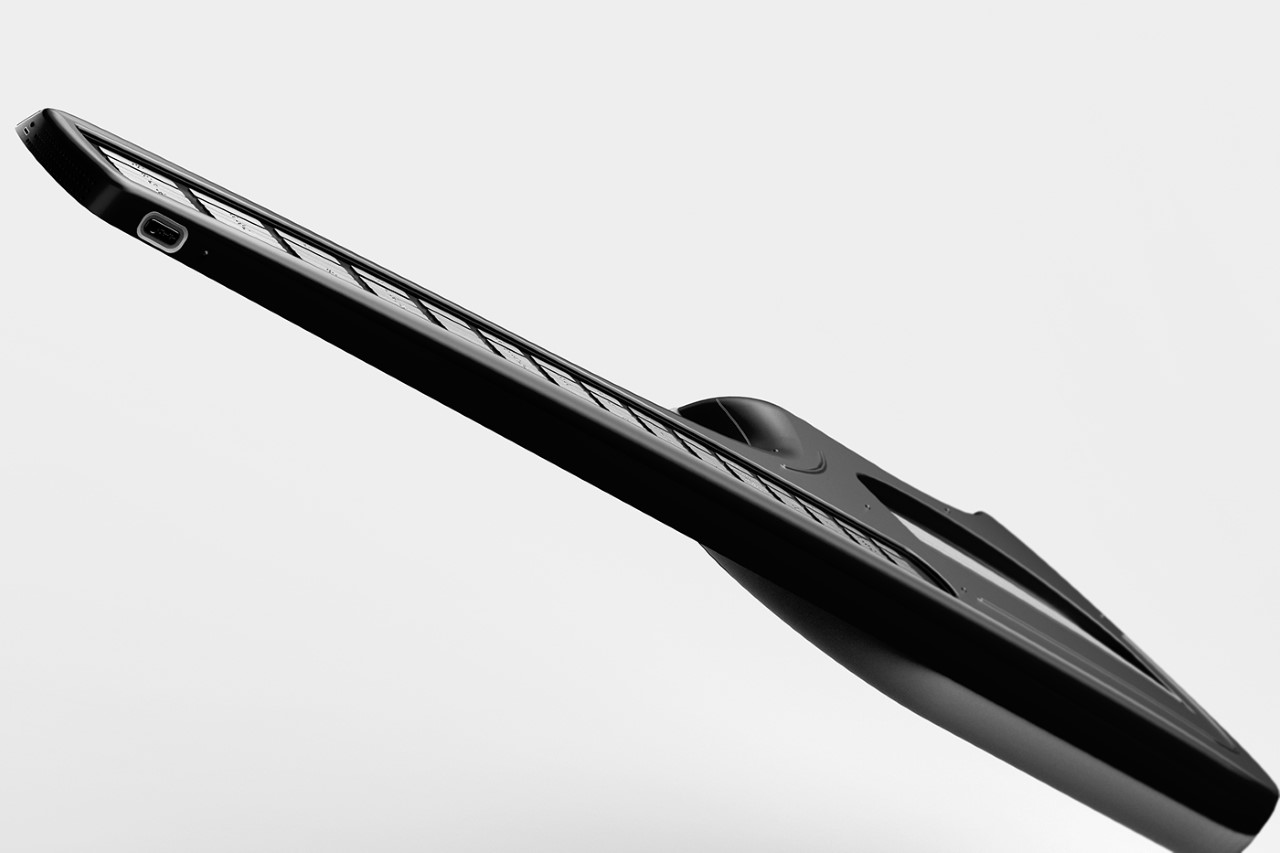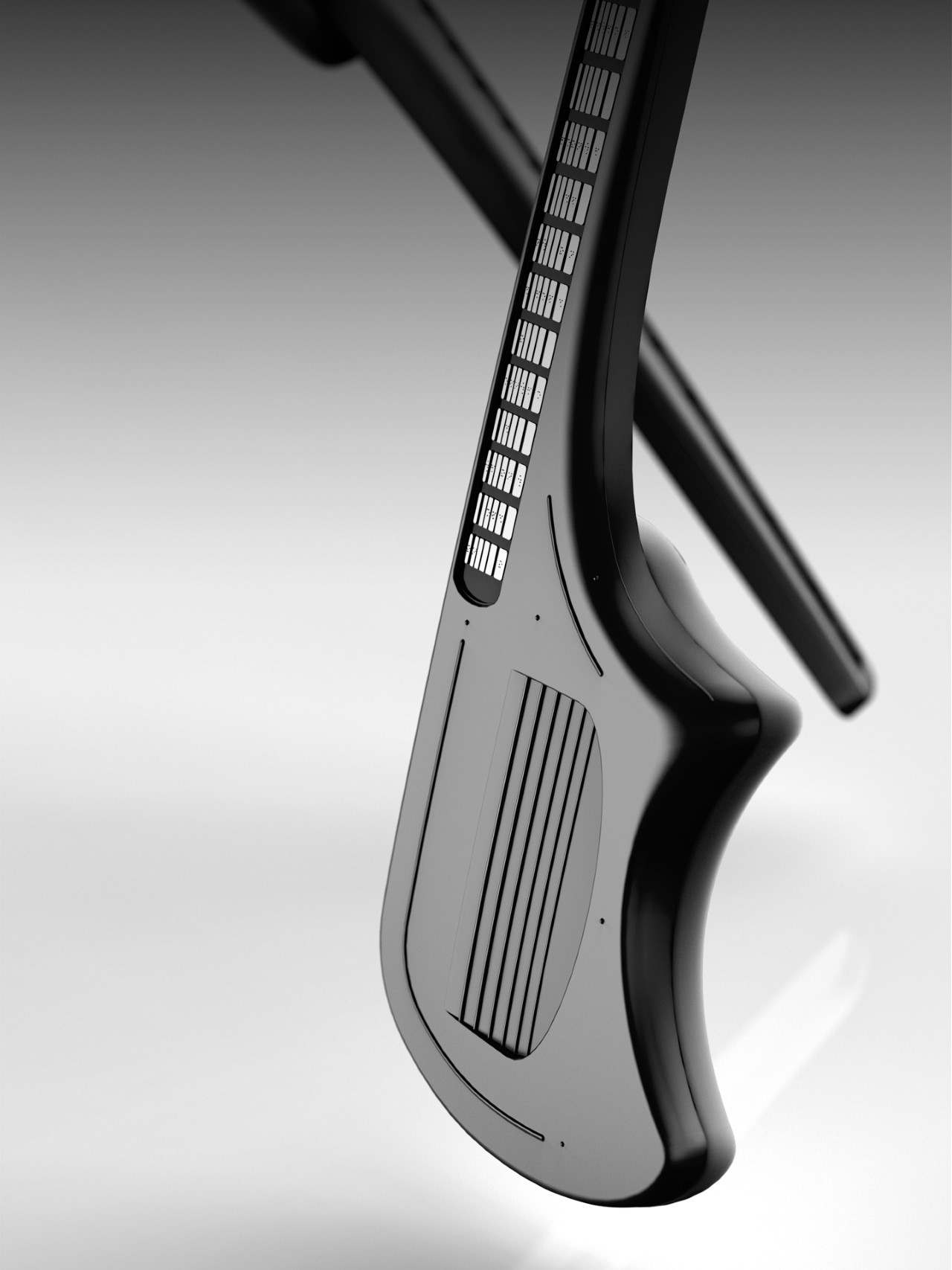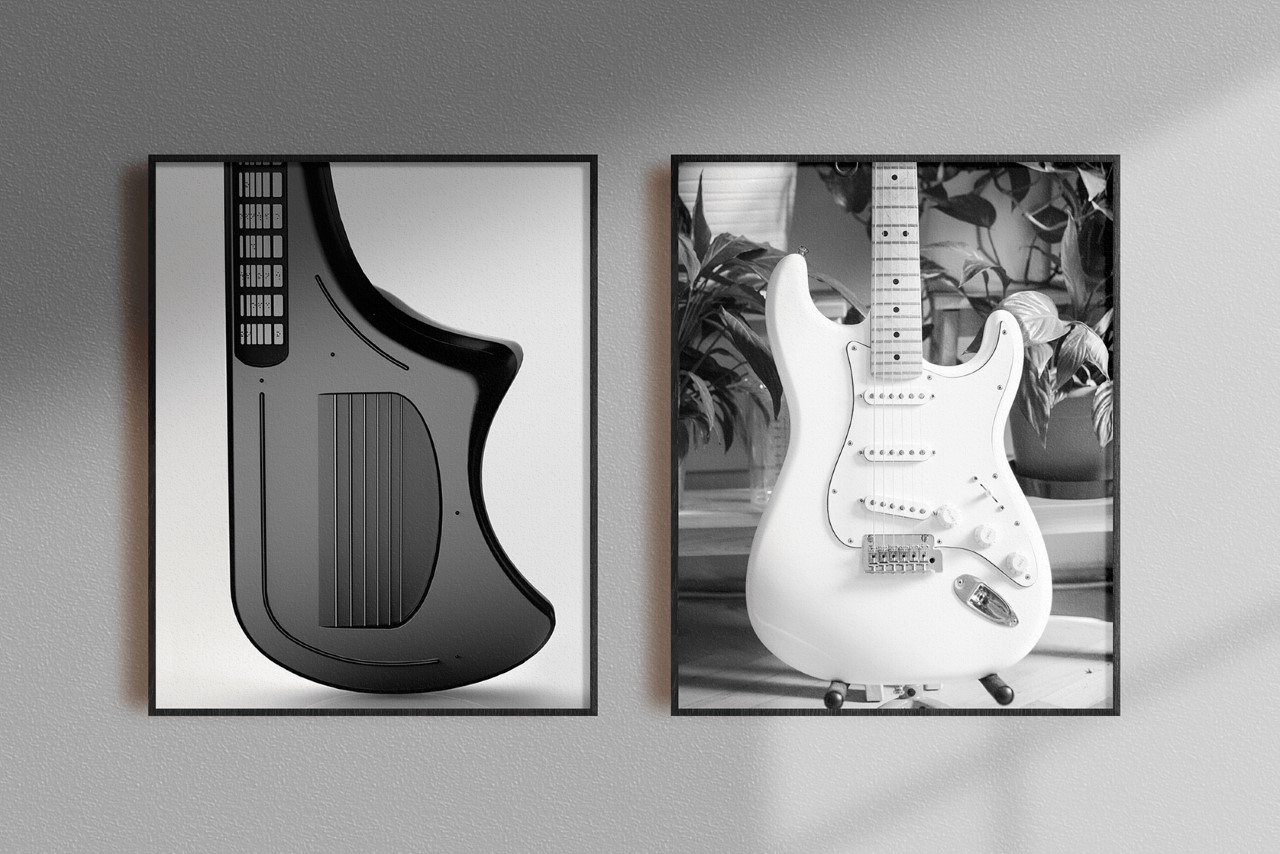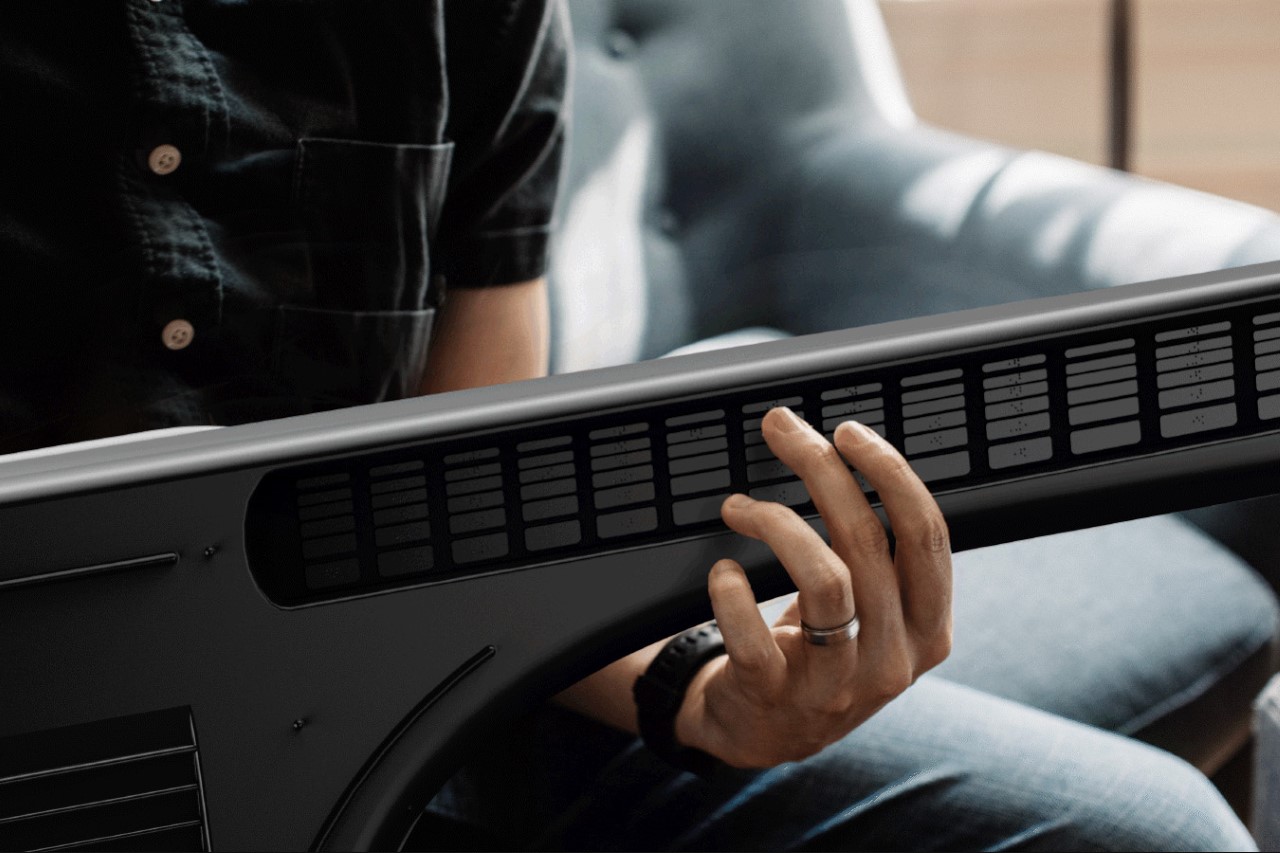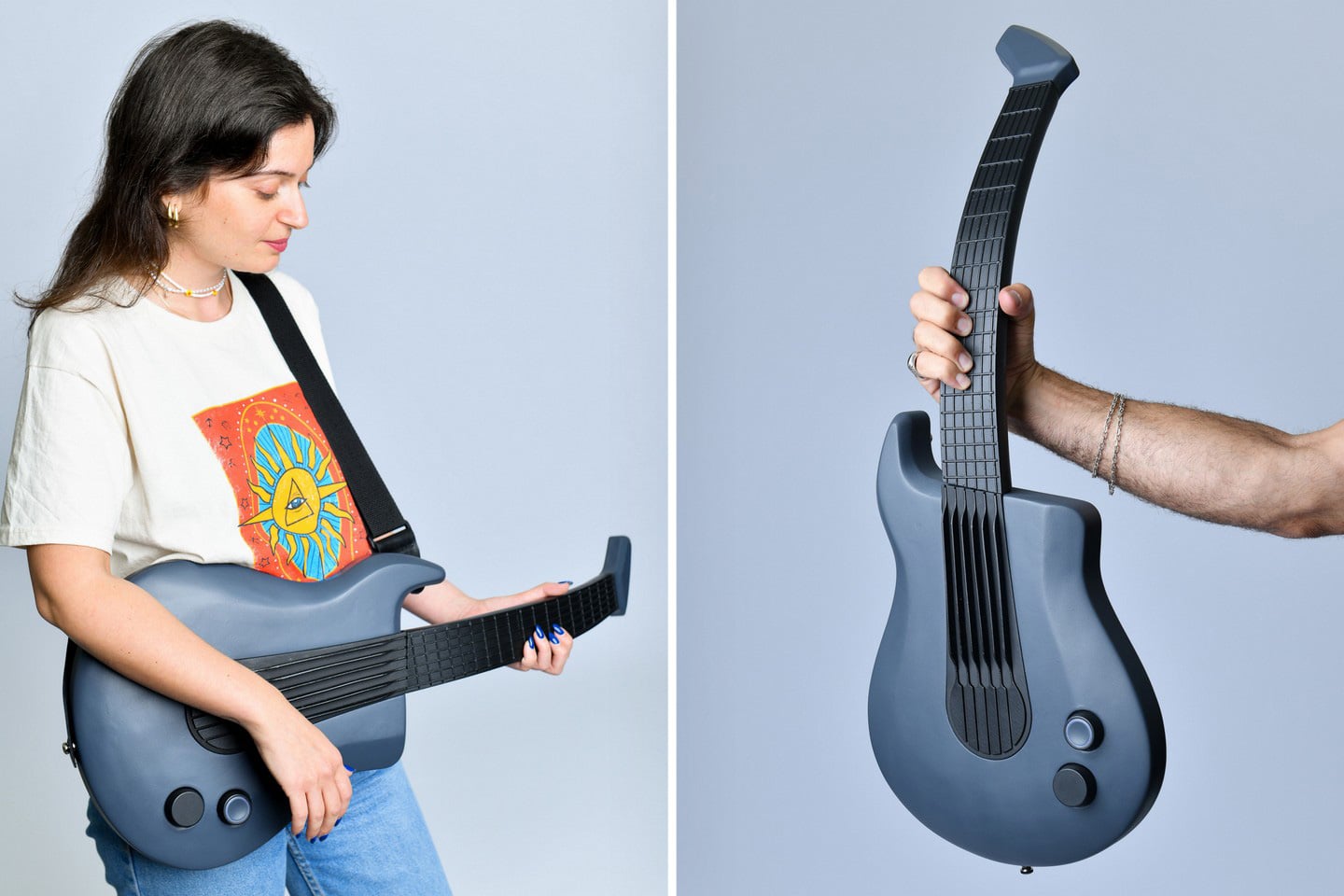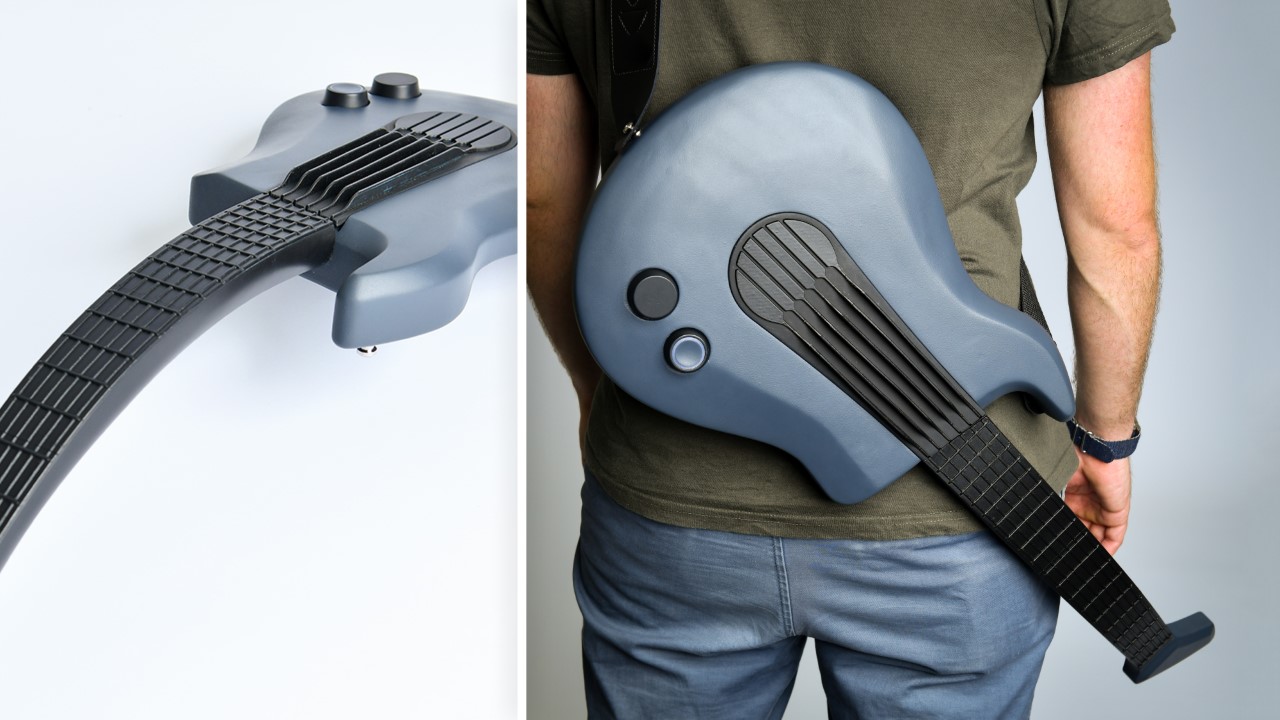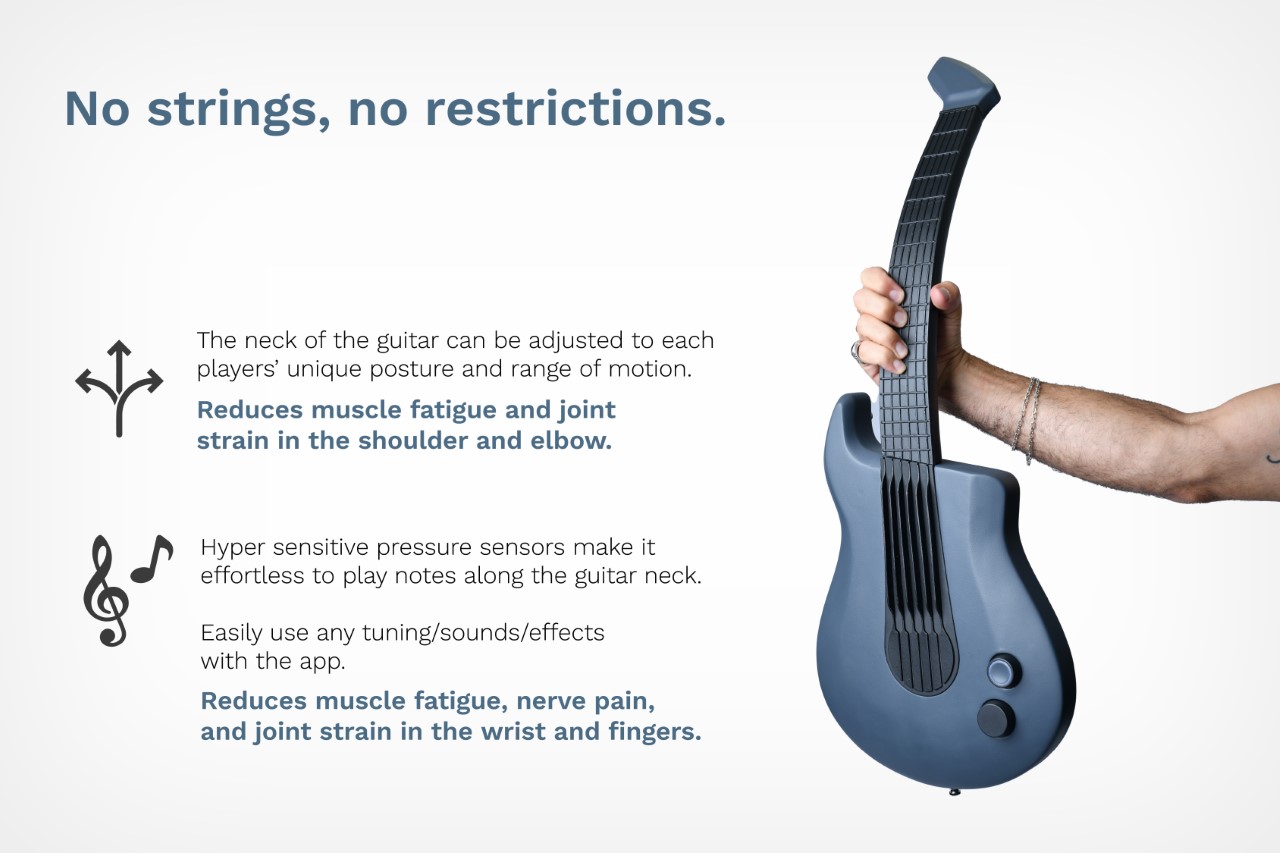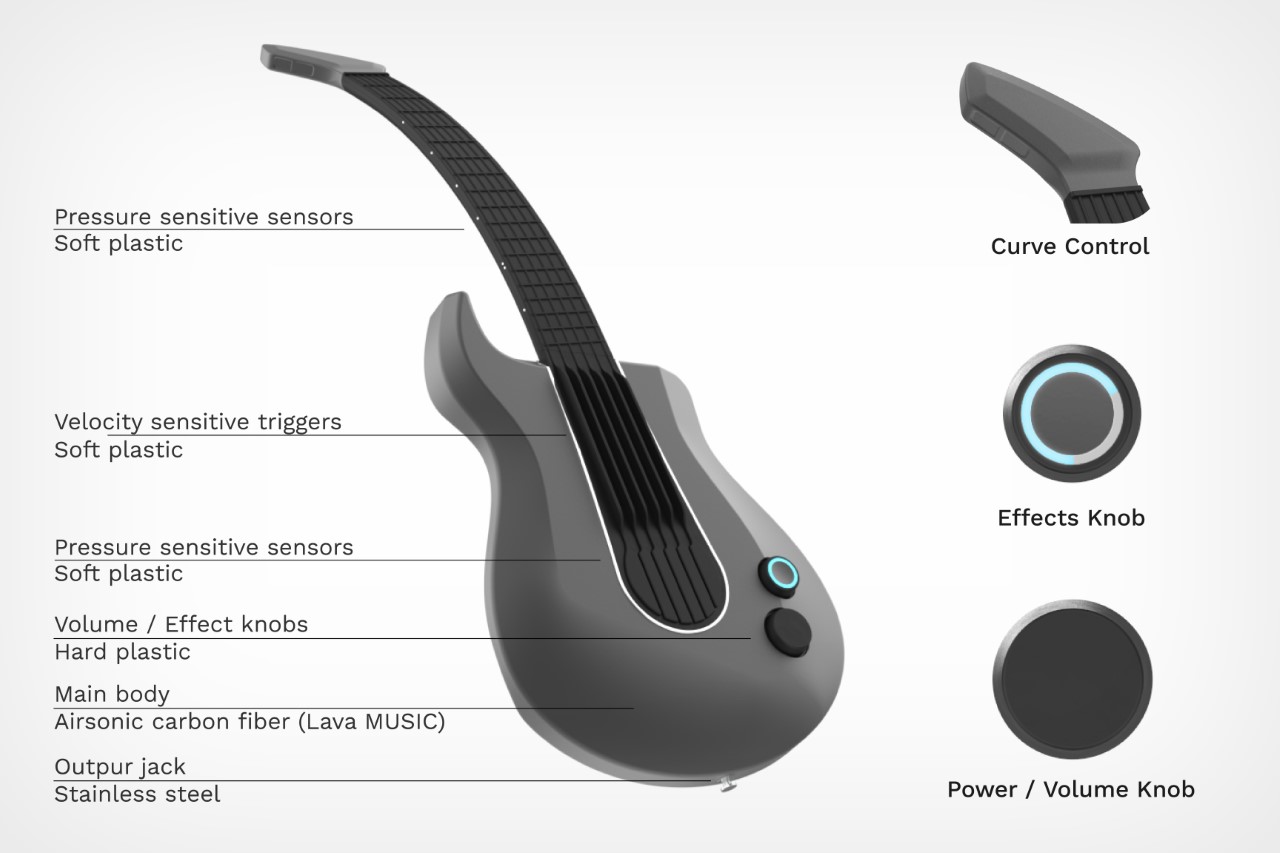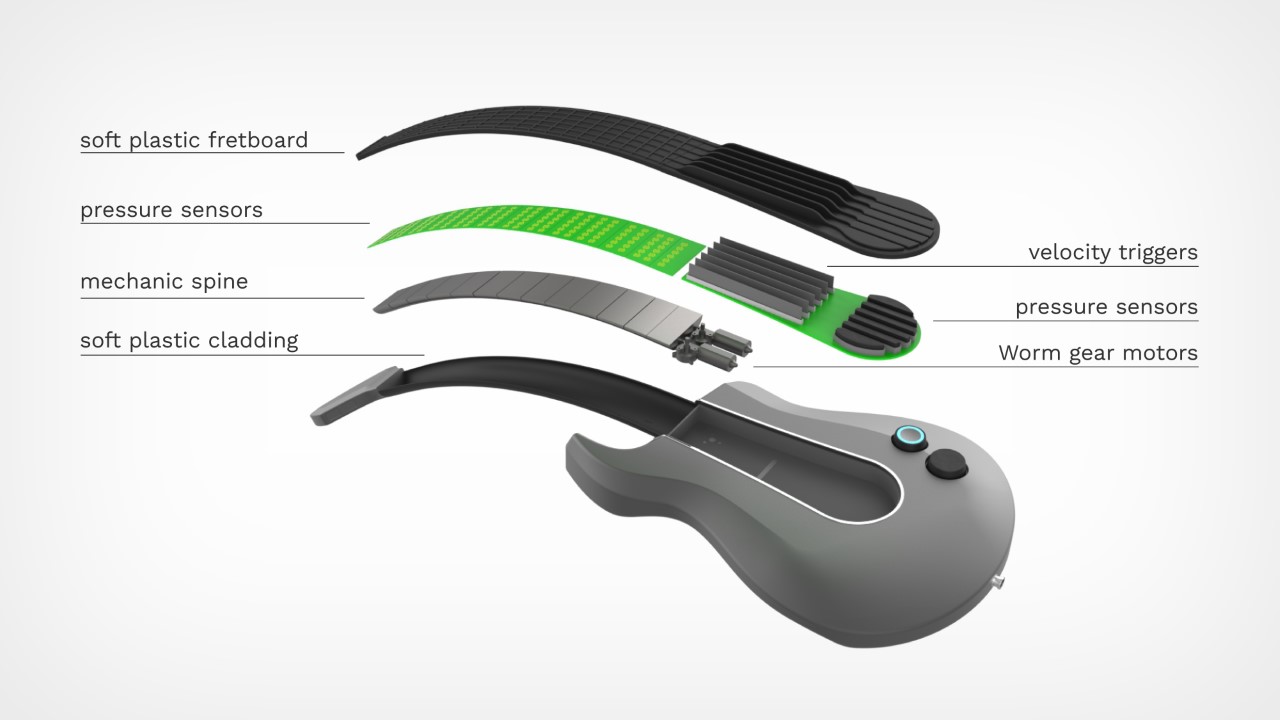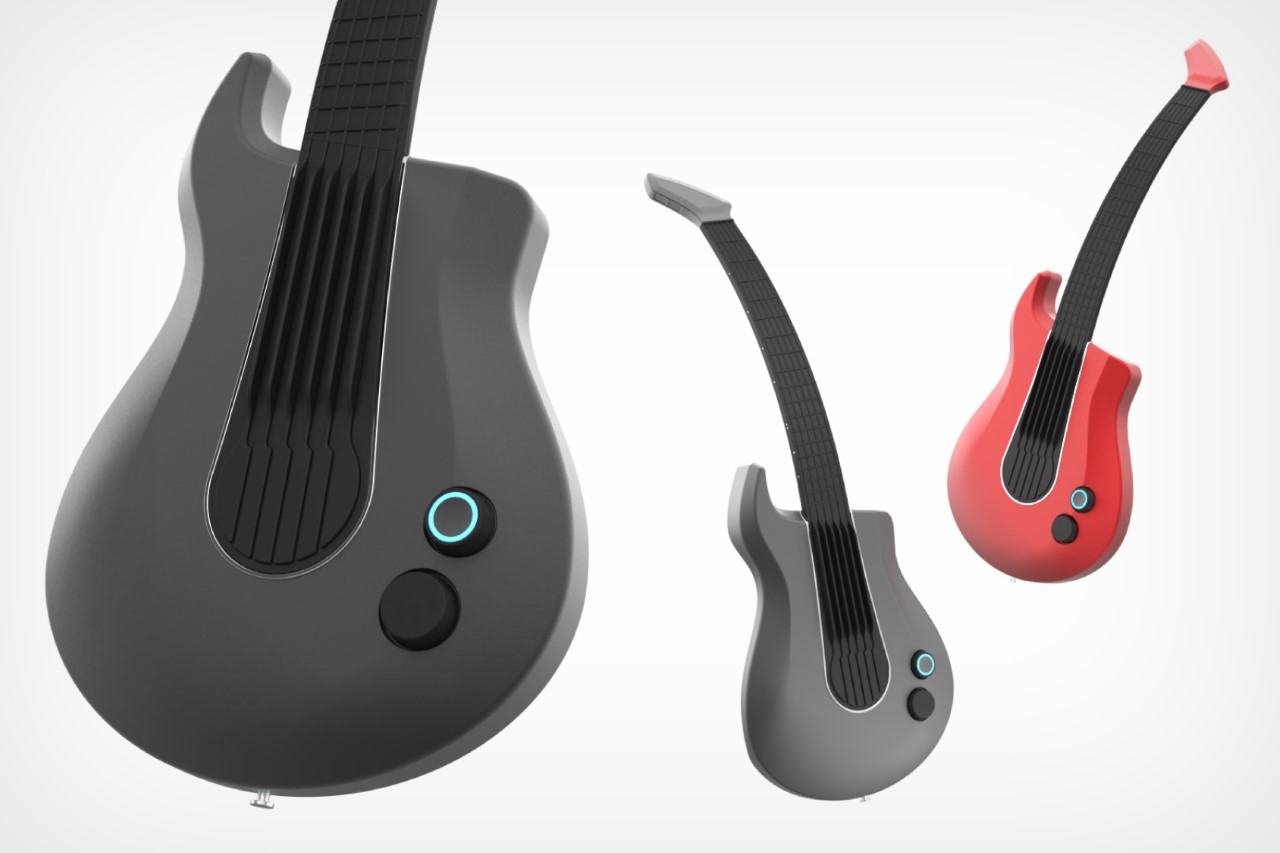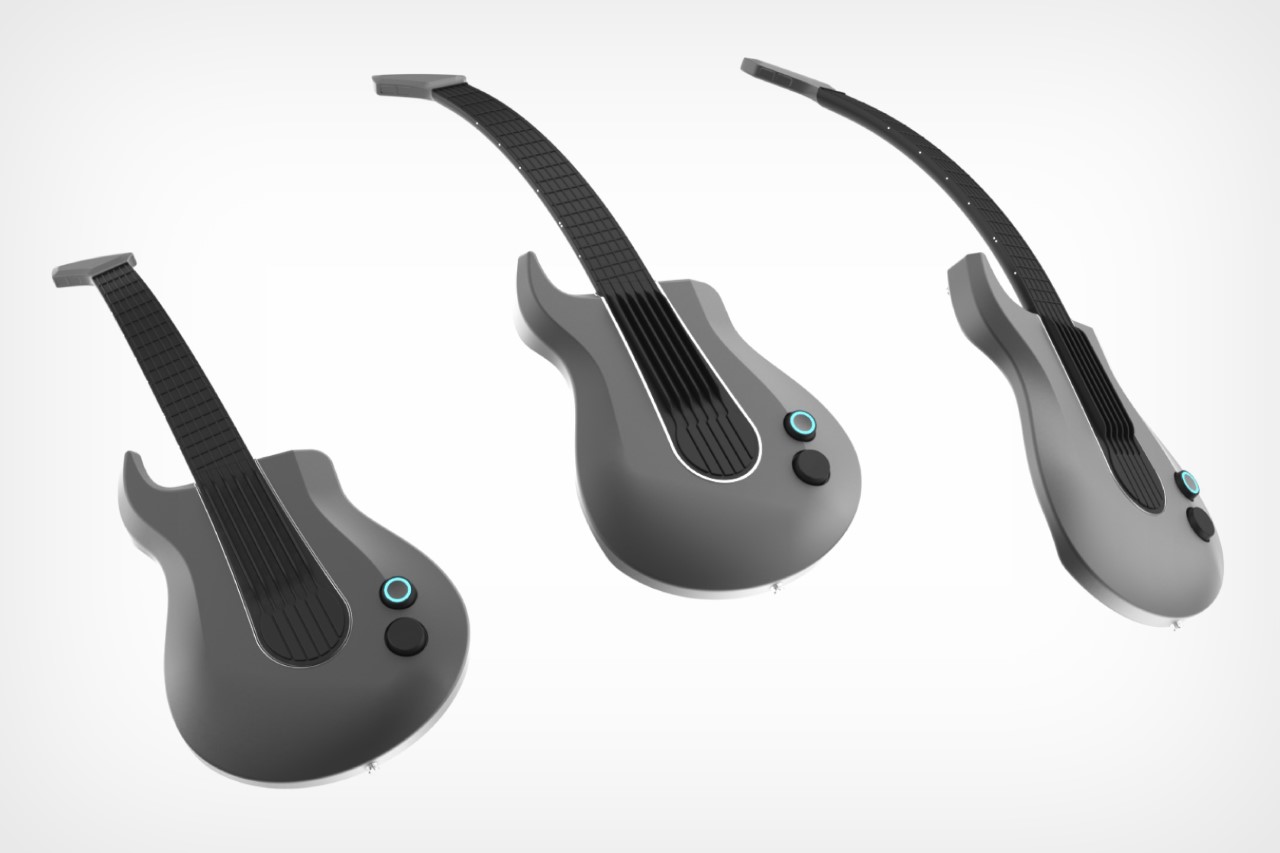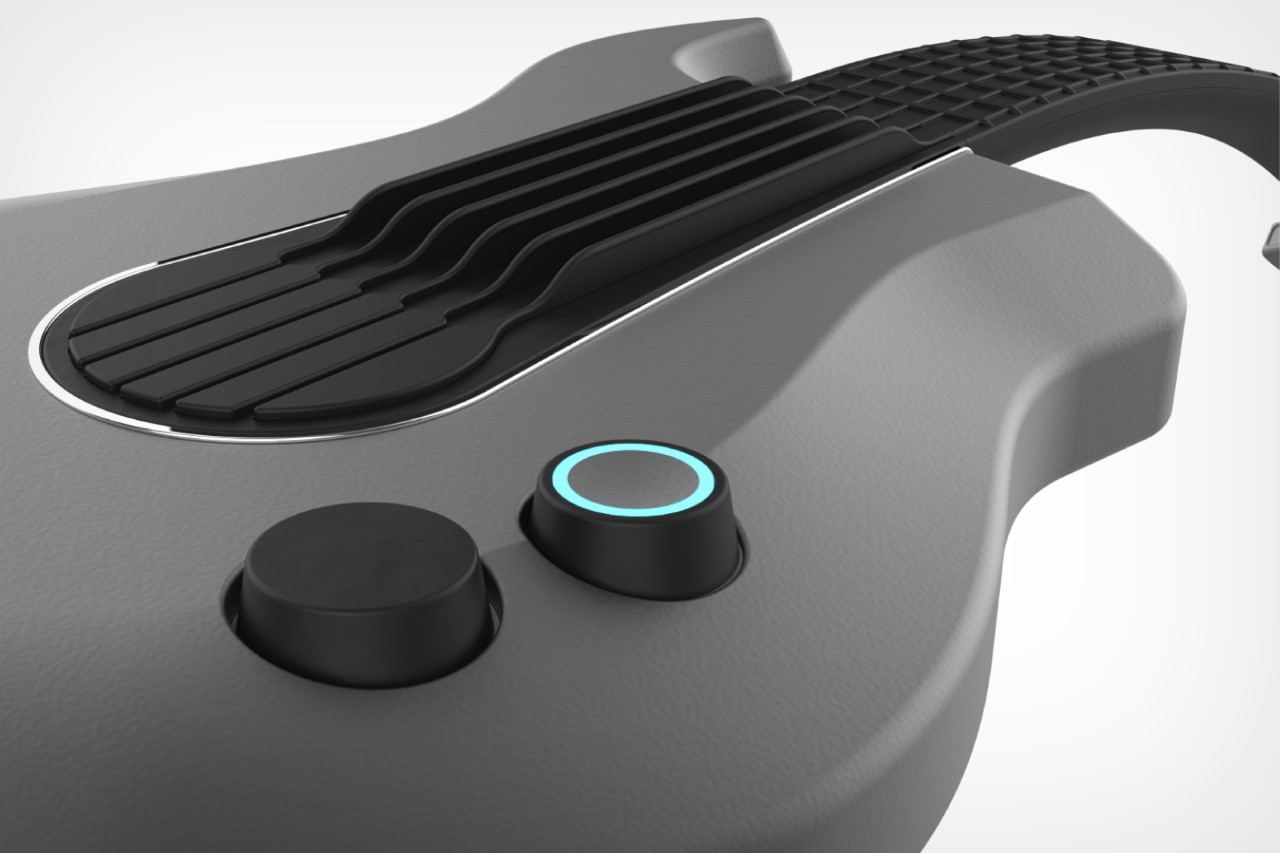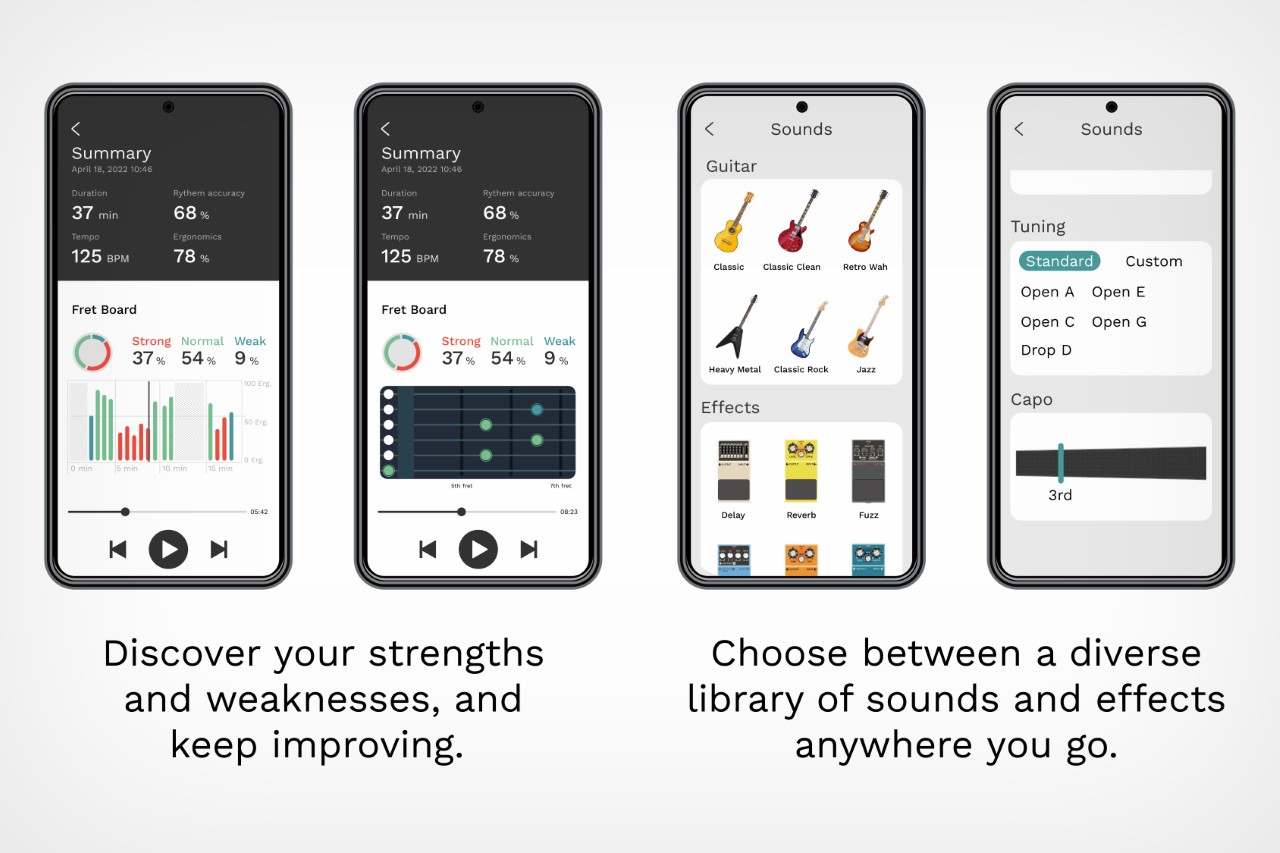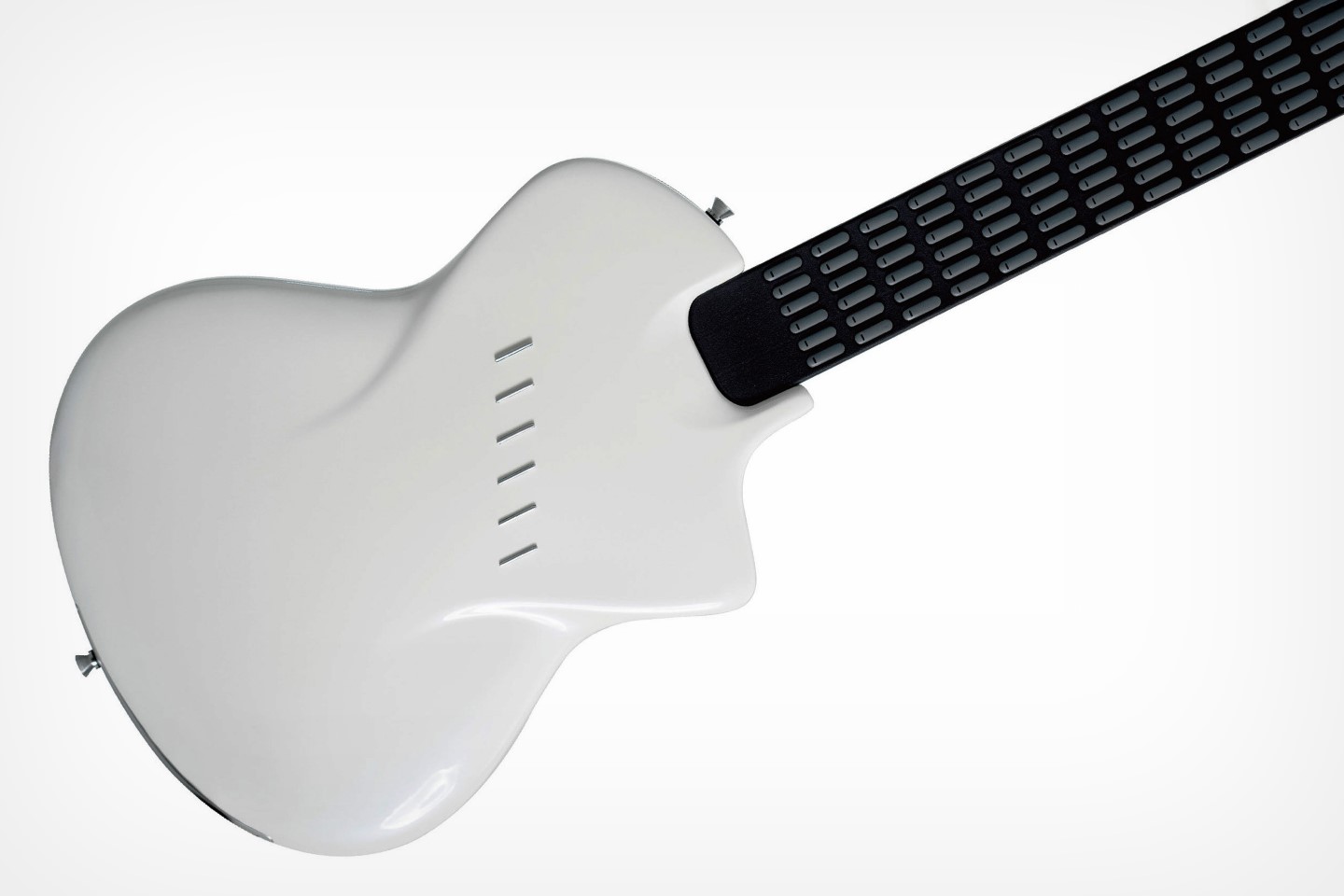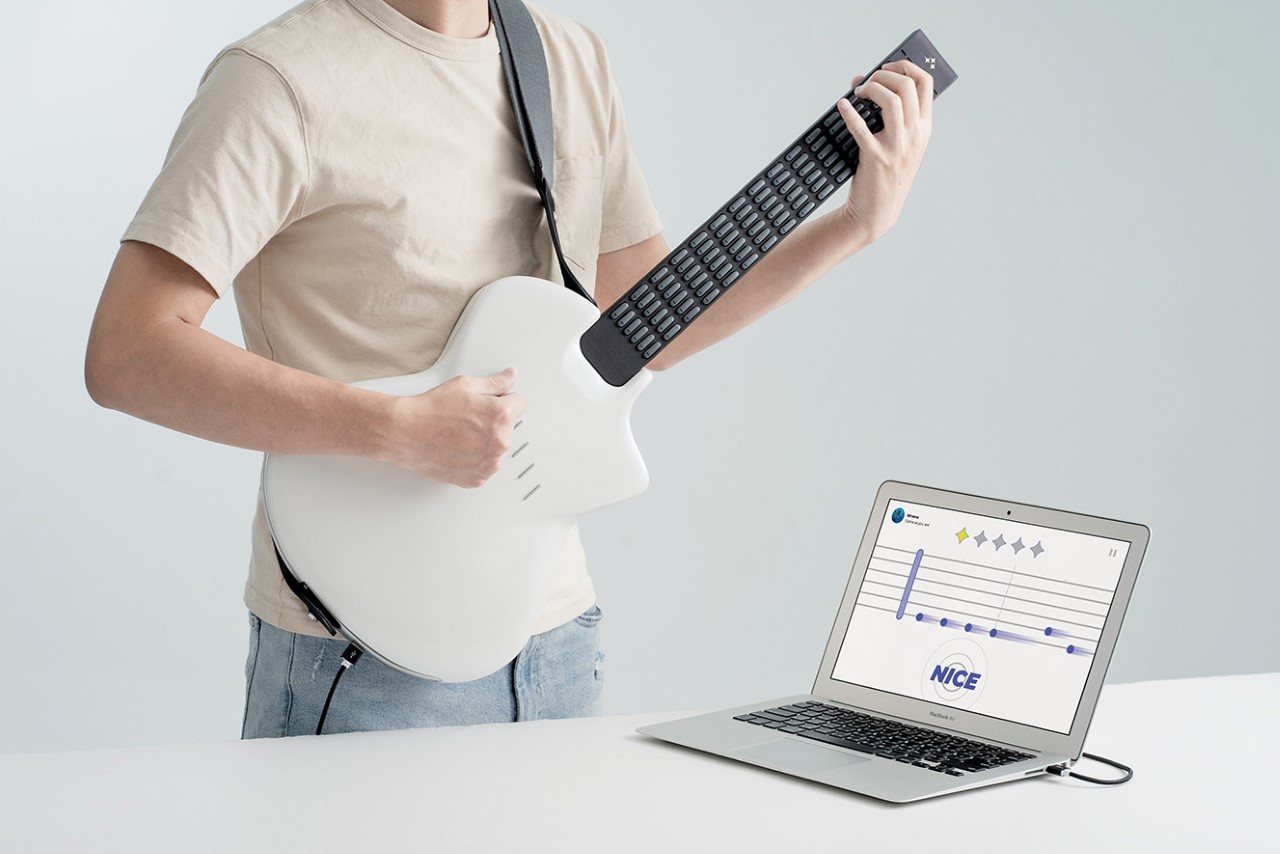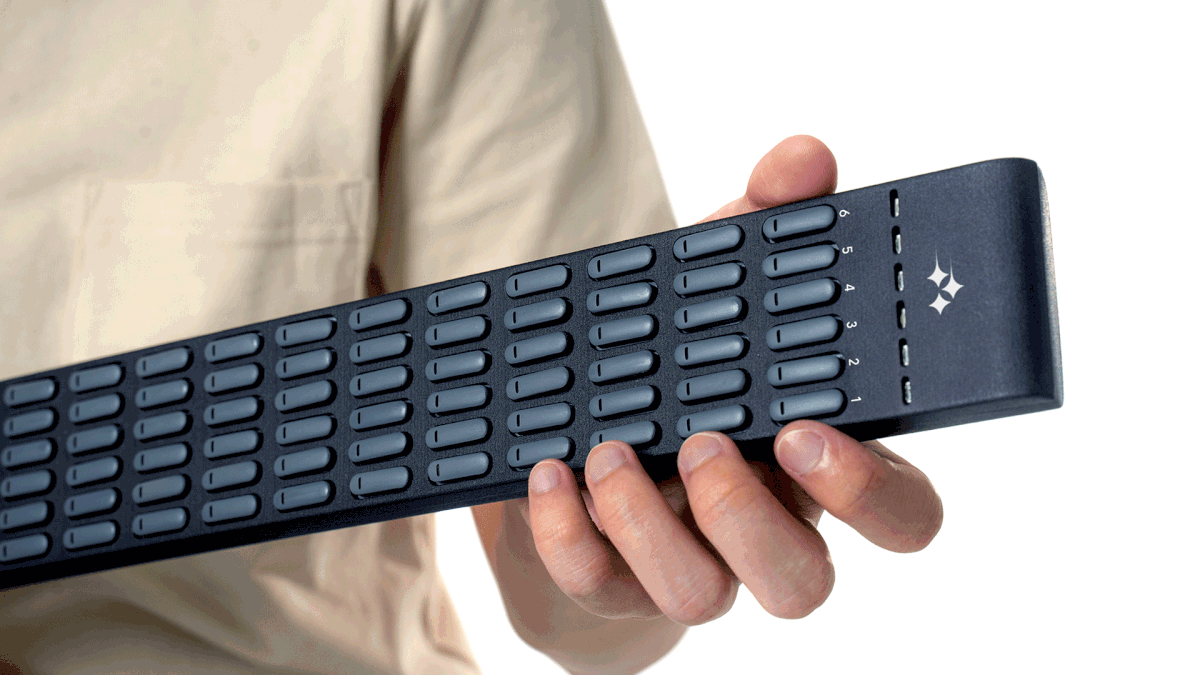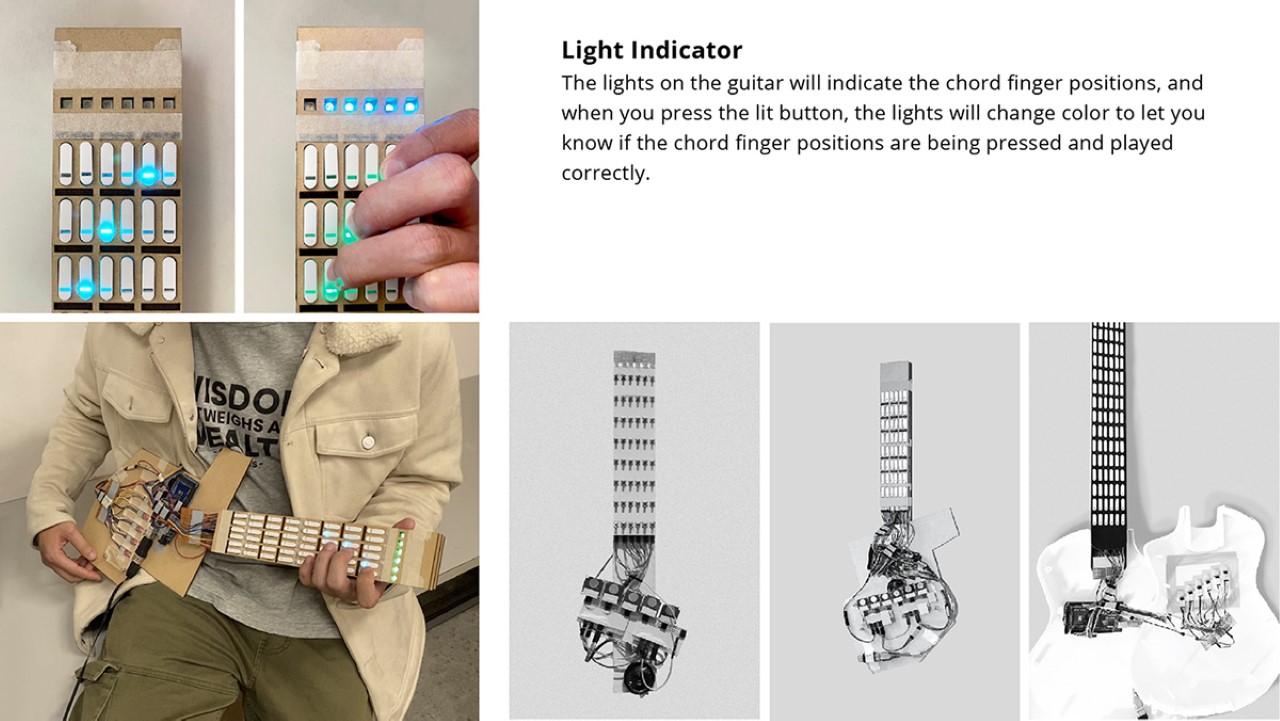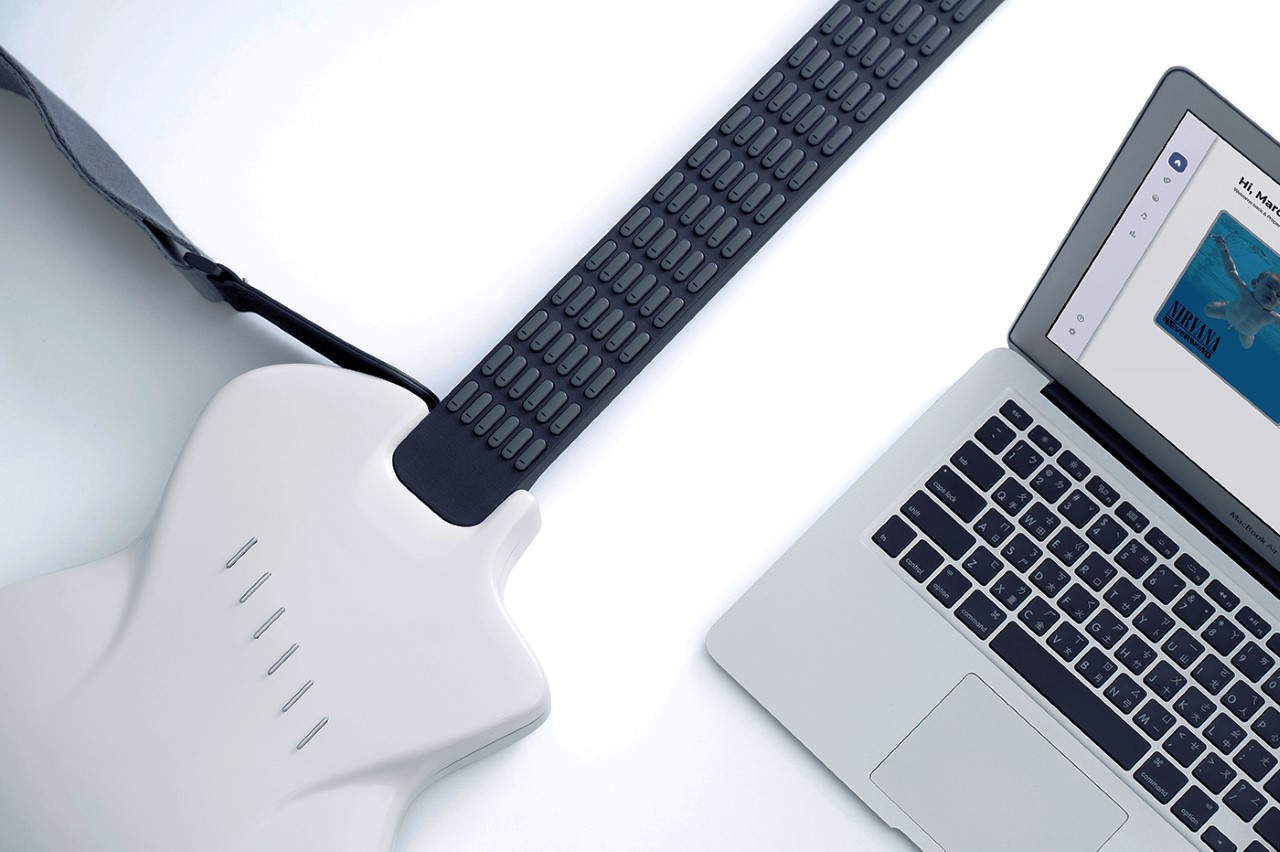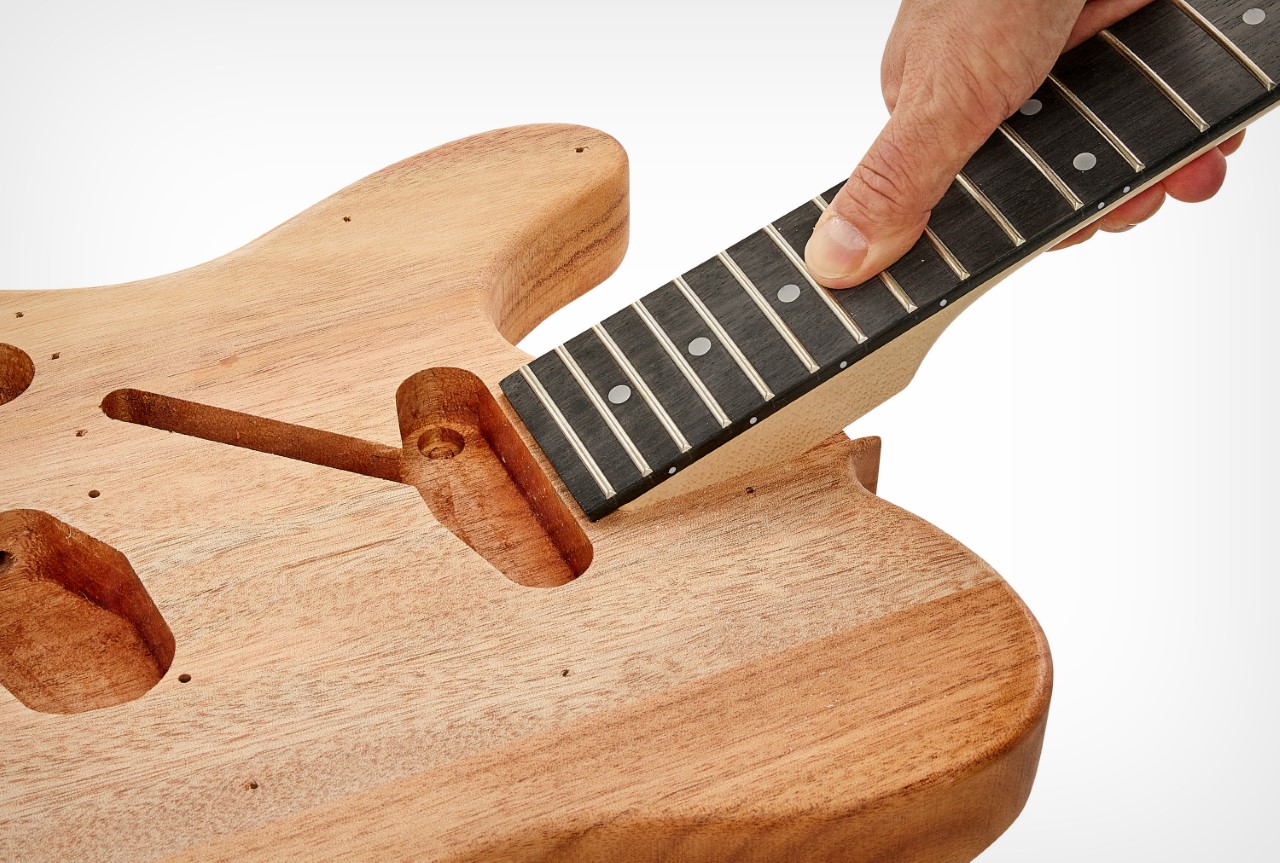
In the realm of musical craftsmanship, Harley Benton has raised the bar with its recent unveiling of a captivating range of do-it-yourself guitar kits. This innovative lineup not only offers musicians the opportunity to assemble their own instruments but also encourages a unique and personalized approach to guitar building. The collection includes four distinct models, each designed to cater to the diverse preferences and styles of guitarists. Among them, the standout is the unconventional square guitar, accompanied by a thin-line T-style model and left-handed S- and T-style models.
Designer: Harley Benton
Guitars are not just instruments; they are extensions of a musician’s identity and style. Recognizing this, Harley Benton’s DIY guitar kits acknowledge the personal connection individuals have with their instruments. These kits provide a canvas for musicians to express themselves not just through their playing but also through the process of building a guitar tailored to their preferences.
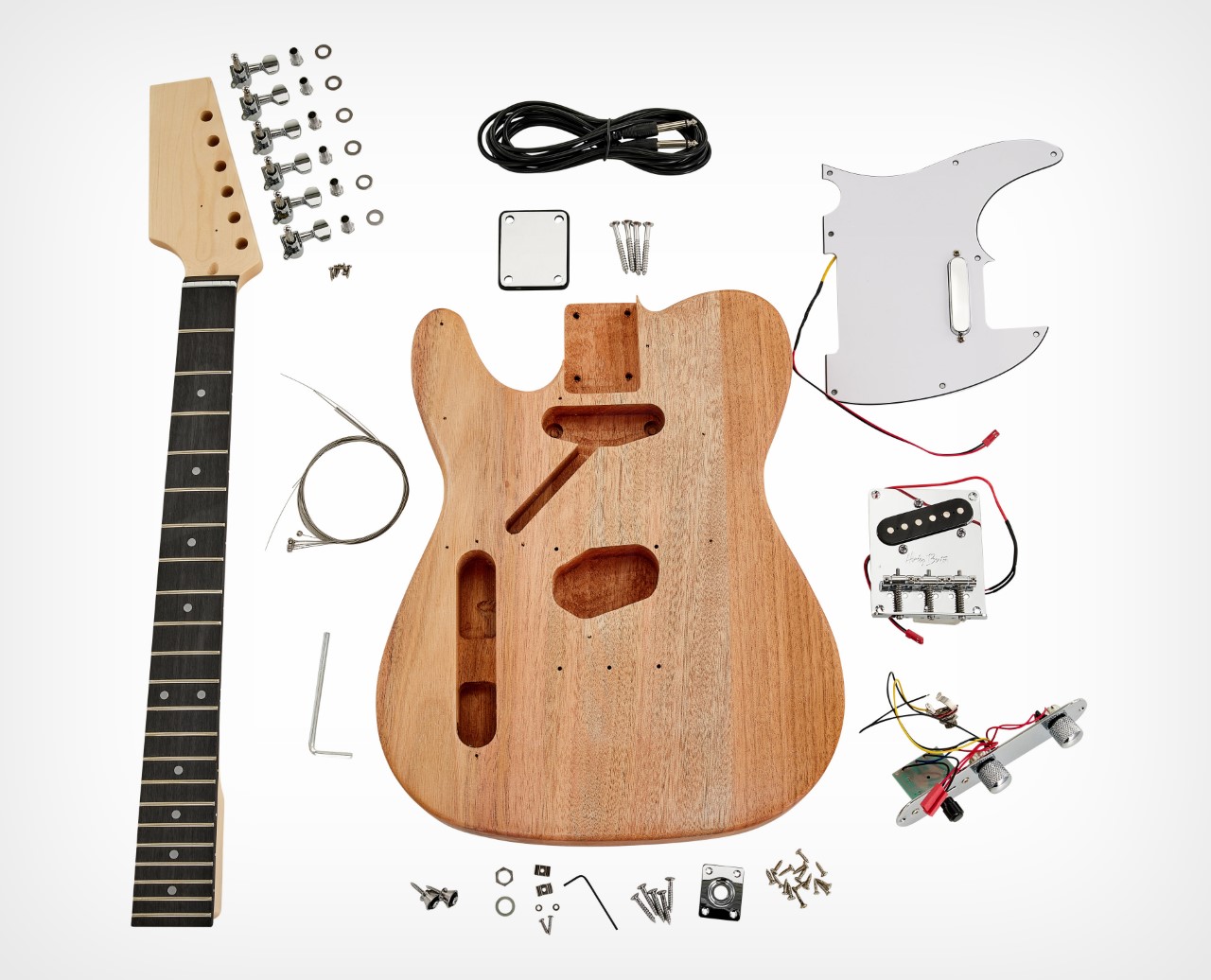
Each DIY kit is meticulously curated to include all the essential components required to build a complete instrument. From strings to pickups, body, and more, these kits are designed to offer a seamless and satisfying building experience. The standard Rengas body, with variations in wood color, is accompanied by maple necks, providing a sturdy foundation for creativity. Musicians can choose to paint the body or leave it in its natural state, with the added convenience of pre-prepared routing for pickups, tuners, bridge, and electronics.
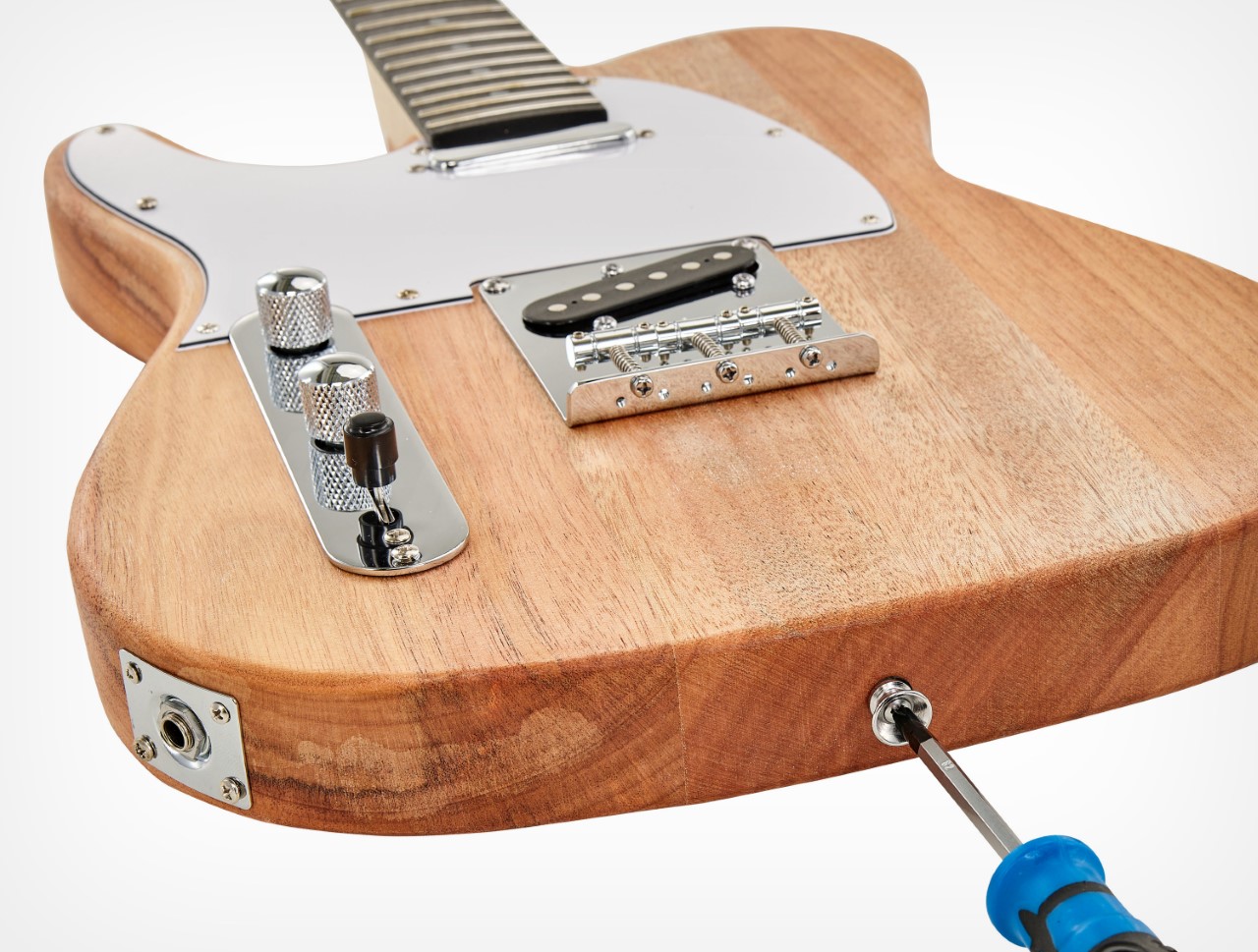
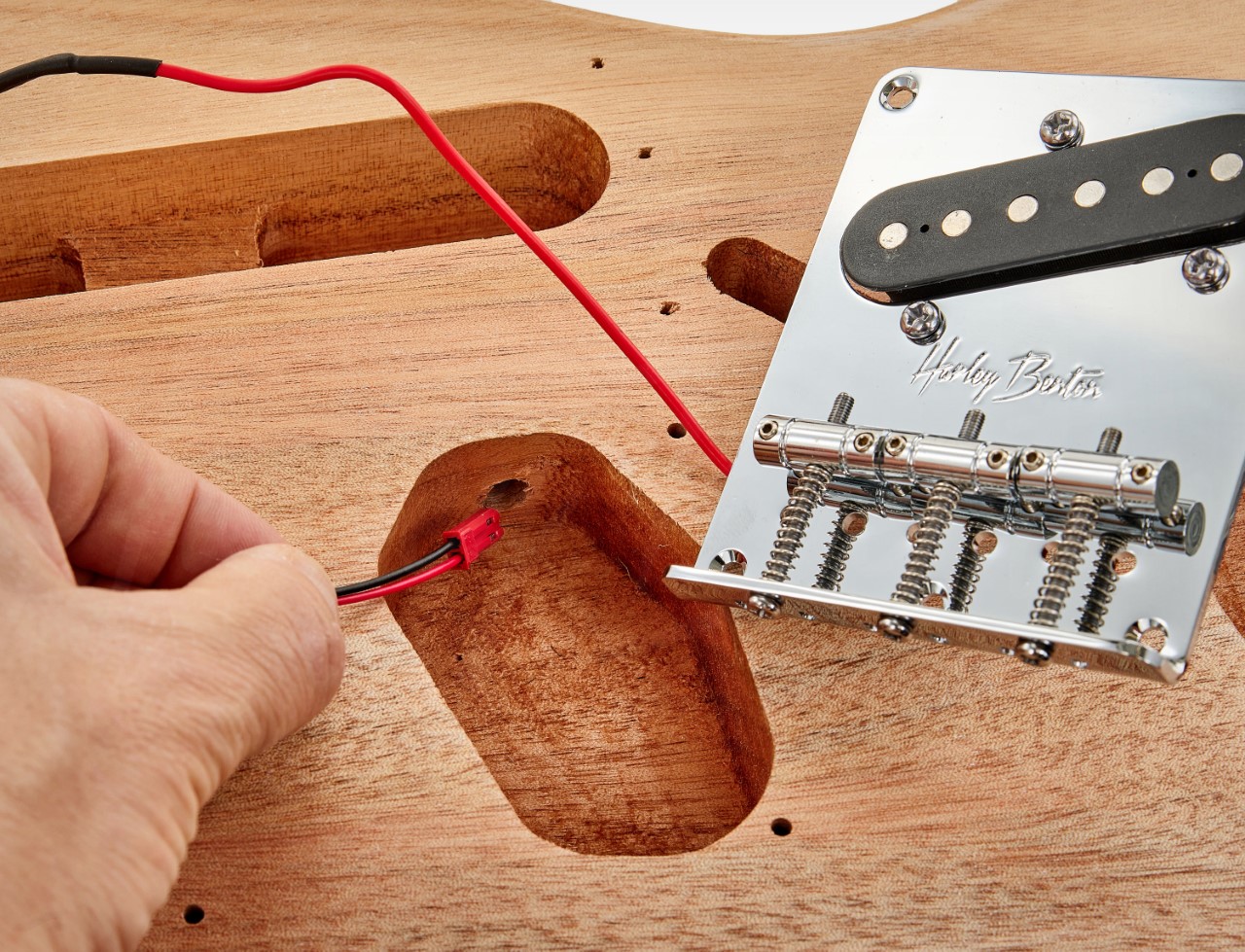
Harley Benton recognizes that true creativity lies in customization. The kits come with bodies and necks finished with a wood sealer, facilitating easy application of lacquer for those who wish to add a personal touch to the aesthetics. The square model, for instance, comes with 22 frets, one volume and one tone control, a three-way switch, a Tune-O-Matic bridge, and two humbuckers, offering versatility and the potential for musicians to craft their unique sound.
There’s a special connection that comes with creating something with your own hands. Building a guitar from scratch provides not only a sense of accomplishment but also a deeper understanding and appreciation for the instrument. When musicians invest time and effort into crafting their guitars, they naturally develop a stronger bond with their creations. This hands-on experience allows them to see every inch of their instrument, fostering a sense of pride and ownership.
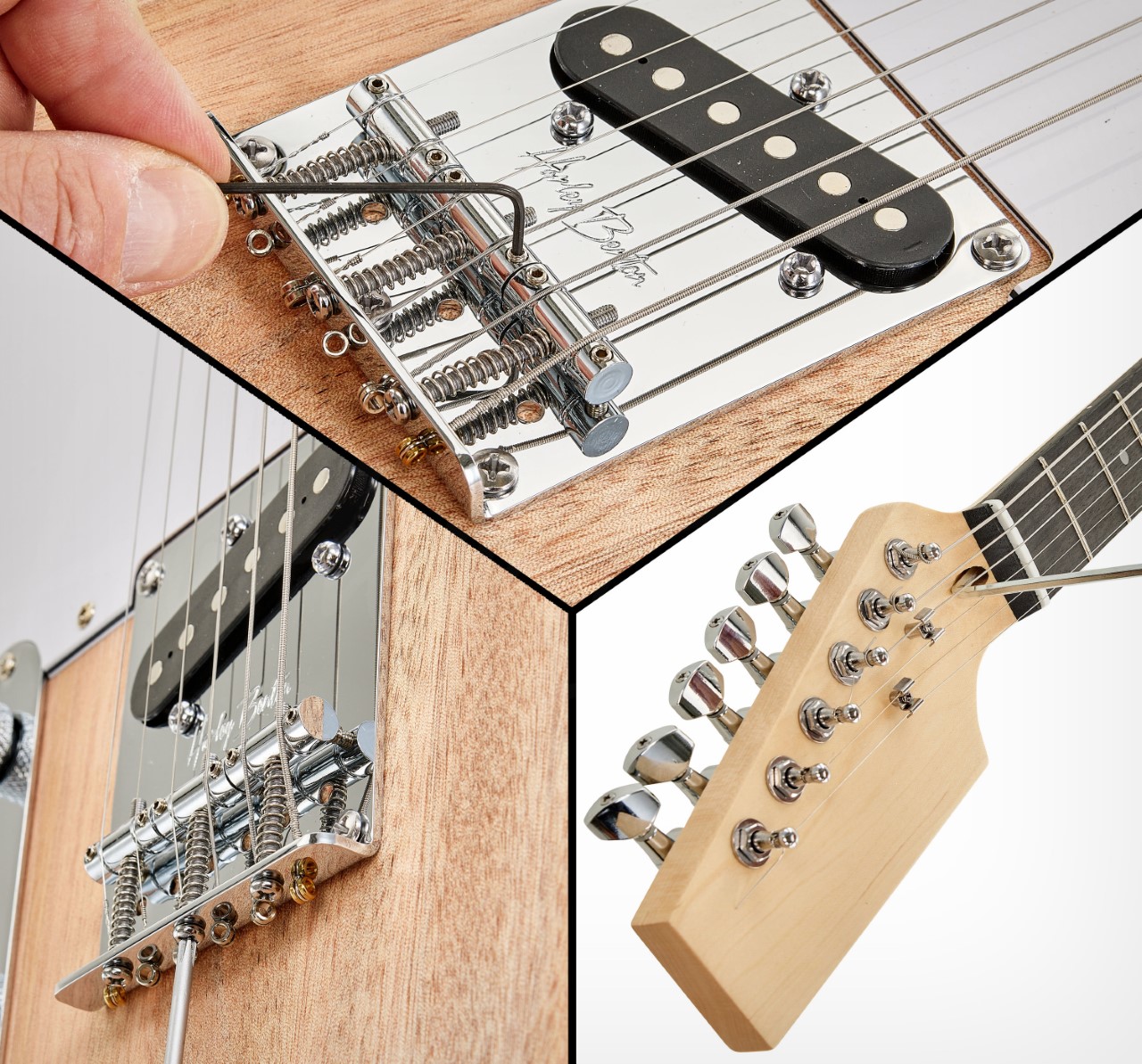
As someone who has owned a guitar since the age of 15, I understand the evolving relationship one has with their instrument. The idea of having a DIY guitar resonates deeply with me. I believe that if I had embarked on the journey of building my own guitar, I would have treasured it even more. The process of creating something from scratch adds a layer of intimacy that goes beyond the joy of playing; it becomes a testament to one’s creativity and craftsmanship. However, it may also leave room for some errors.
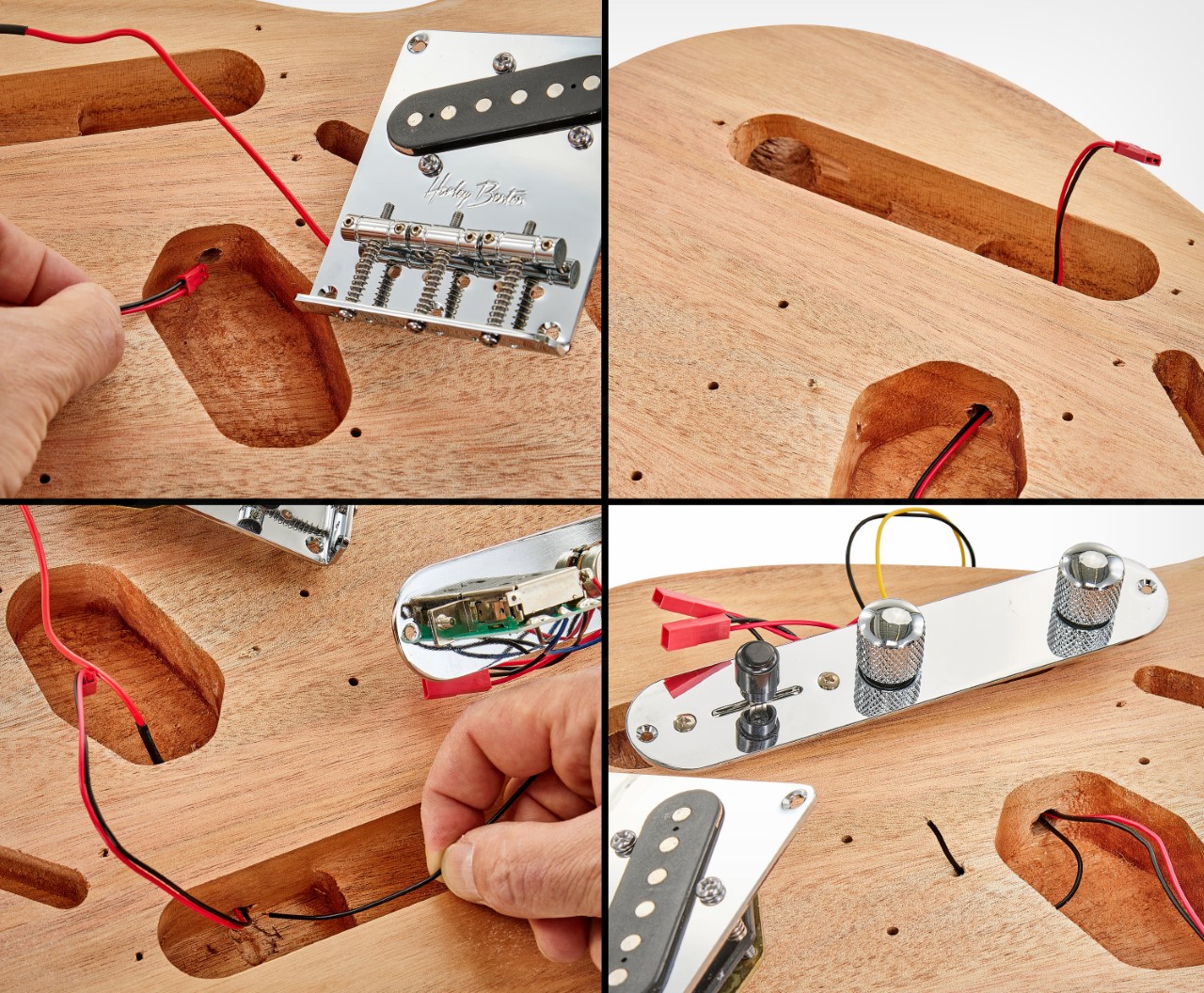
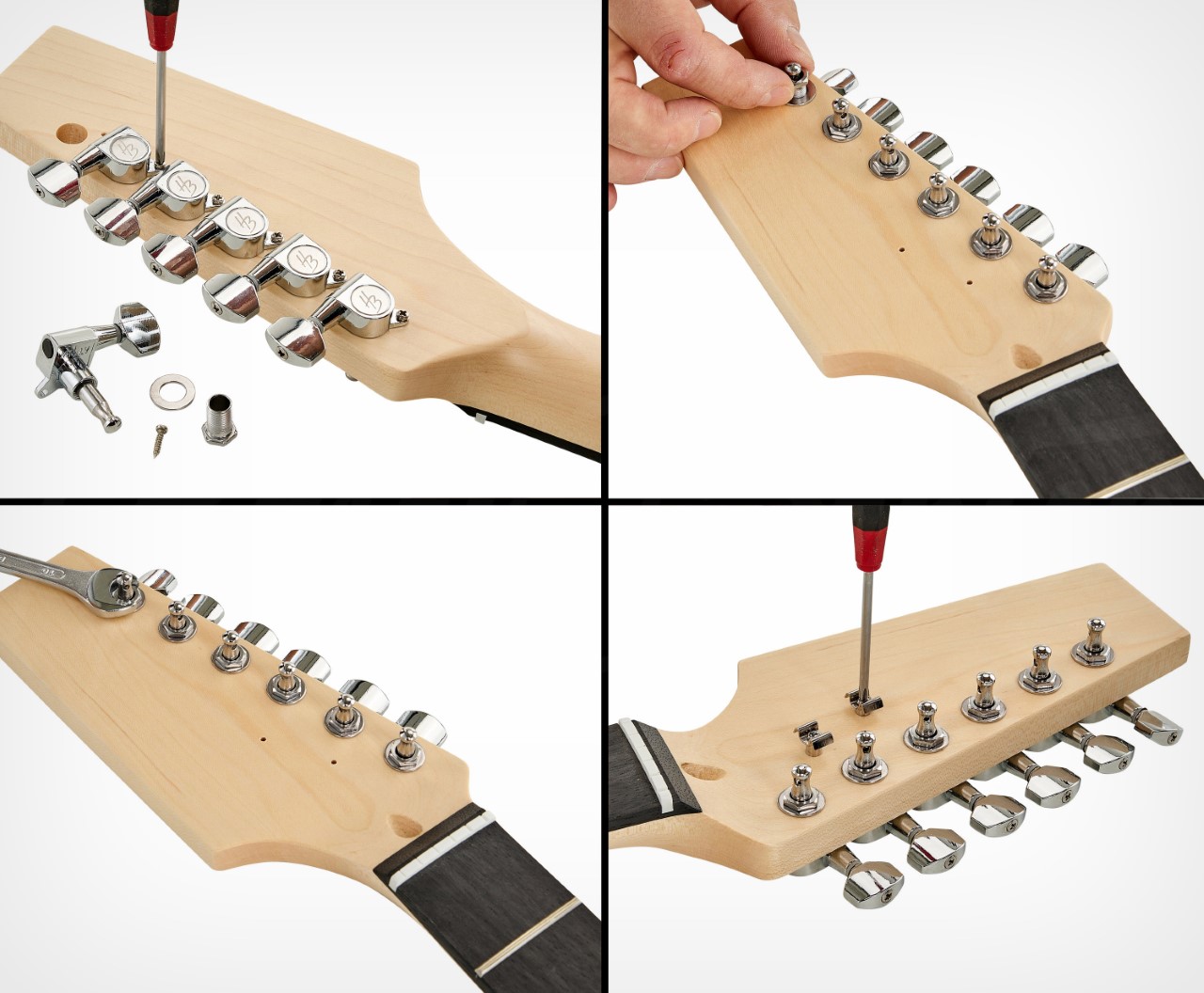
While the kits provide a solid foundation, it is the individual touch and craftsmanship that will make each guitar truly one-of-a-kind. Whether it’s the choice of color, the style of finish, or the selection of pickups, the creative journey of building a DIY guitar allows players to develop a deeper connection with their instrument. Each scratch, mark, and detail tells a story, making the guitar a unique reflection of the musician behind it.
Harley Benton’s DIY guitar kits are more than just a collection of components; they are a gateway to a world of musical creativity and self-expression. By providing musicians with the tools and guidance to build their own instruments, Harley Benton encourages a hands-on approach to music that goes beyond playing notes on a fretboard. These kits represent a bridge between the technical and artistic aspects of music, allowing musicians to shape not only their sound but also the physical embodiment of their musical journey.
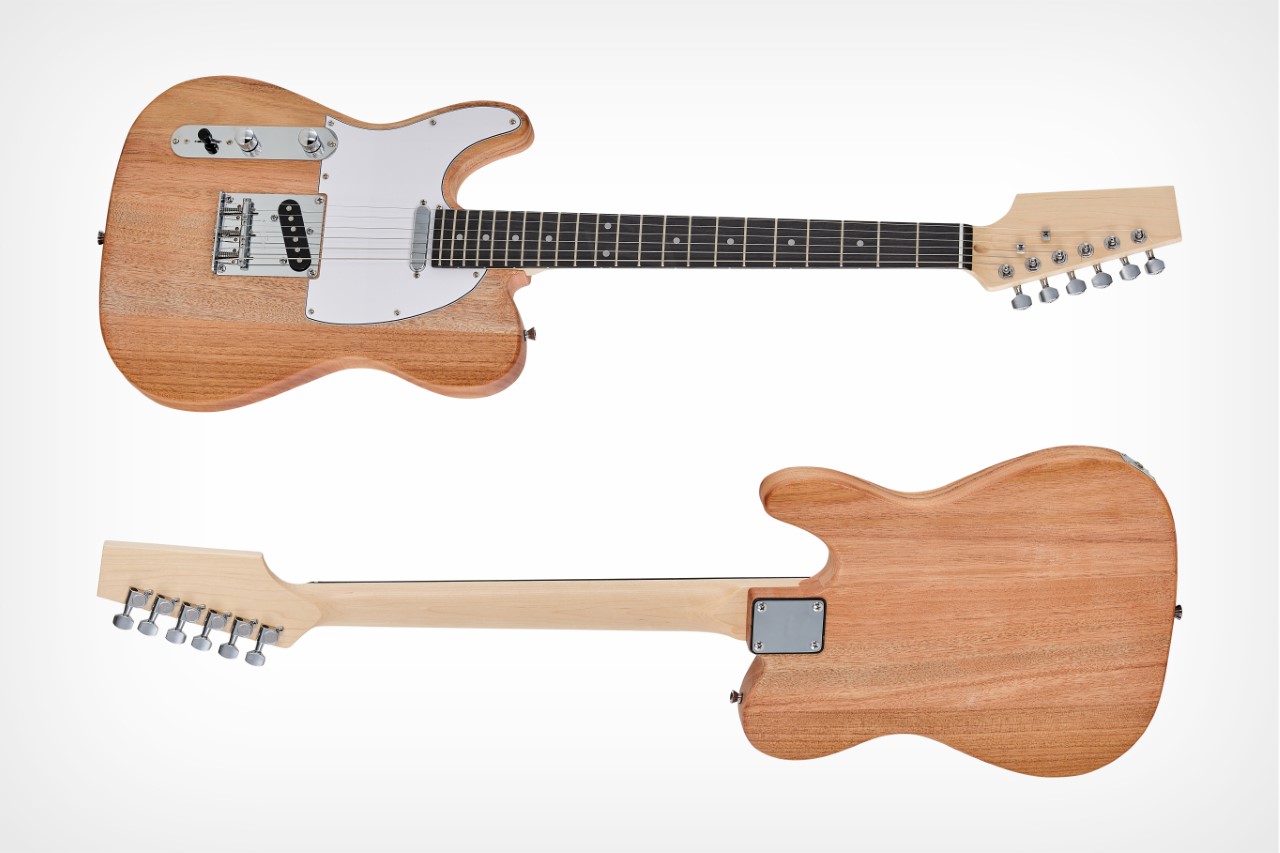
The post Harley Benton Introduces DIY Kits To Personalize Your Guitars first appeared on Yanko Design.
